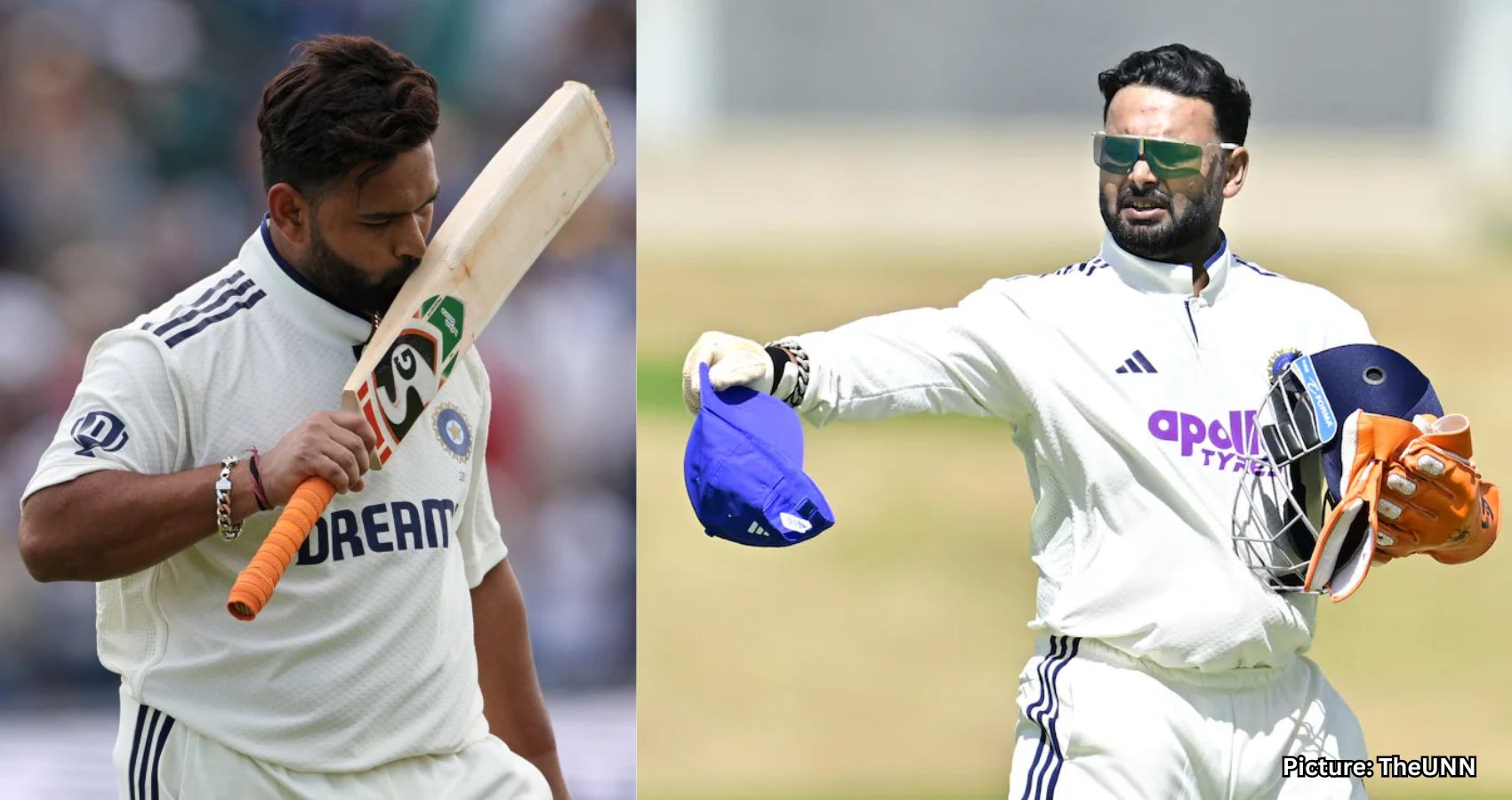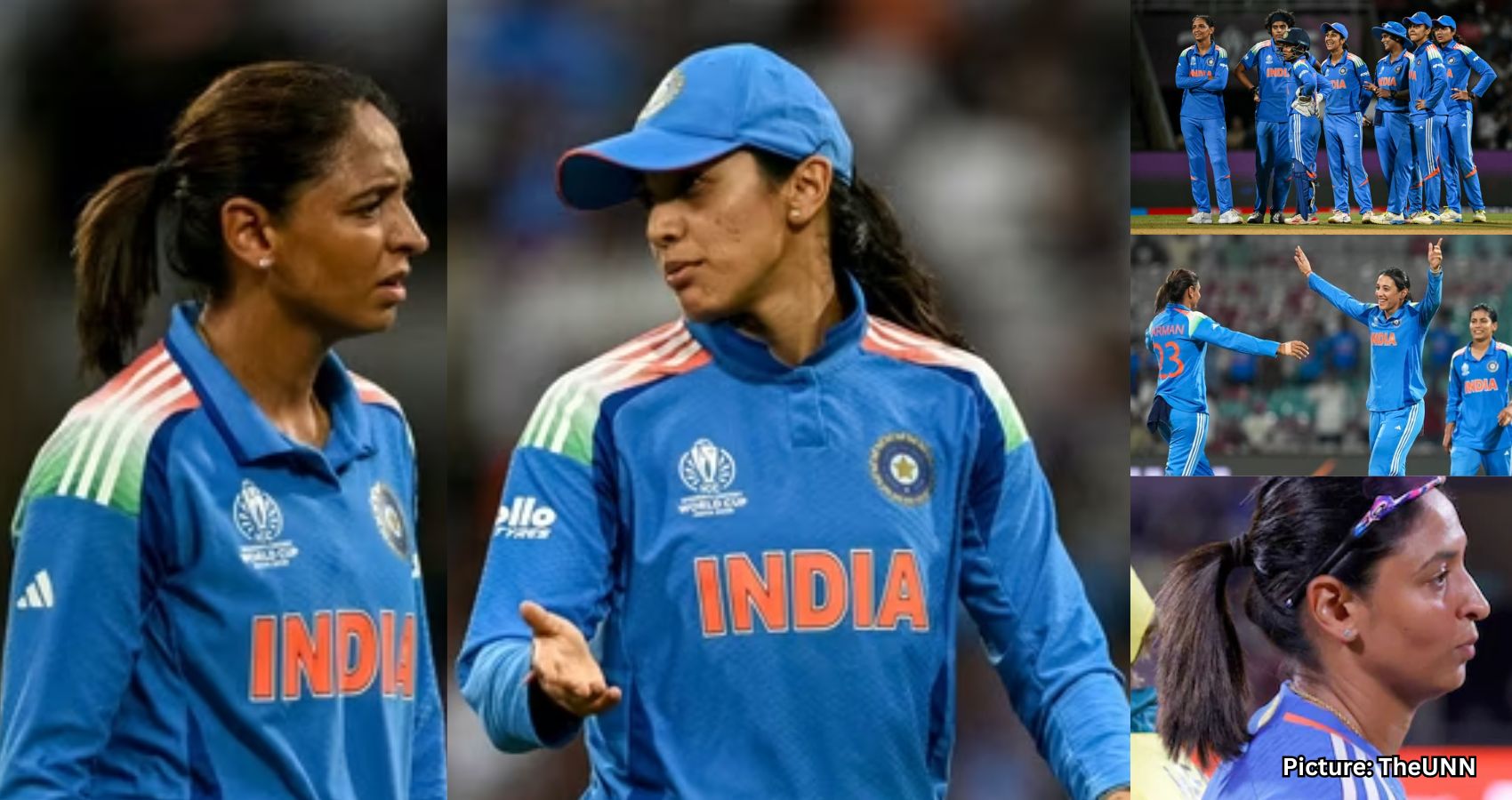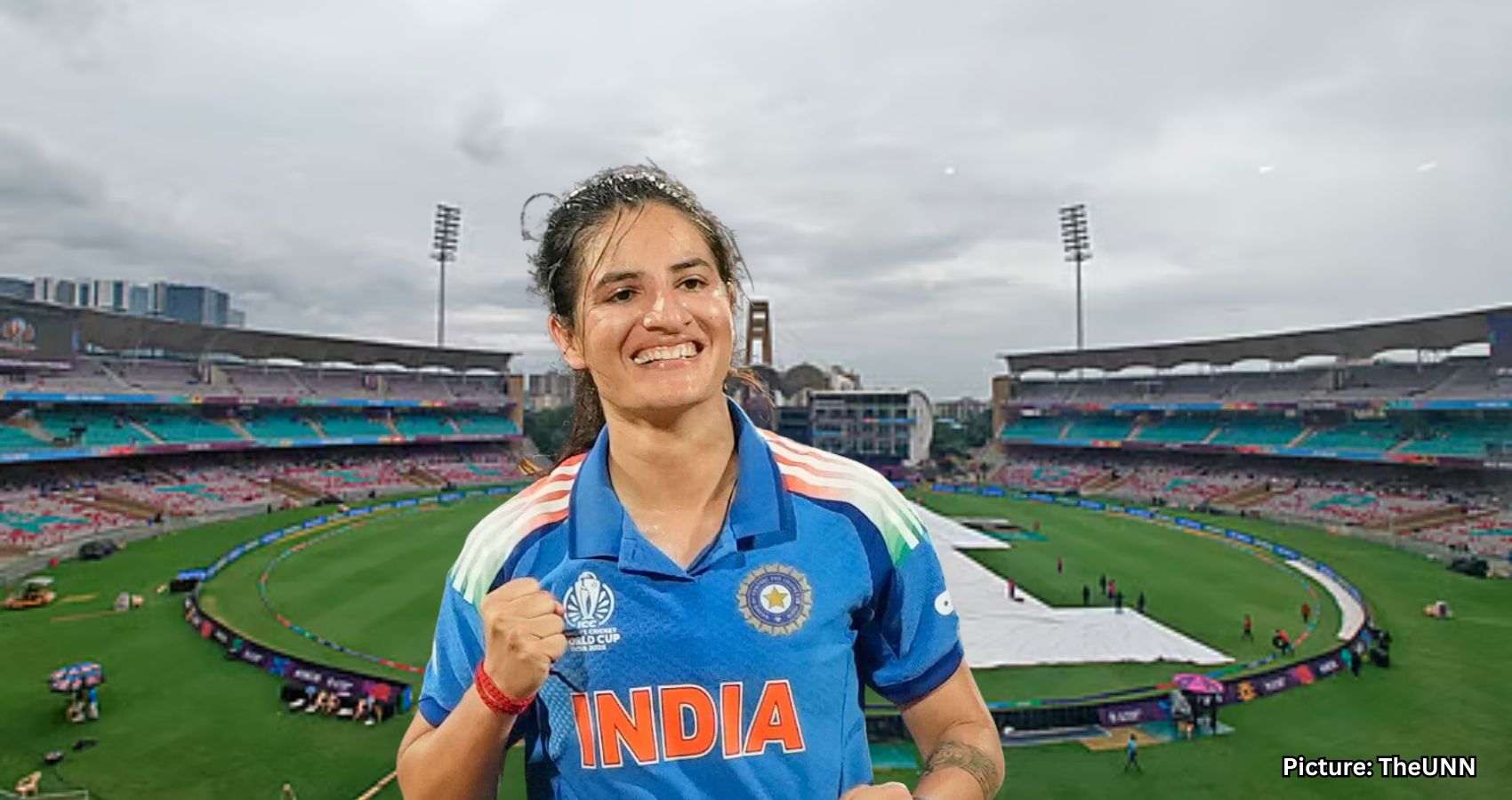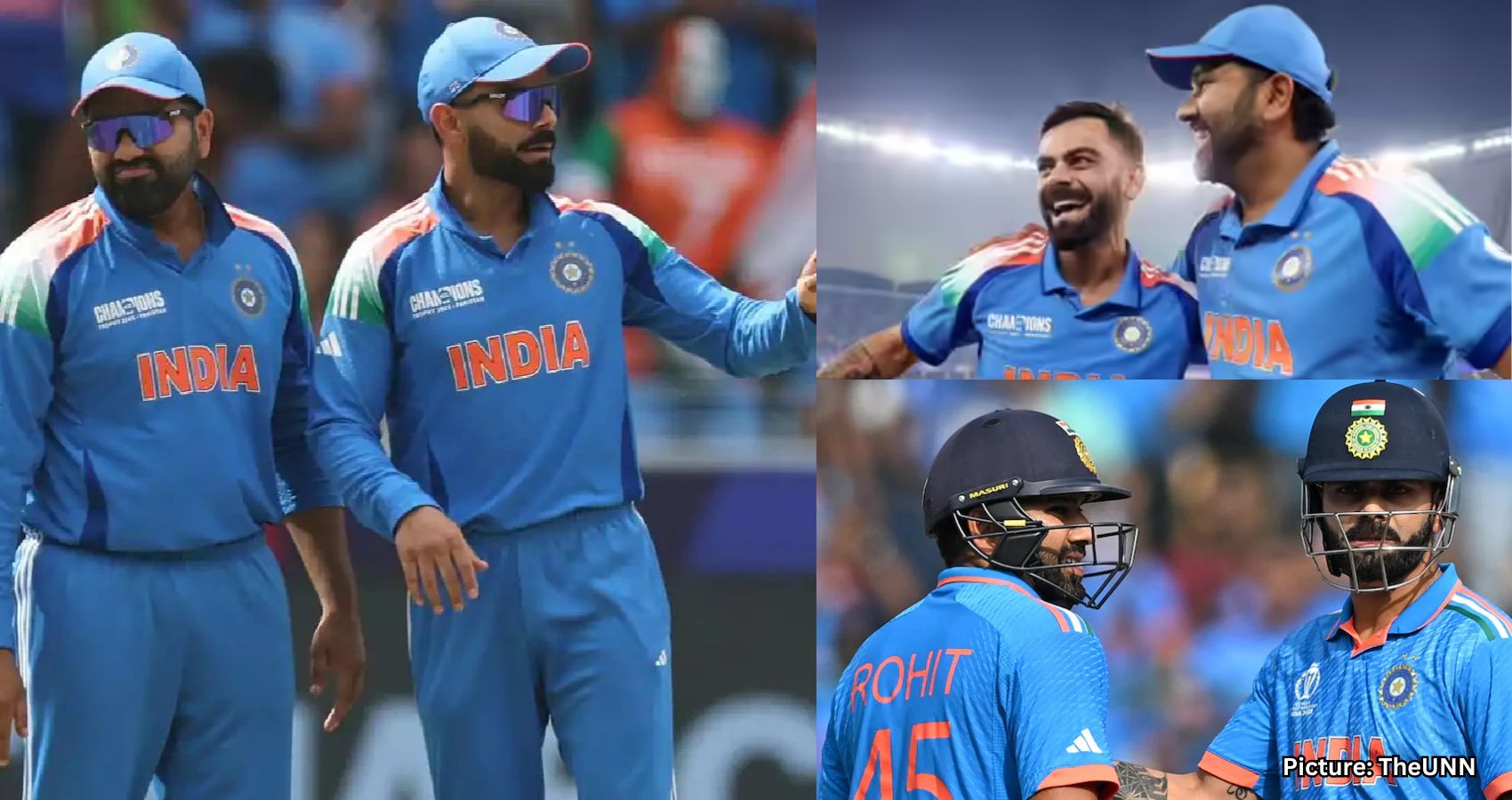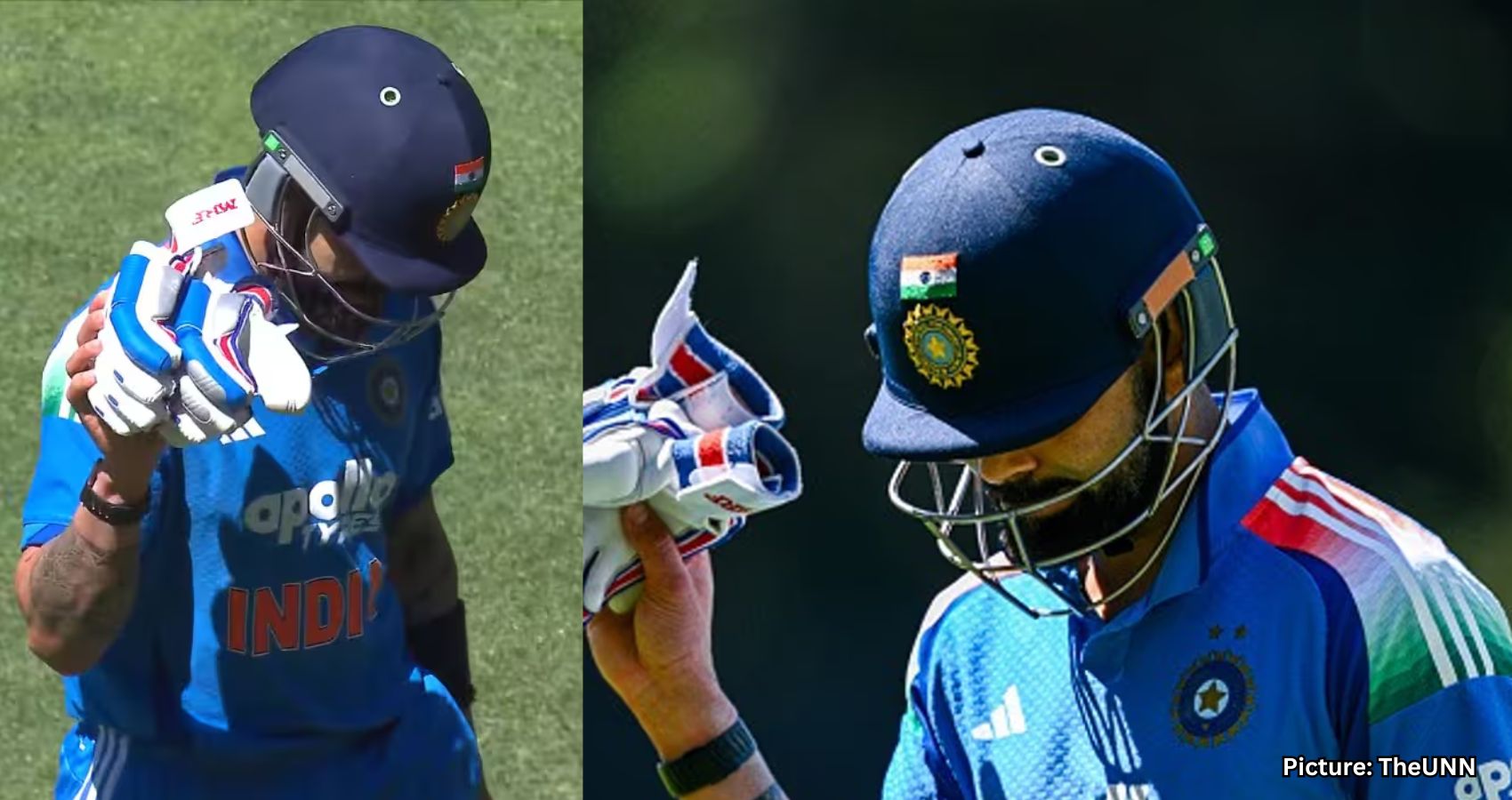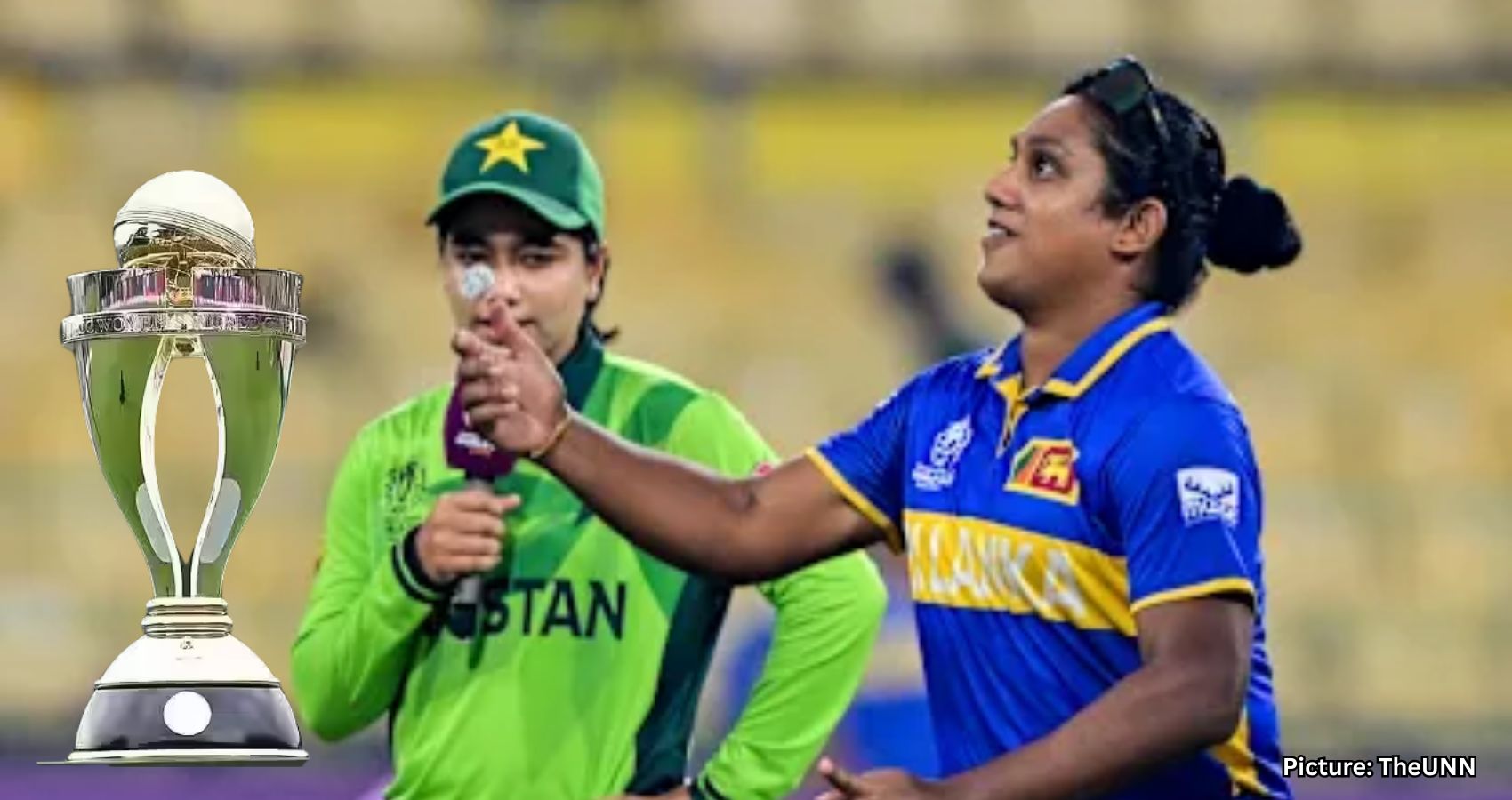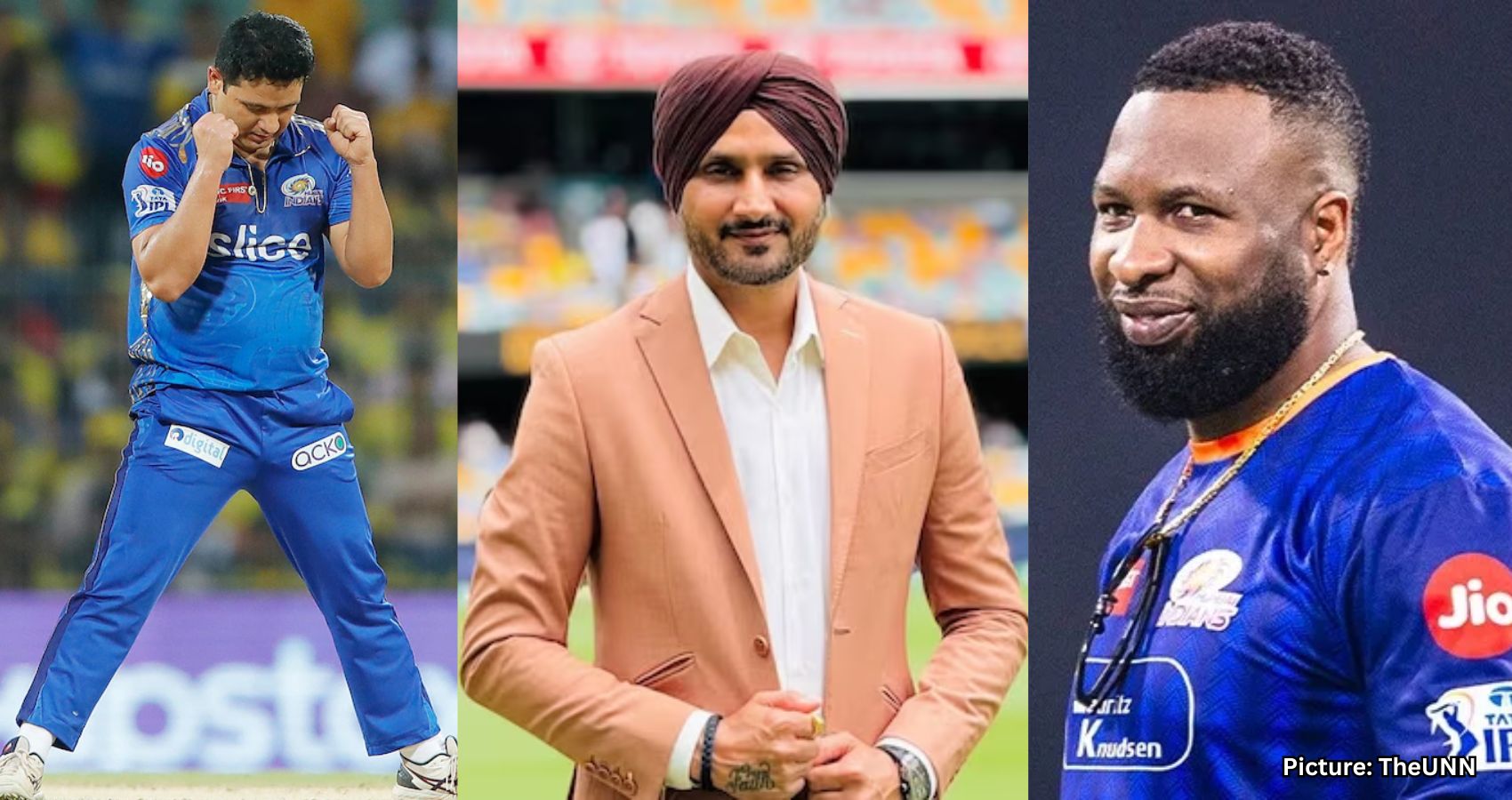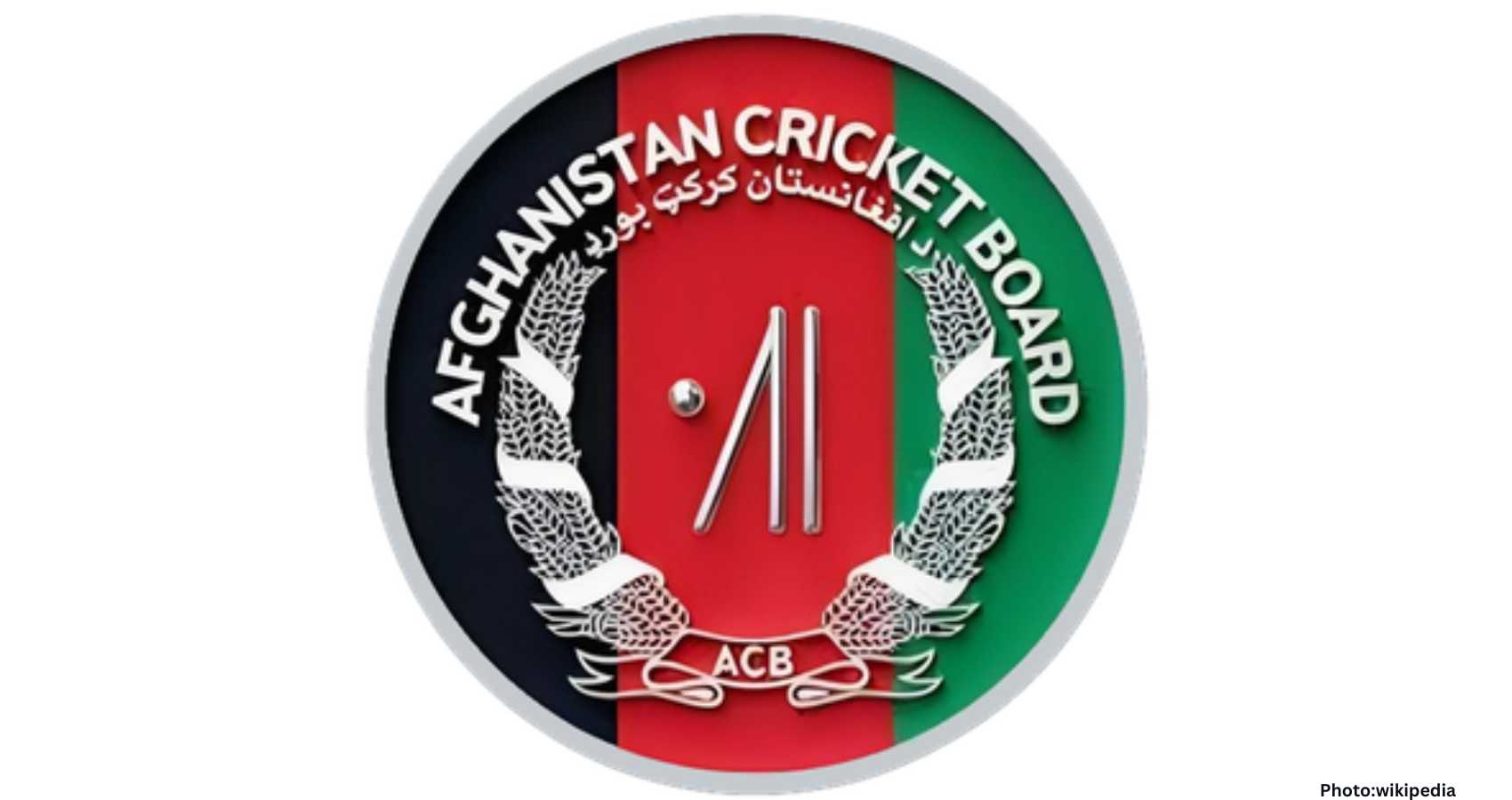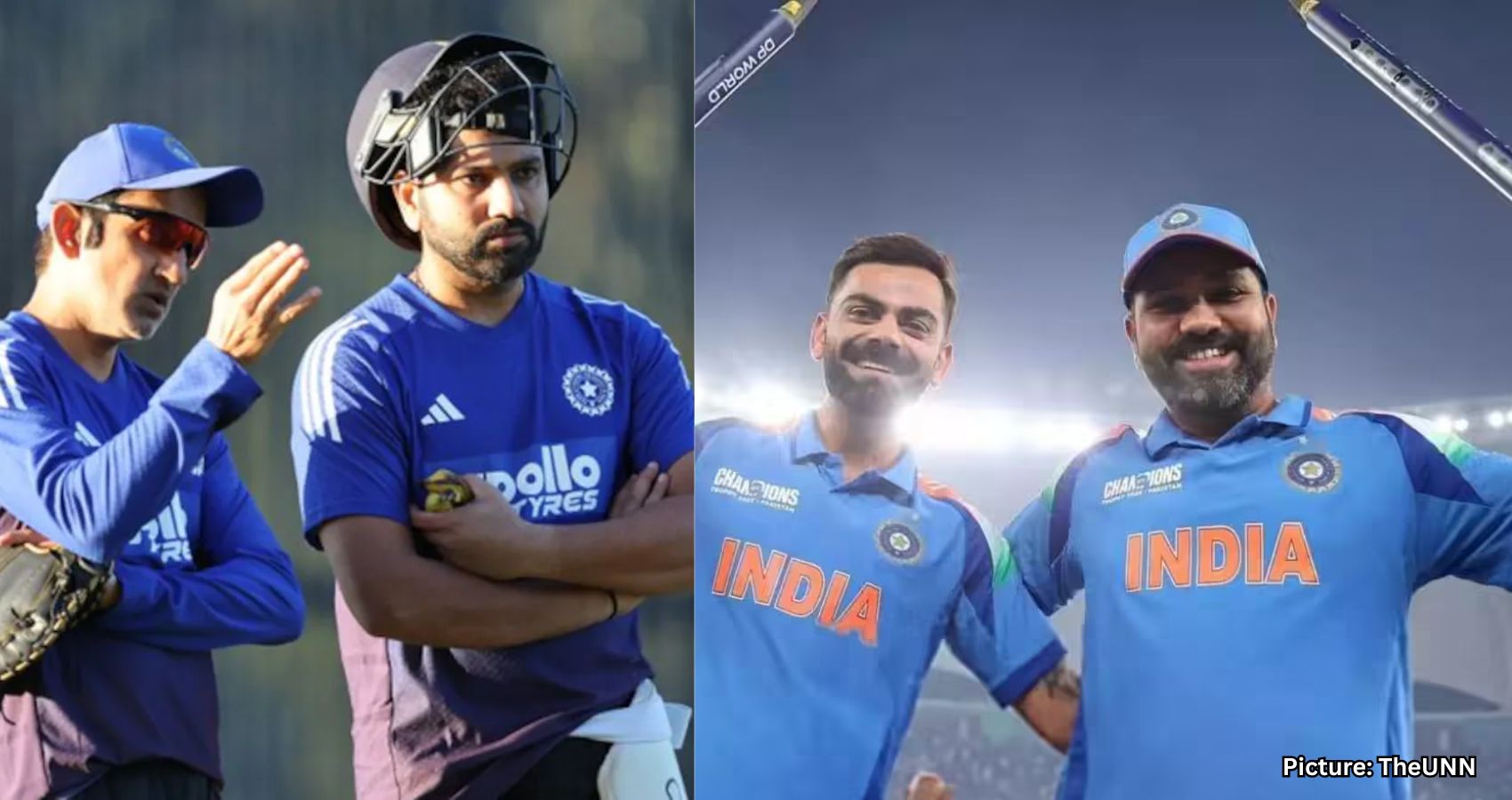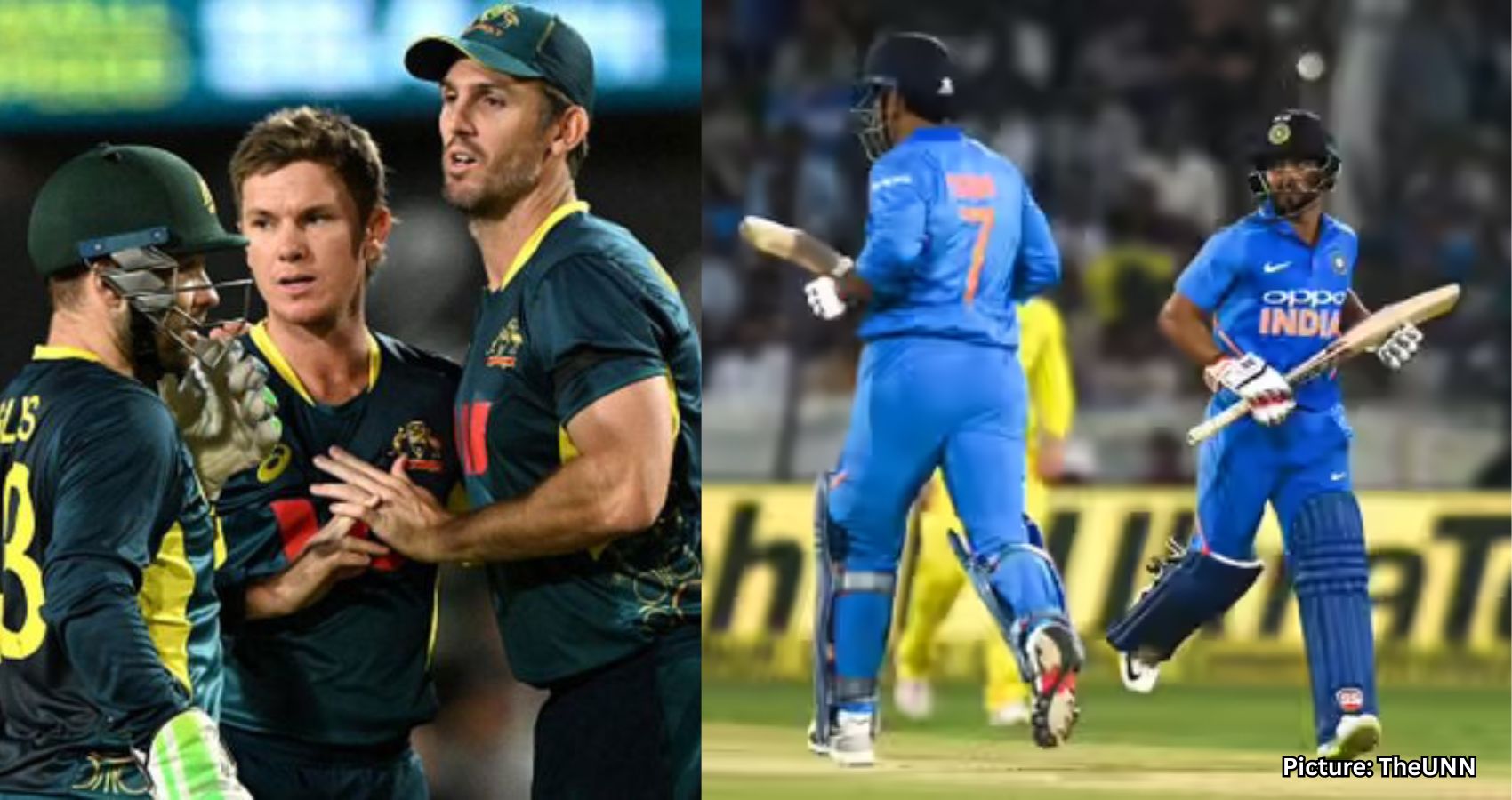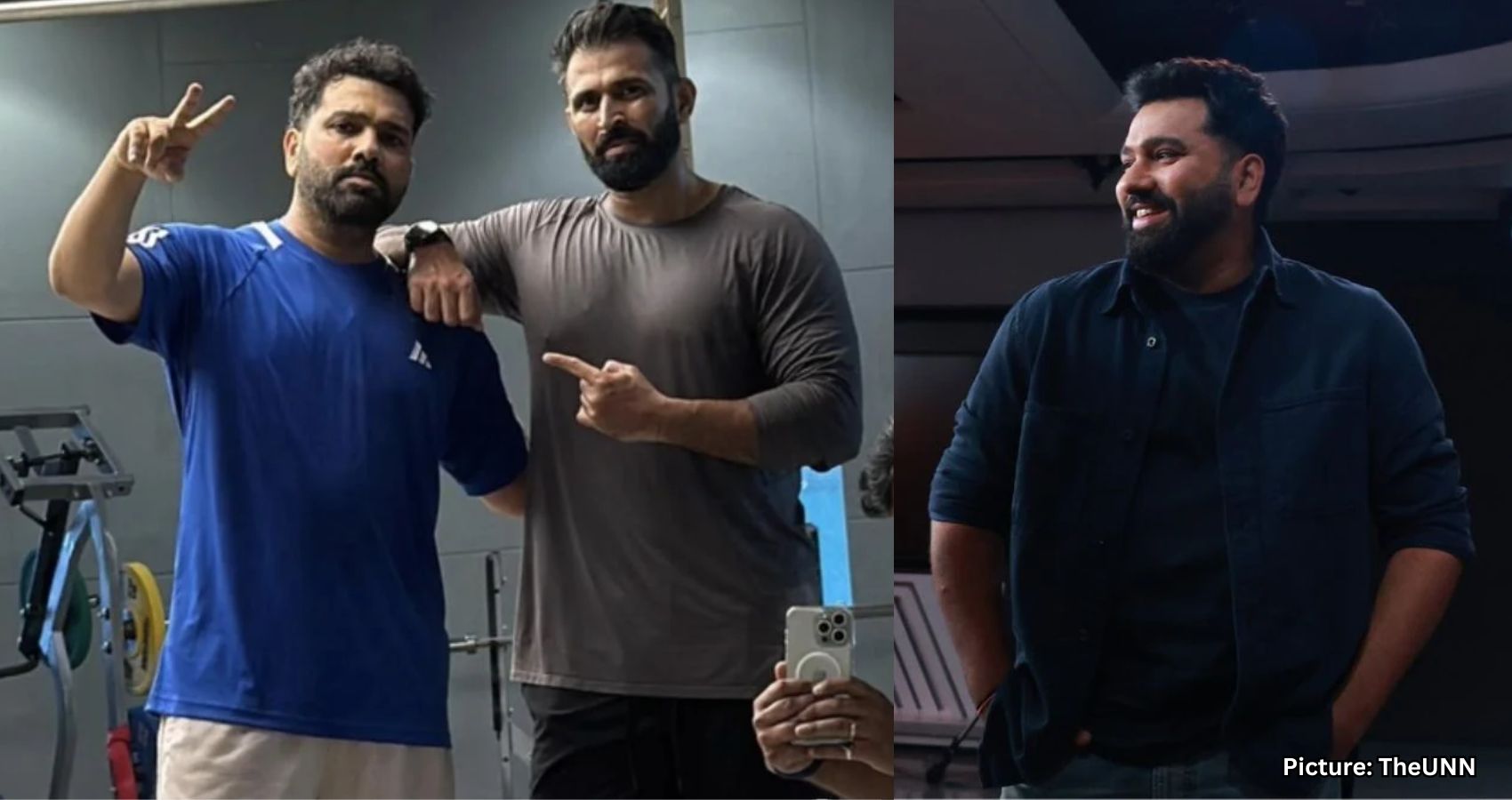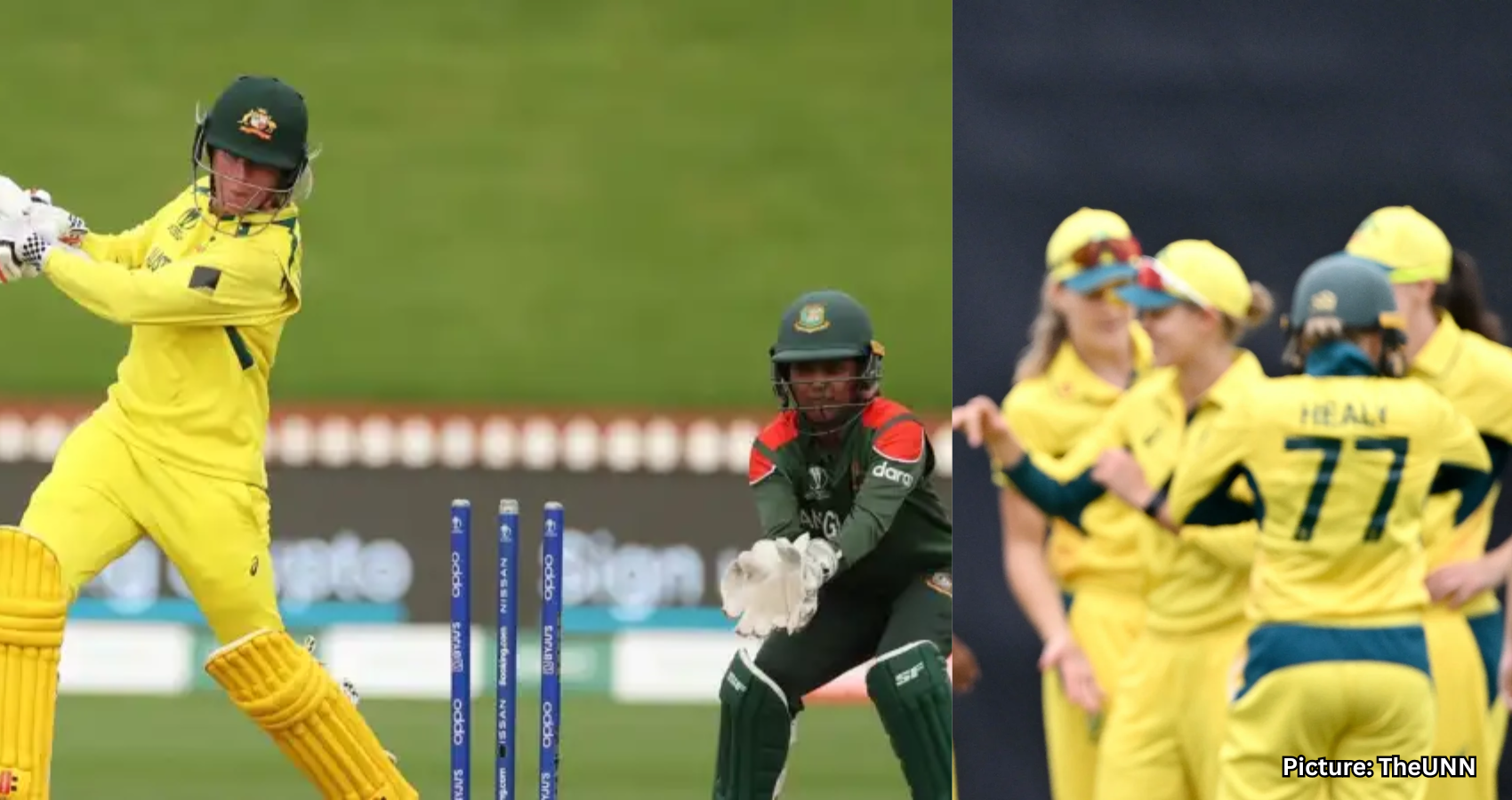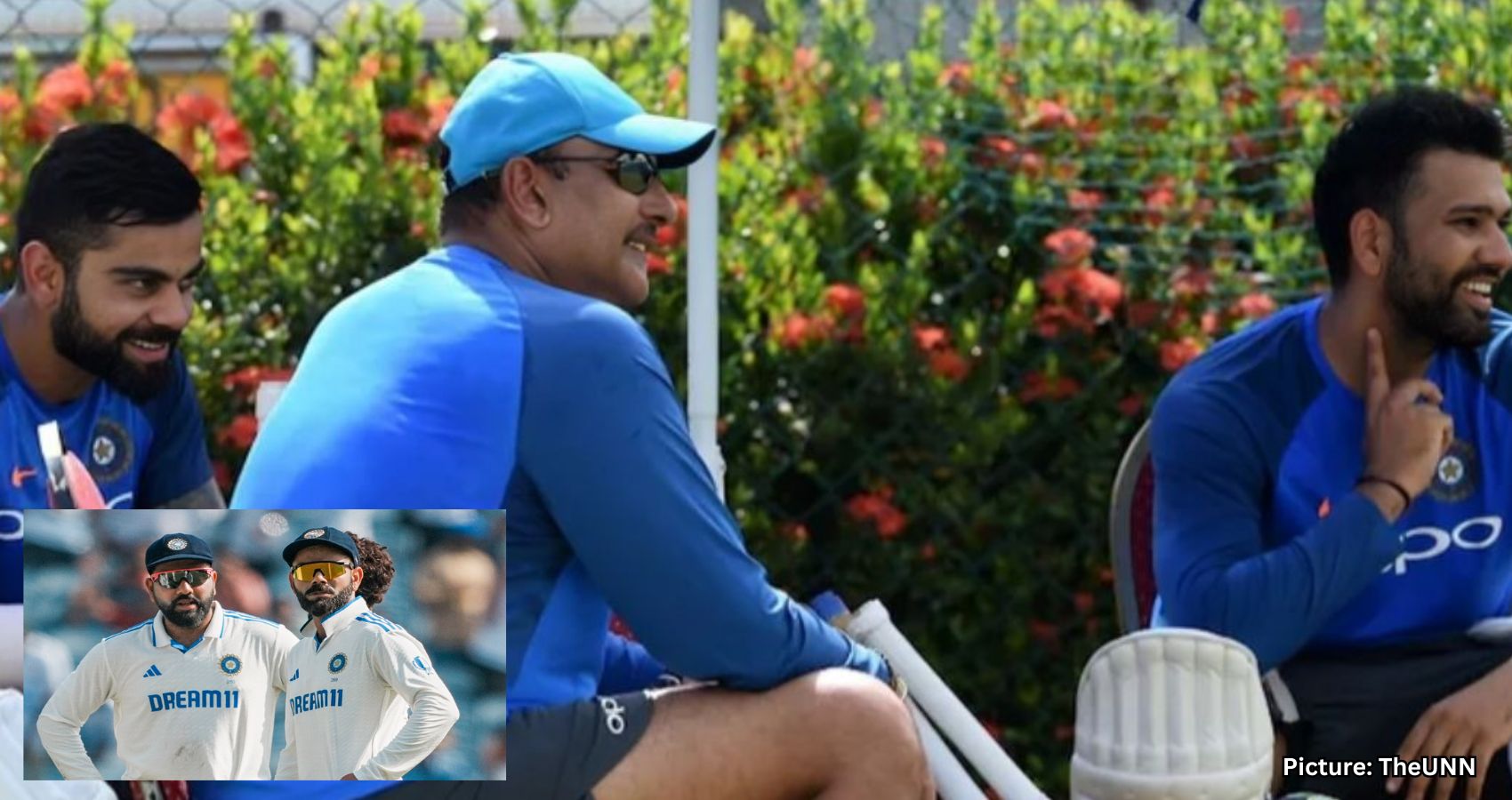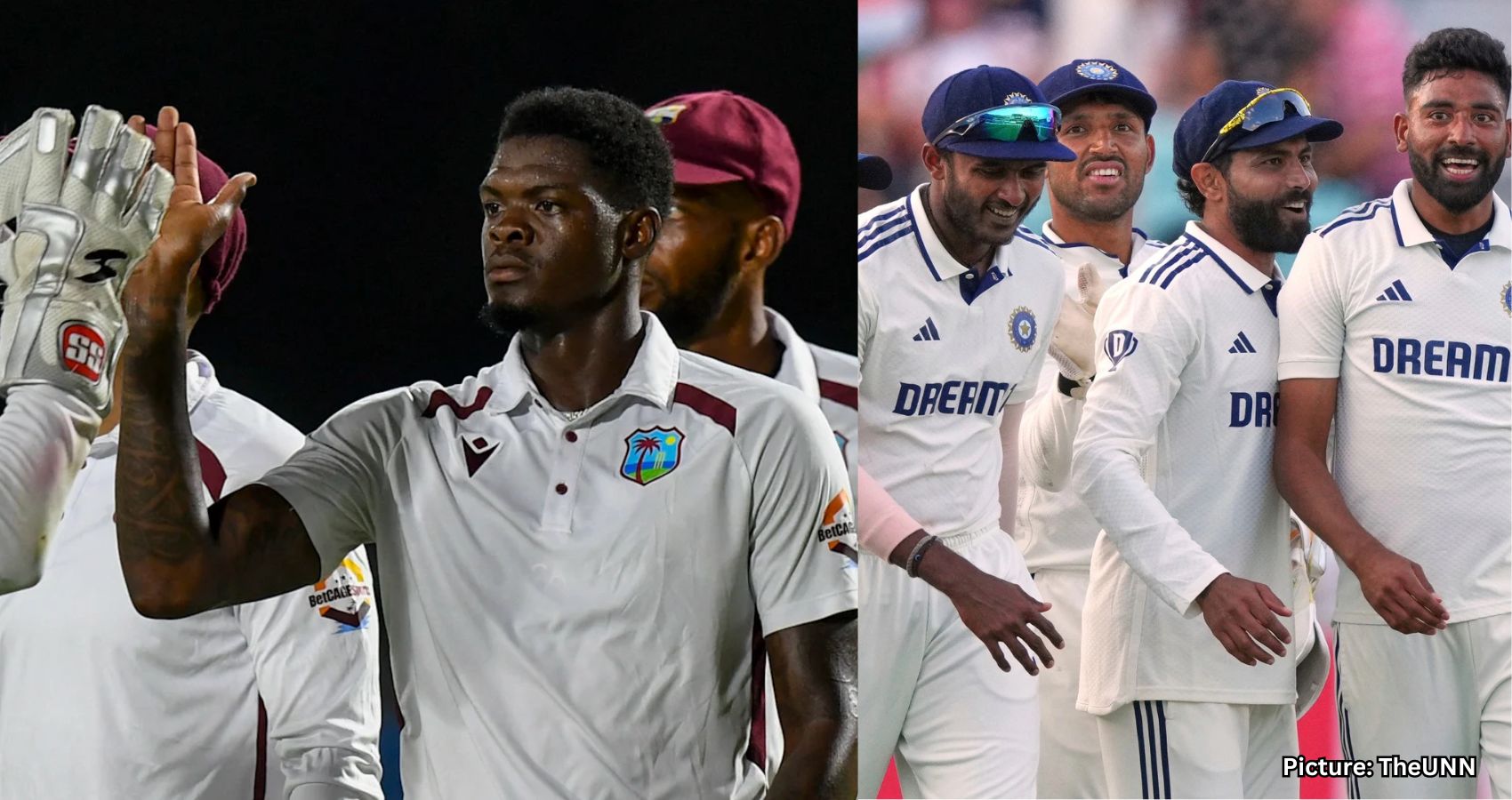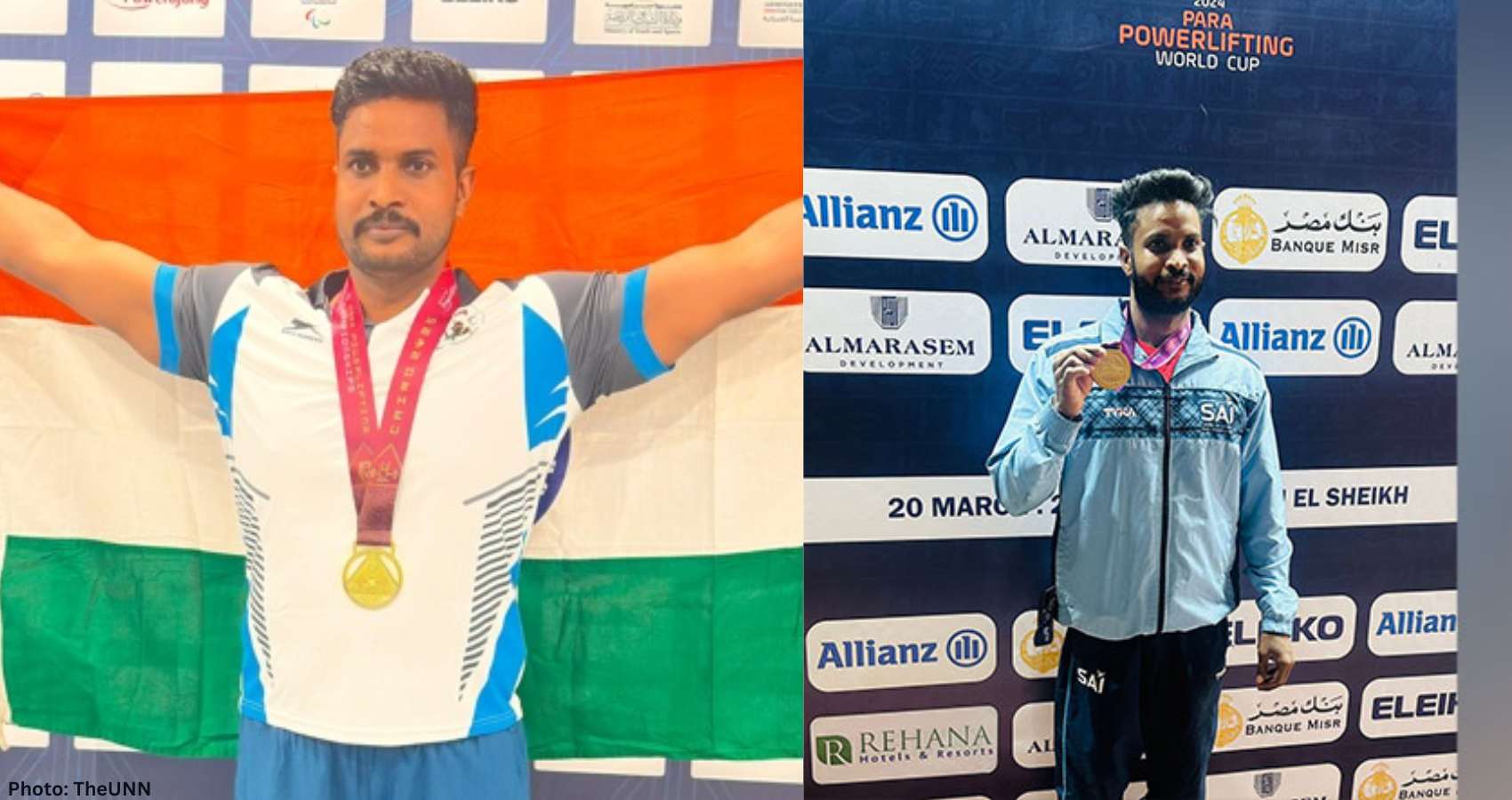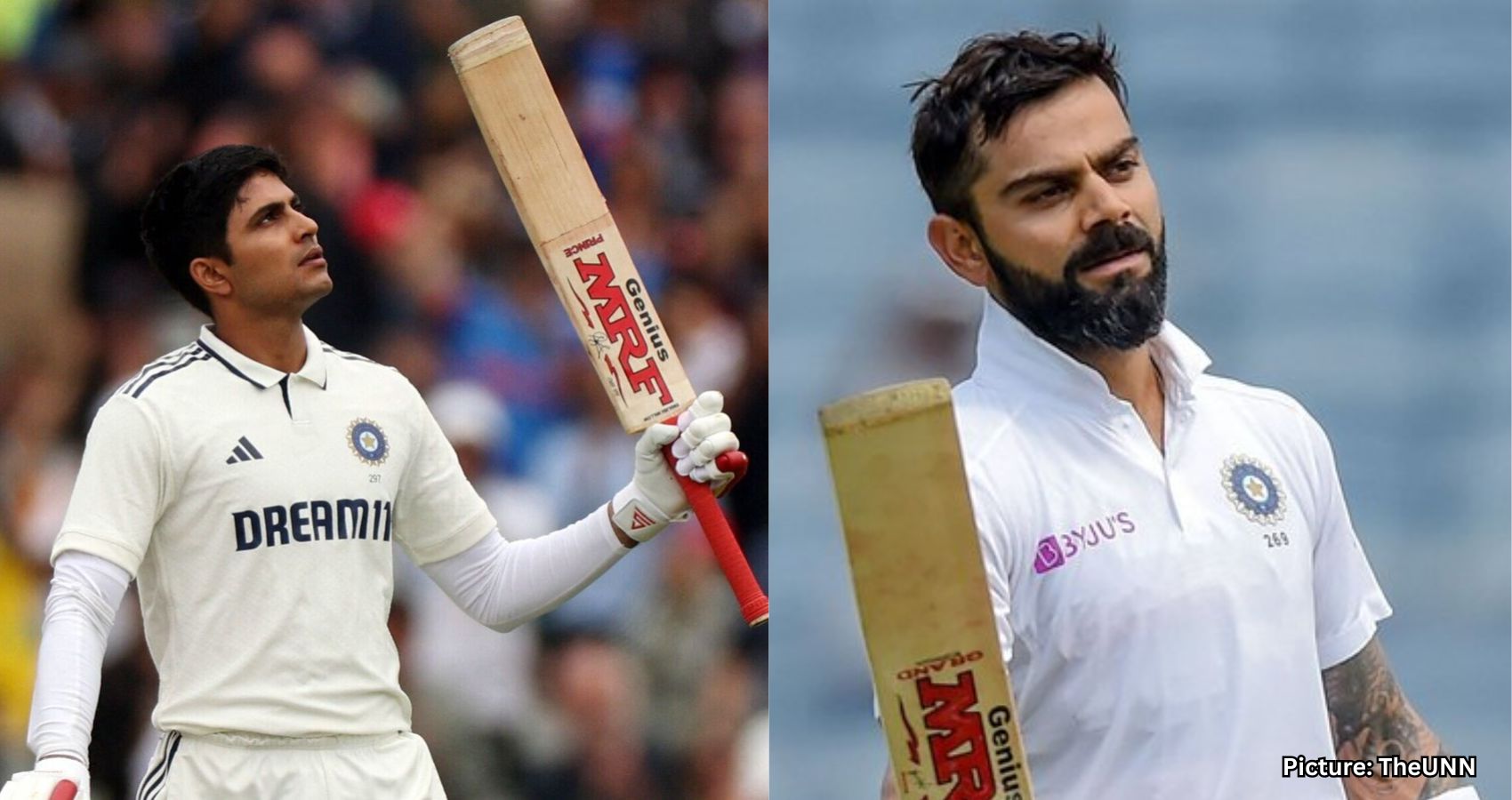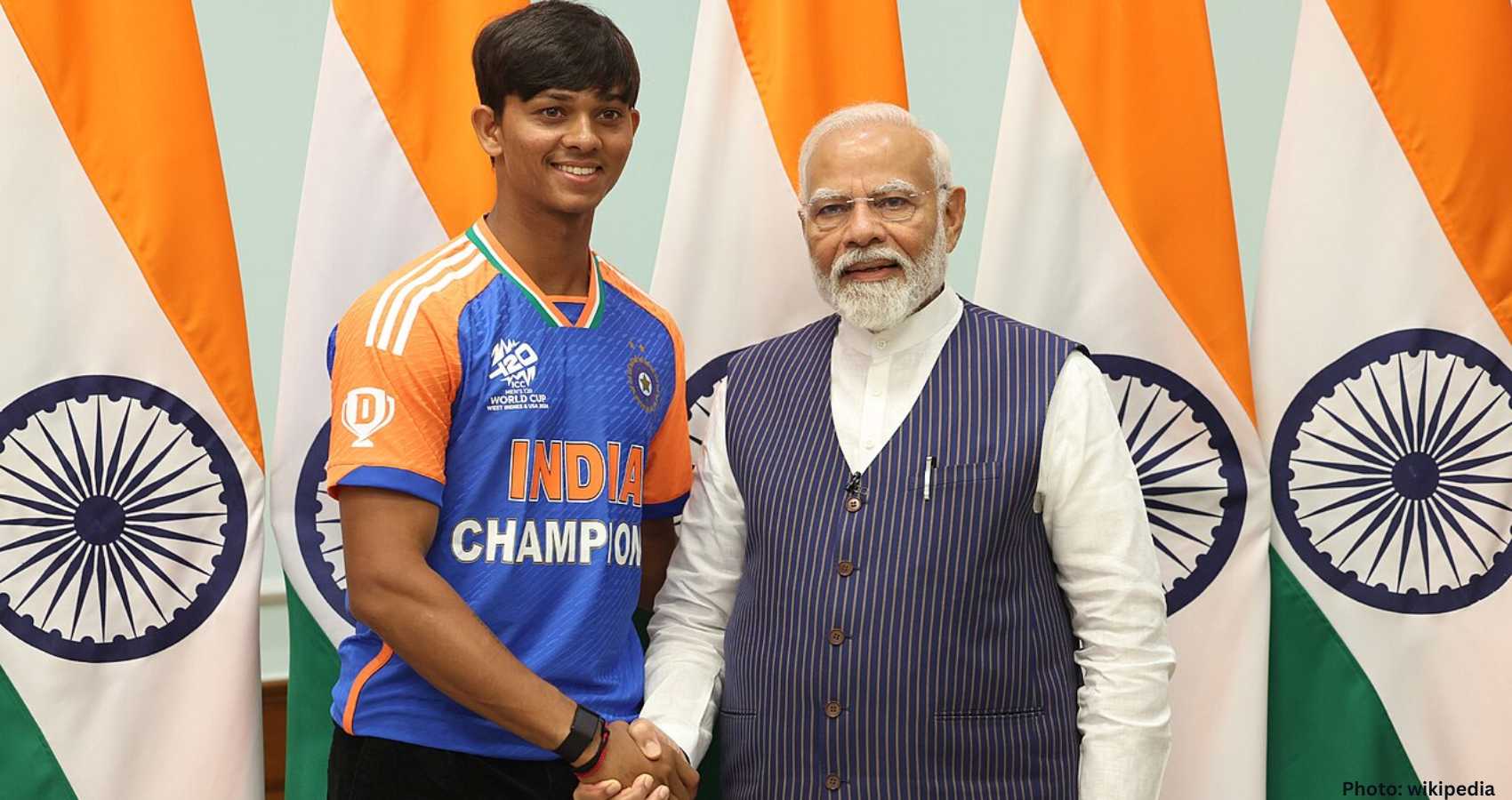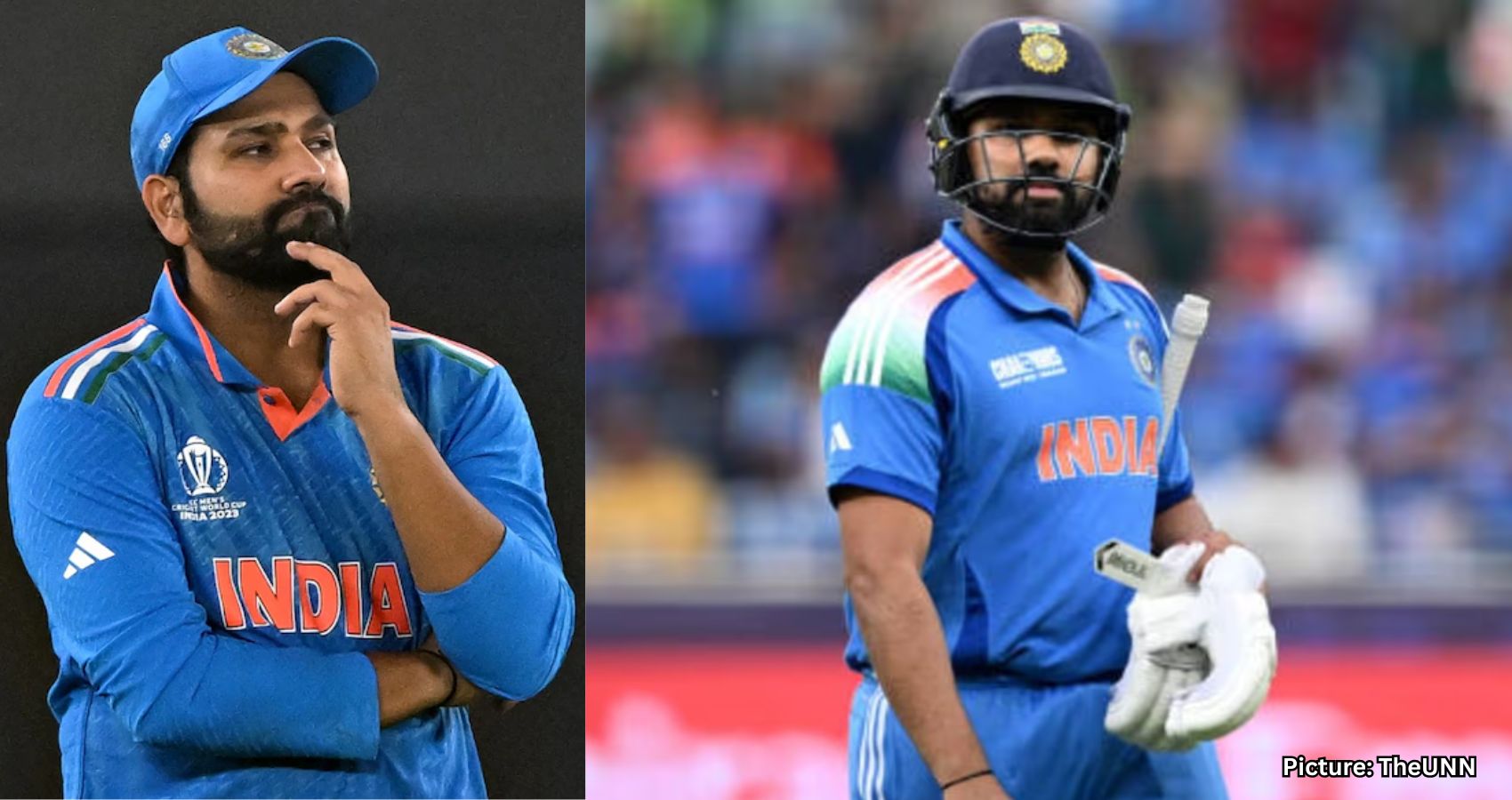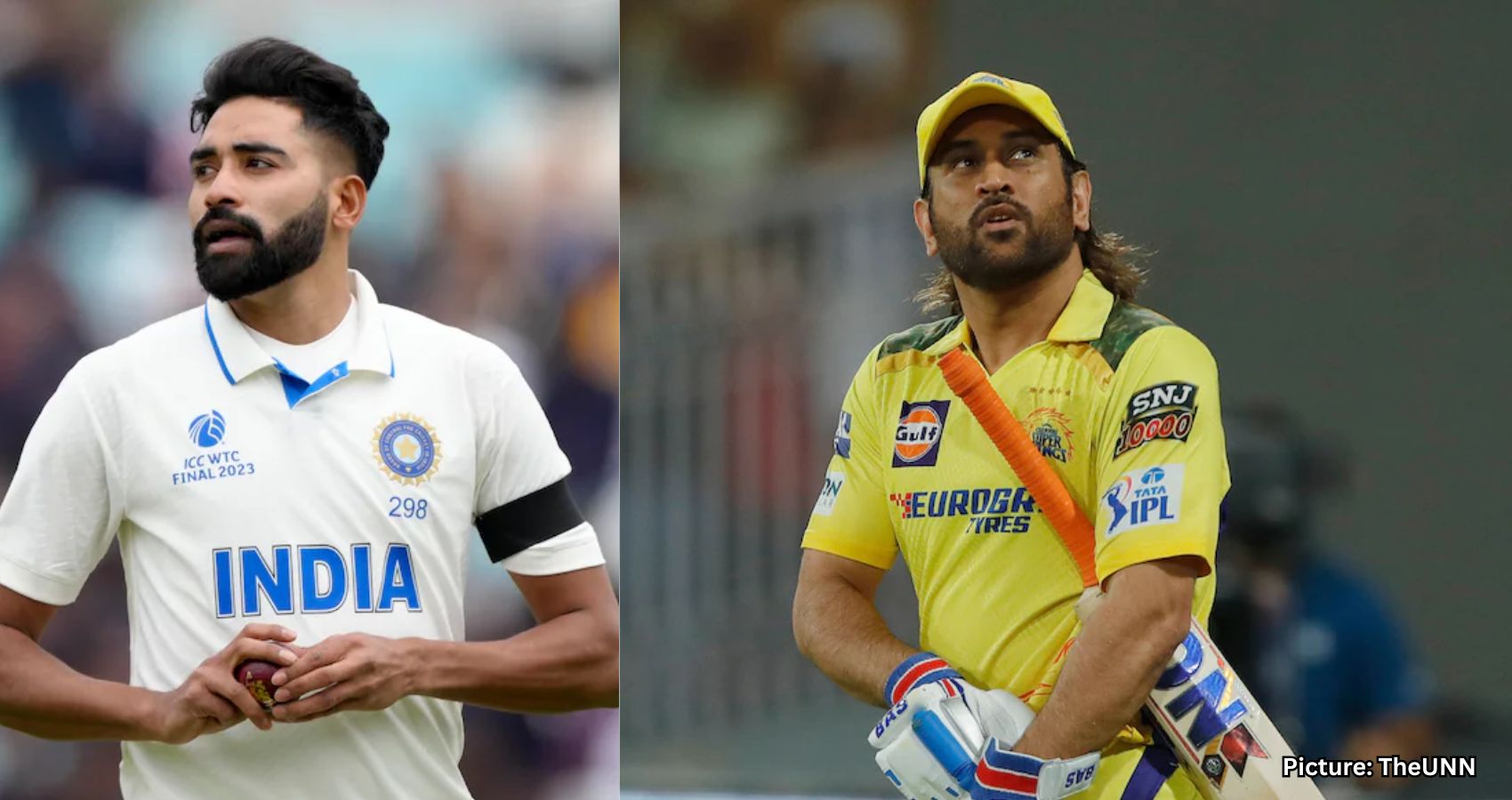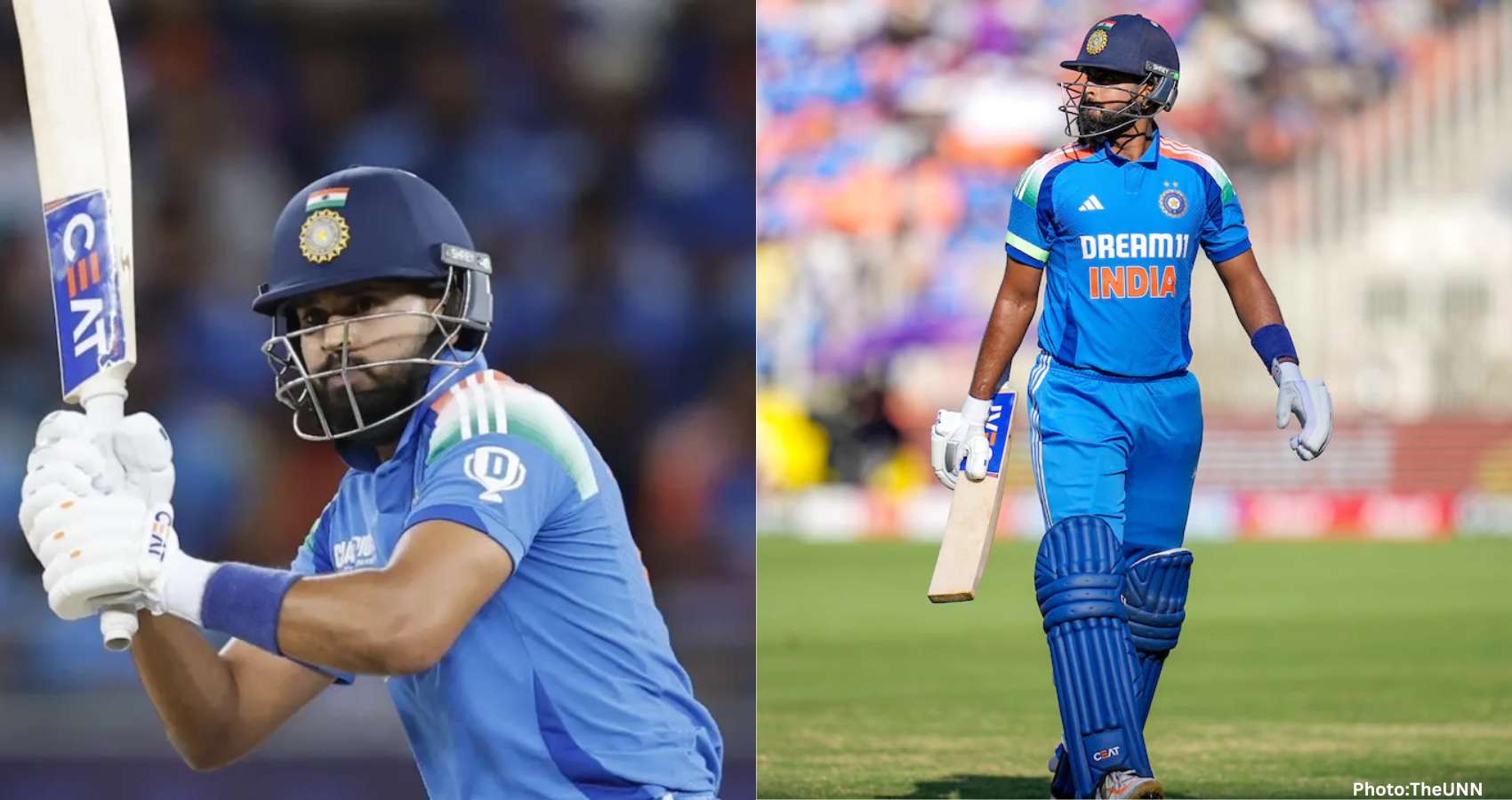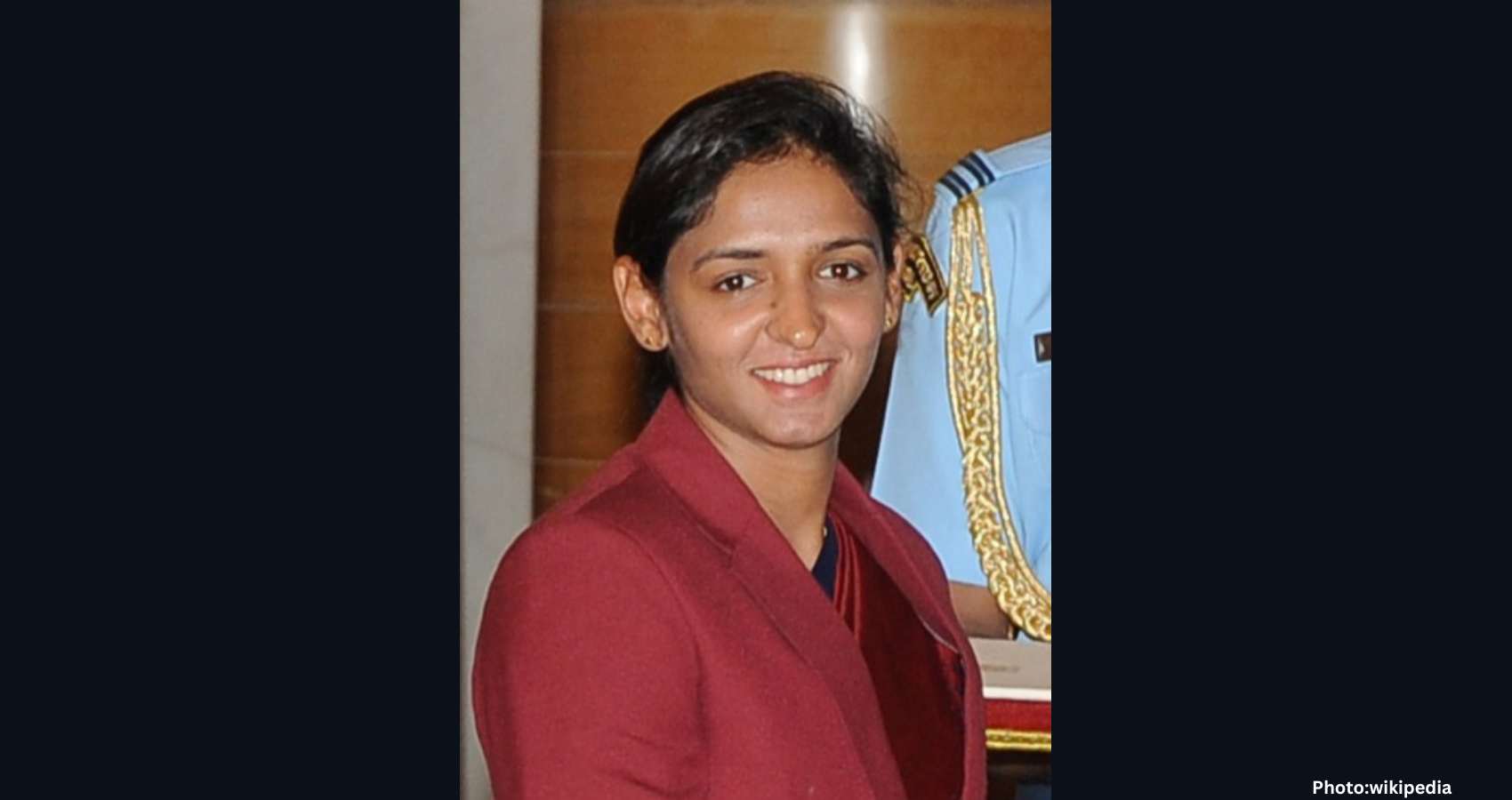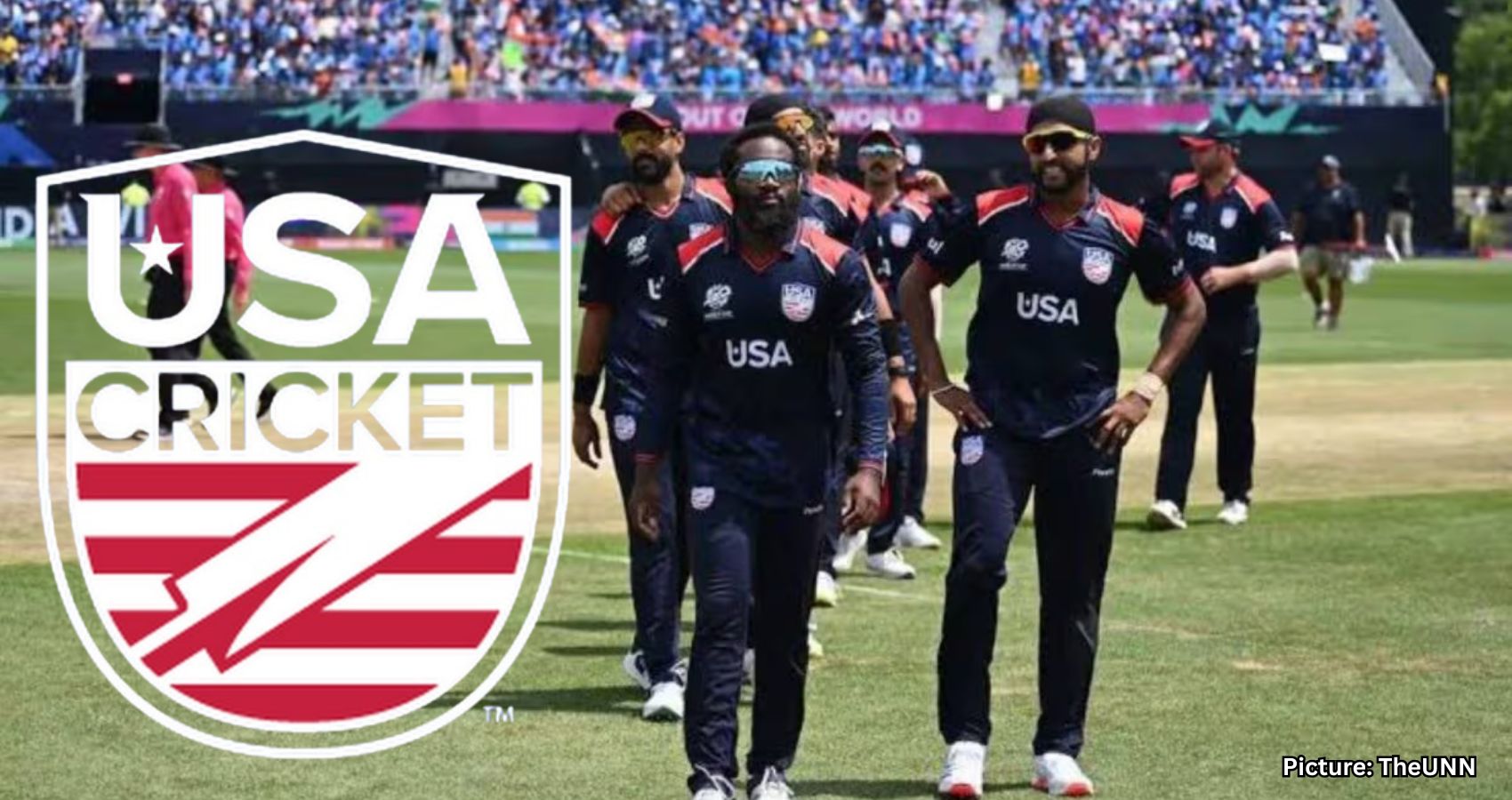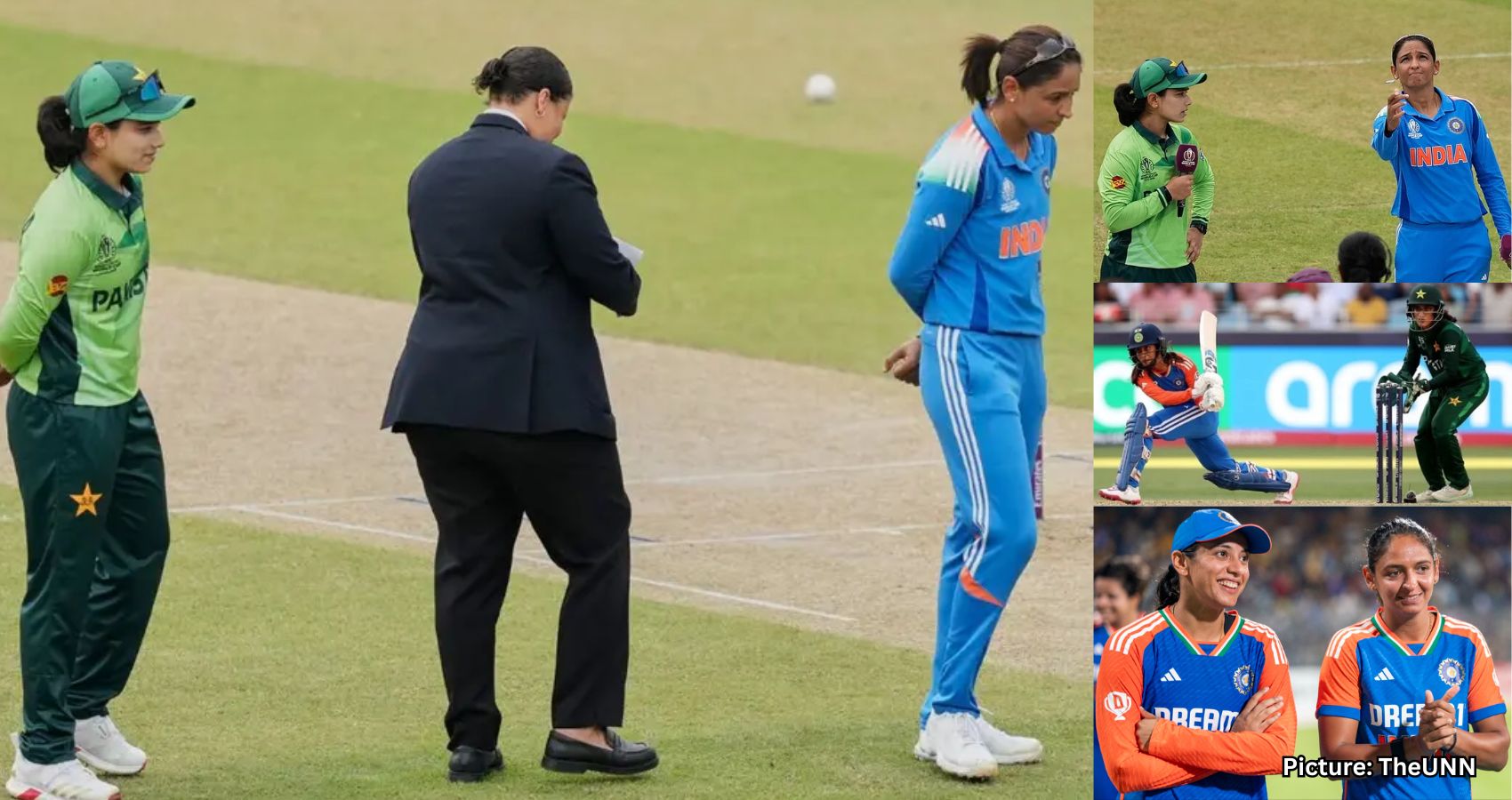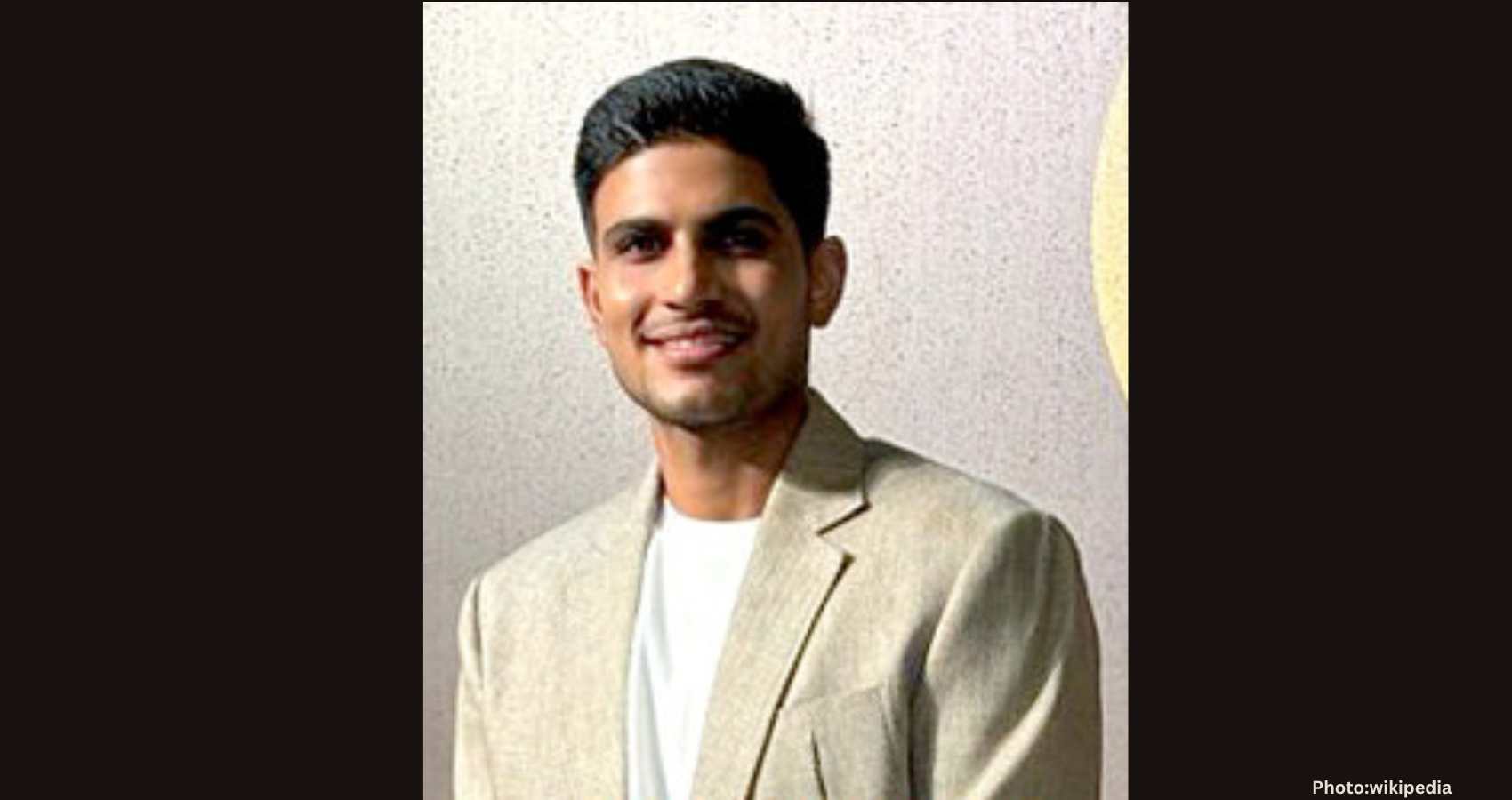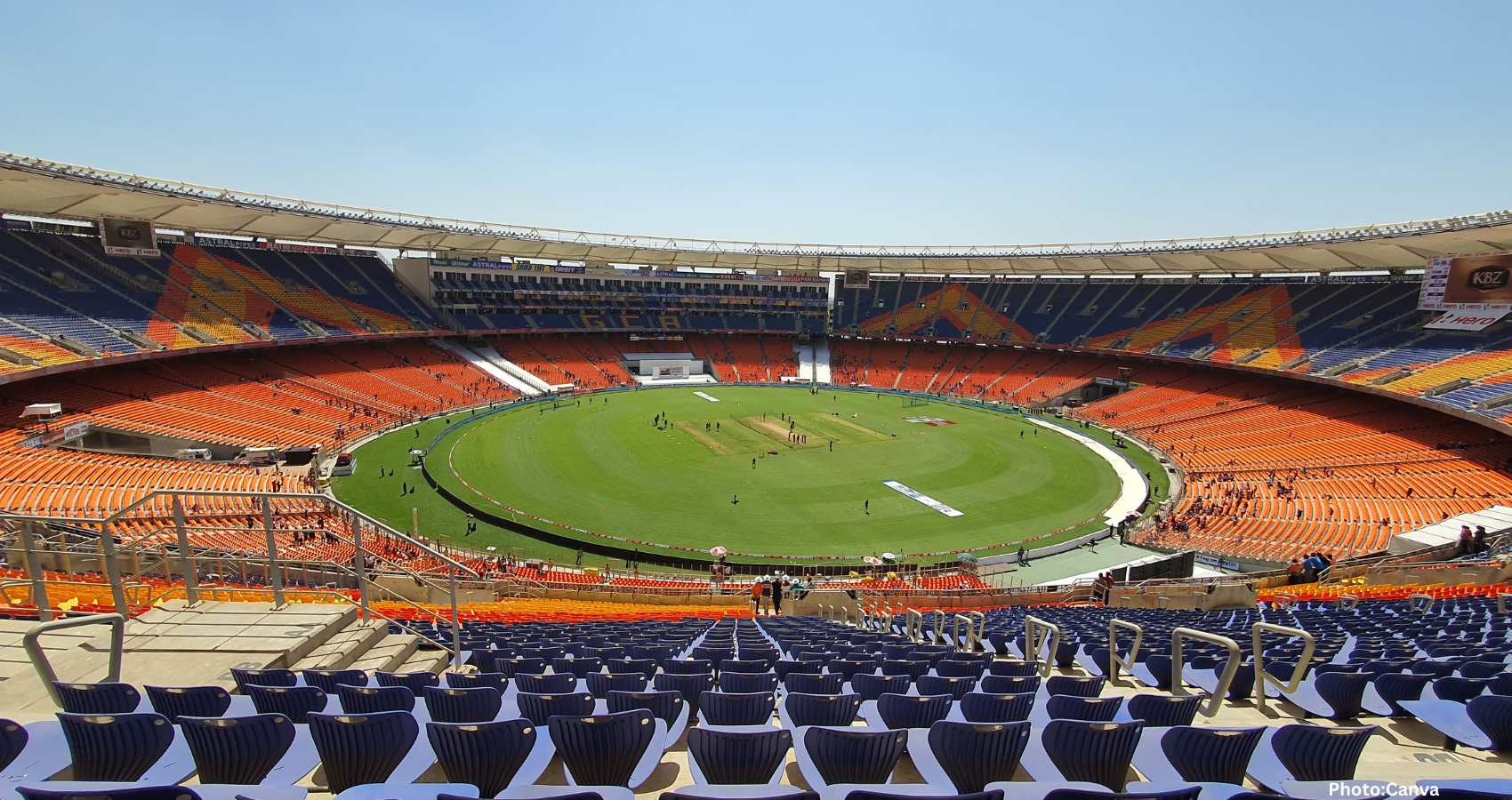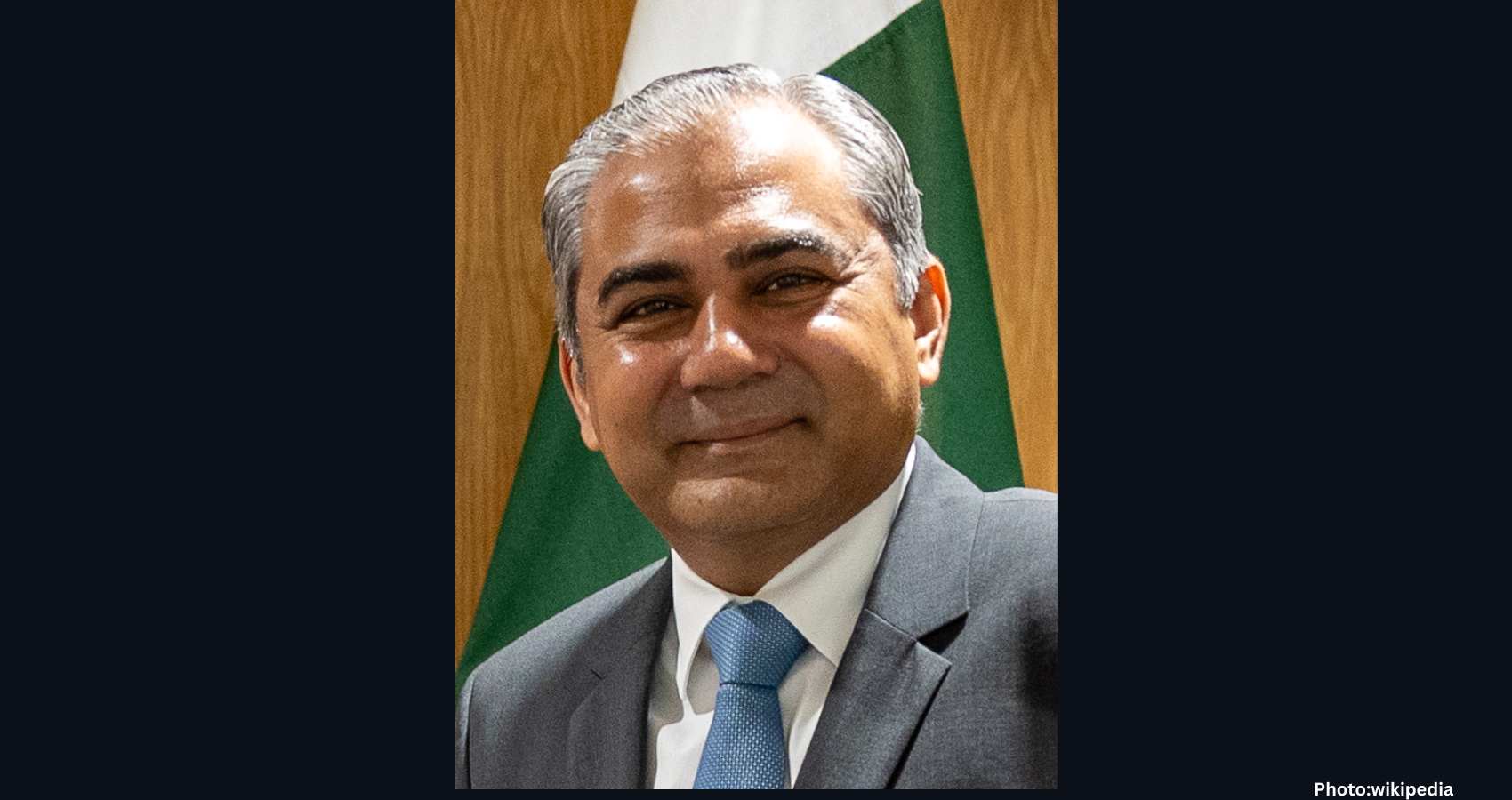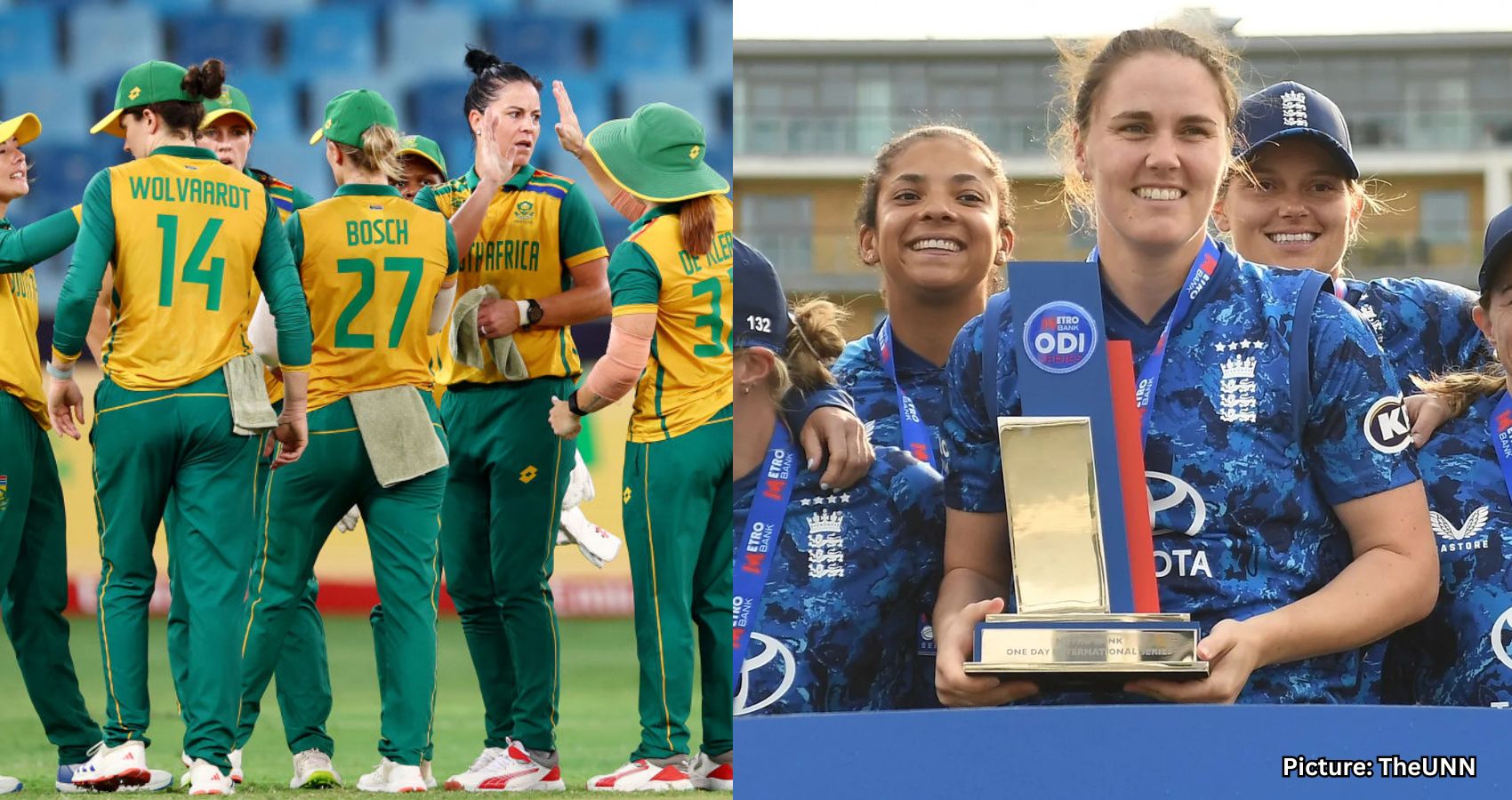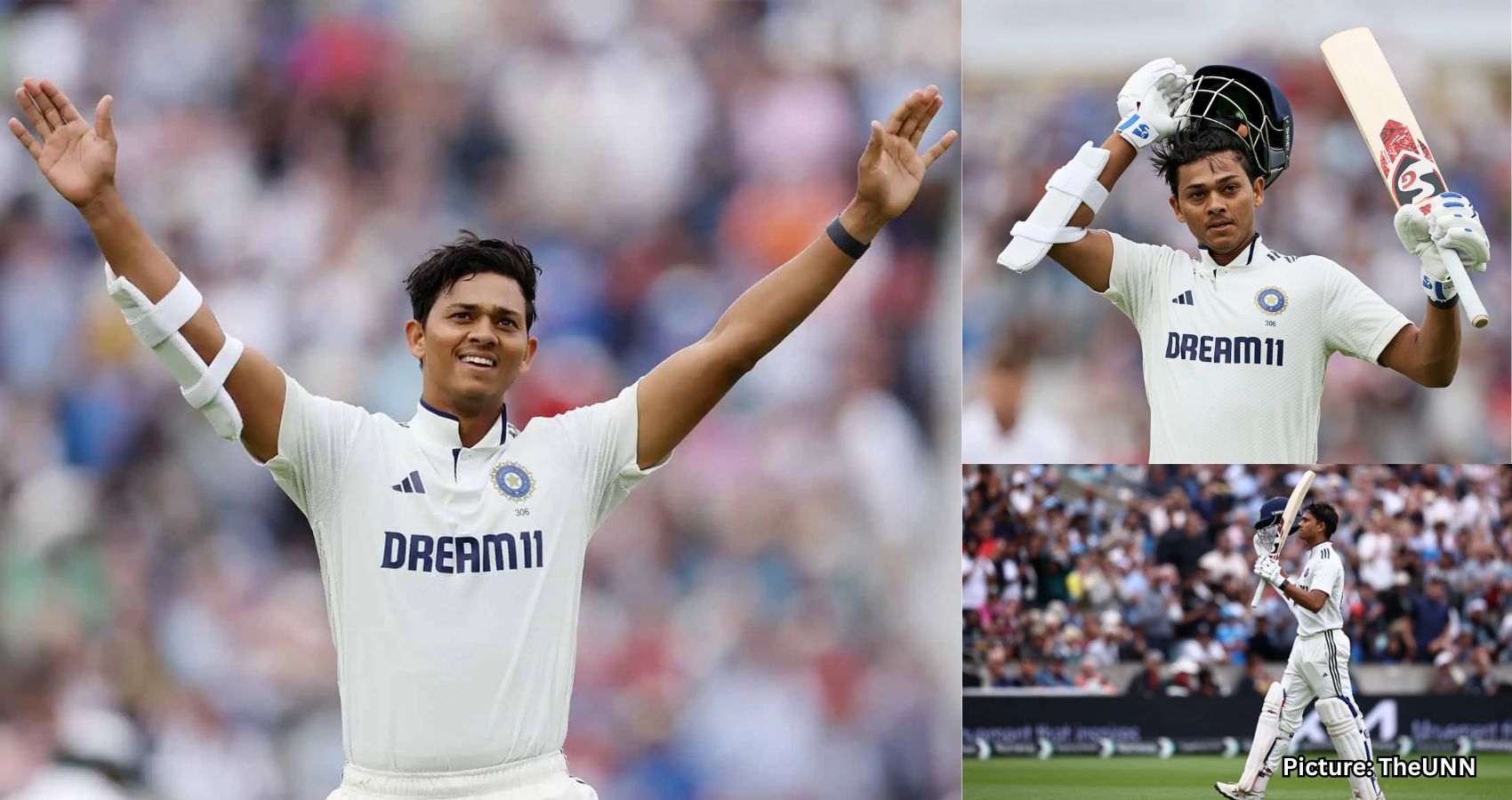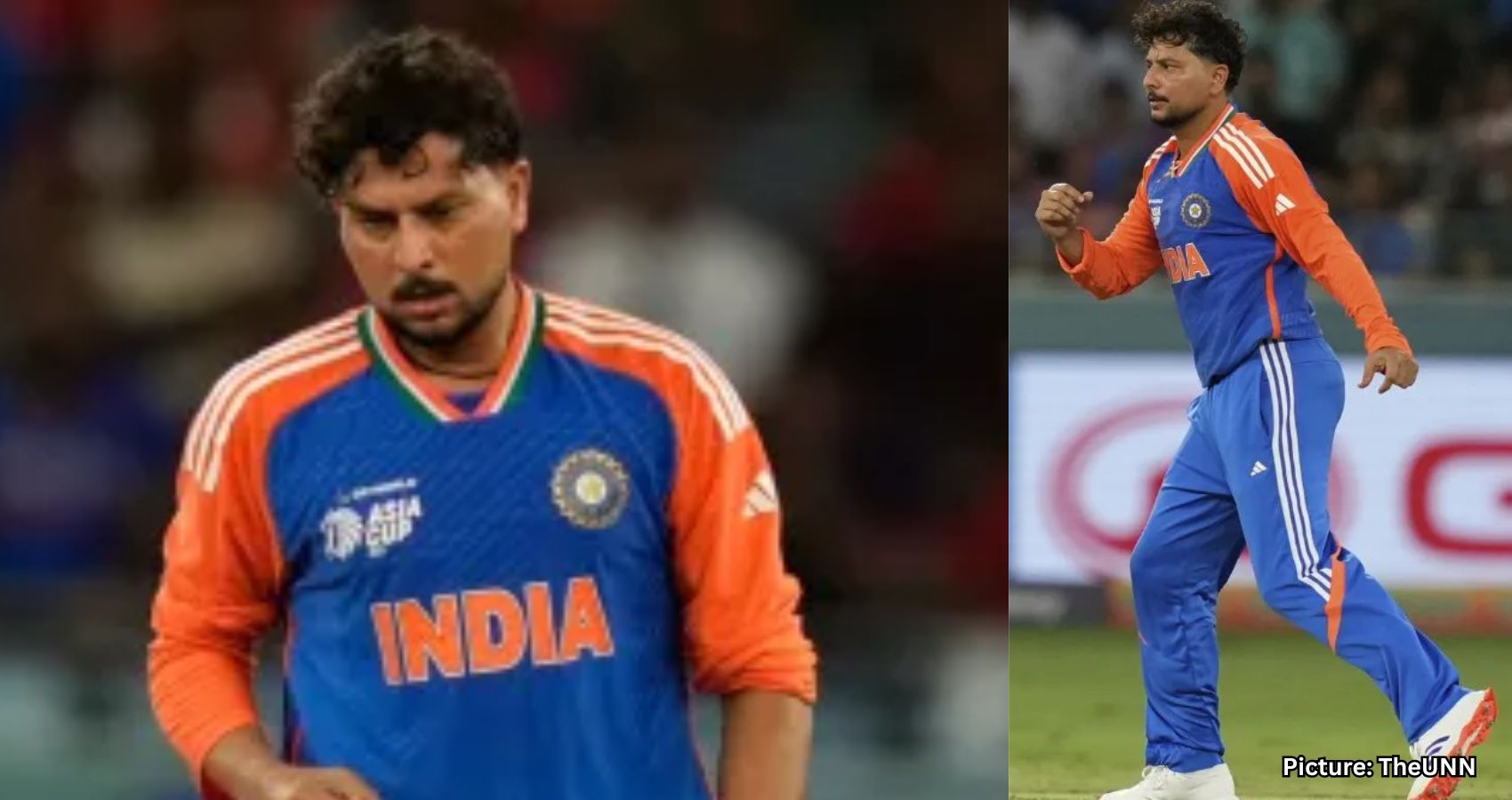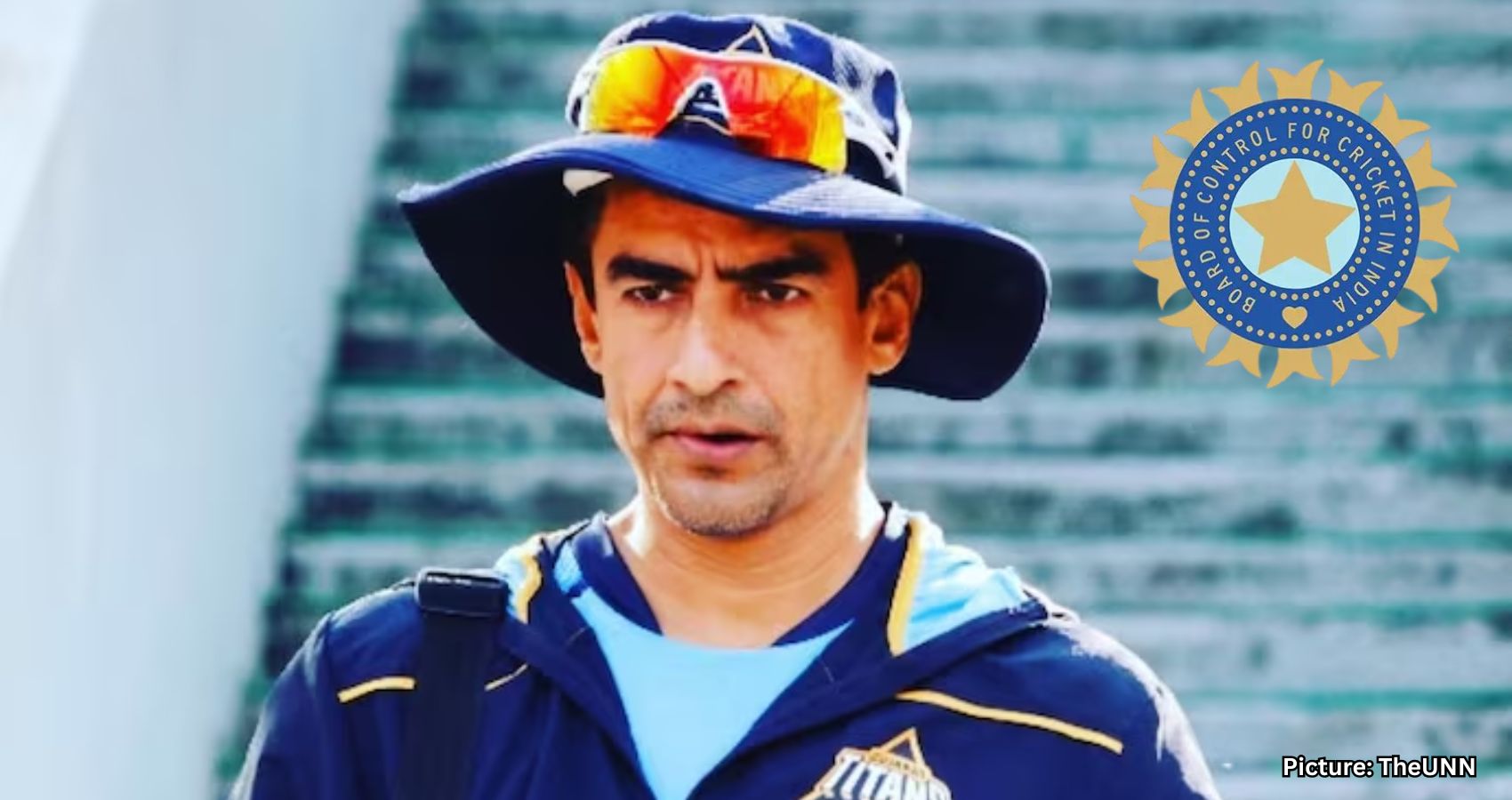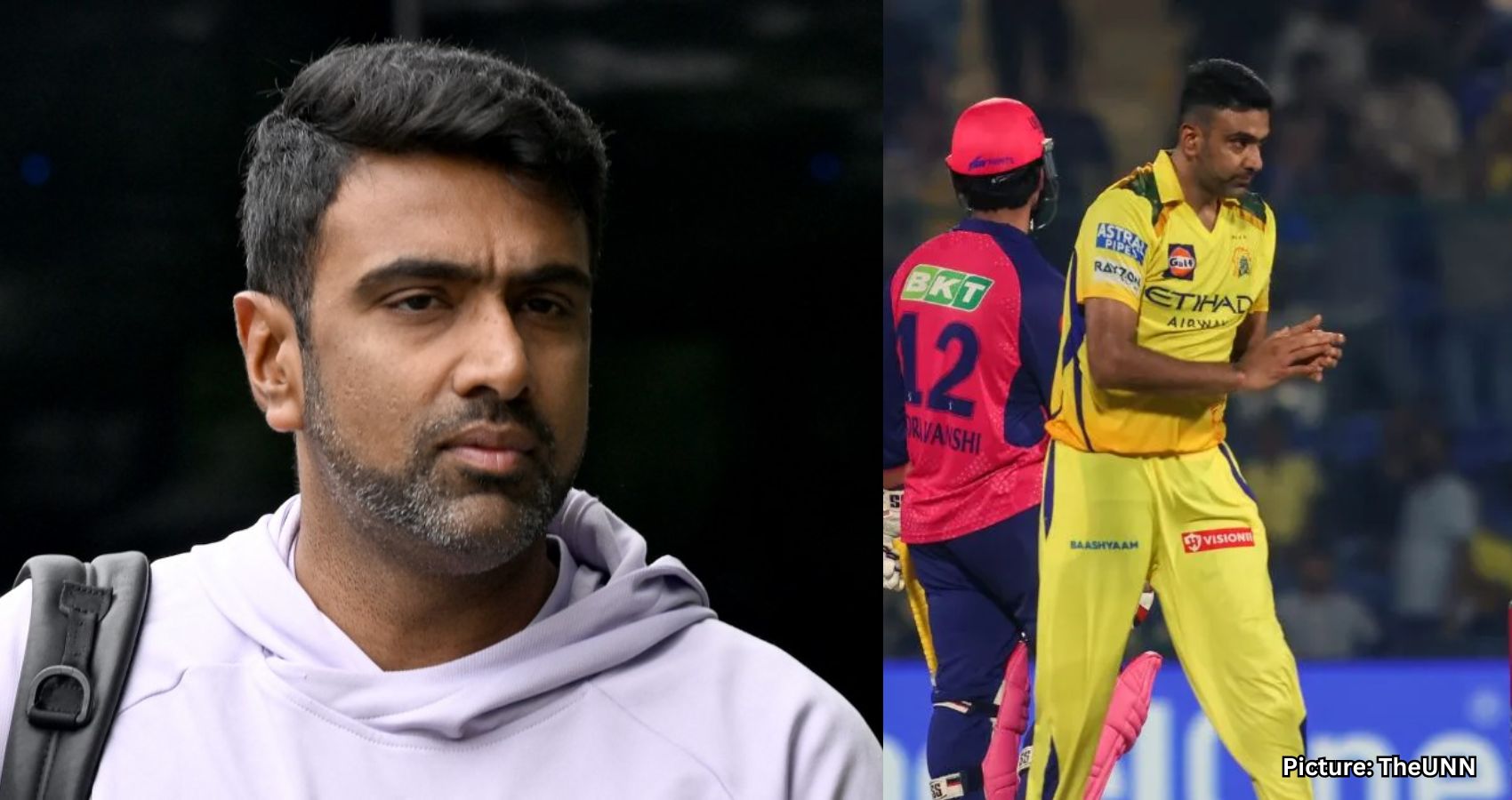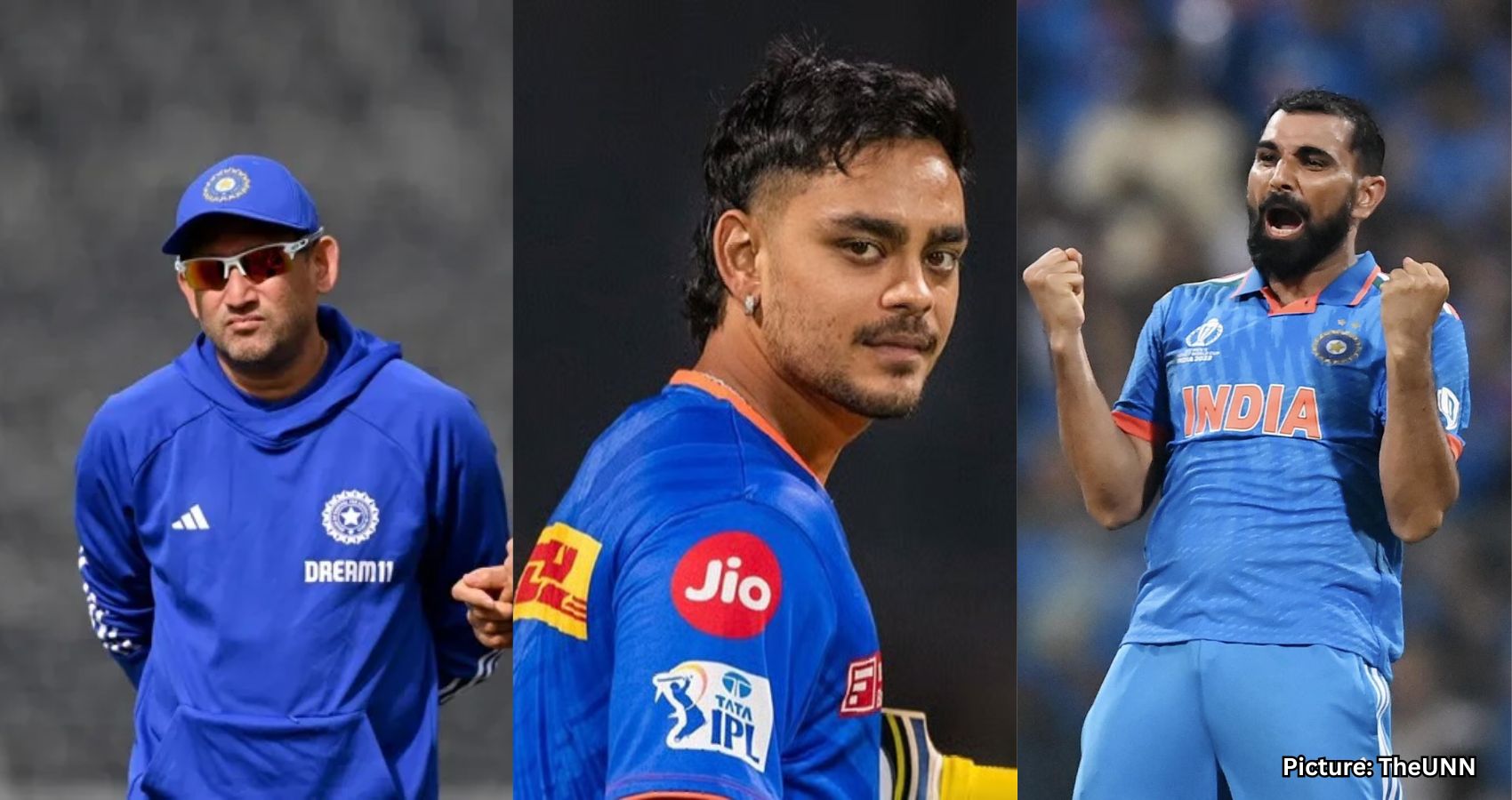Several smaller nations, including Curaçao, Haiti, and Cape Verde, are set to make their mark at the 2026 World Cup, showcasing the tournament’s expanding diversity.
As anticipation builds for the 2026 World Cup, Scotland may not be the biggest underdog on the roster. Instead, several smaller and often overlooked nations, such as Curaçao, Haiti, and Cape Verde, are poised to become the tournament’s surprise packages. They will be joined by newcomers Jordan, Qatar, Panama, and Uzbekistan, all of whom have made headlines with their historic qualifications.
The expansion of the World Cup from 32 to 48 teams by FIFA has opened the door for these footballing underdogs to showcase their talents on the global stage.
Curaçao Makes History
Curaçao, a Caribbean island with a population of approximately 155,000, will become the smallest nation ever to compete in the World Cup. Winger Kenji Gorre, 31, formerly of Northampton Town, expressed the sentiment of many when he said, “It’s an impossibility that became possible.”
Part of the Kingdom of the Netherlands, Curaçao gained autonomy in 2010 and is located just 42 miles from crisis-hit Venezuela. The island currently hosts around 17,000 refugees, despite its modest size of 275 square miles. The national team, coached by Dutch veteran Dick Advocaat, secured their qualification with a goalless draw against Jamaica.
Haiti: A Team Forced to Play Abroad
Ranked 84th in the world, Haiti faces significant challenges. The capital, Port-au-Prince, remains under the control of violent gangs, making it impossible for the national team to play home matches. The security situation is so dire that their French manager, Sebastien Migne, has never visited the country, and flights to the capital are suspended.
More than 1.3 million Haitians have fled the violence, and the country continues to rebuild from the devastation of the 2010 earthquake and recent storms. Despite these obstacles, Haiti’s qualification has ignited hope across the nation. The squad includes Premier League player Jean-Ricner Bellegarde and will play their home fixtures in Curaçao. Haiti’s only previous World Cup appearance was in 1974, where they lost all their matches.
Cape Verde: The Miracle from the Atlantic
Ranked 68th, Cape Verde is a group of volcanic islands located 500 miles off the coast of West Africa. The nation lacks a professional football league due to the vast distances between its islands, and they even skipped the World Cup qualifiers in 2002 due to financial constraints.
However, thanks to a strong diaspora talent pool, the Blue Sharks topped a qualifying group that included Cameroon. Key player Pico Lopes of Shamrock Rovers stated, “We’ll play anyone — Brazil, Portugal, England. It doesn’t matter.” Cape Verde, home to just 540,000 people, attracts nearly 250,000 UK tourists annually but also faces challenges from South American drug cartels using its islands as smuggling routes.
Uzbekistan: A Growing Asian Power
Uzbekistan, ranked 50th, will make its World Cup debut after decades of near misses. The former Soviet nation gained independence in 1991 and features standout players such as Manchester City defender Abdukodir Khusanov. Following their qualification, the Uzbek Football Association appointed Italian legend Fabio Cannavaro to lead the team into North America.
FA Vice President Ravshan Irmatov remarked, “Thirty-eight million people have waited 34 years for this moment.” However, human rights concerns persist in Uzbekistan, where political opposition remains heavily restricted.
Jordan: A Football Fairy Tale
Jordan, ranked 66th, qualified for its first-ever World Cup thanks to a stunning hat-trick from Ali Olwan in a 3–0 victory over Oman. Unlike many underdog nations, most of Jordan’s squad plays domestically, with star winger Musa Al-Tamari representing French club Rennes.
The country, home to 11 million people, has close historical ties to the UK and one of the world’s highest refugee populations per capita. Despite bordering Syria and the West Bank, Jordan maintains a relatively stable political climate.
Panama Returns to the Global Stage
Ranked 30th, Panama is known for its canal and distinctive hats. The nation qualified for its second World Cup after making its debut in 2018, where they lost all their matches. Most players compete in South America, with defender Michael Murillo currently at Marseille. Panama hopes for a better showing in 2026.
Their participation may stir political controversy, as U.S. President Donald Trump threatened to “take back control” of Panama in 2024 if canal fees were not lowered, a reminder of America’s 1989 invasion.
Qatar: Back Again After Hosting 2022
Ranked 51st, Qatar returns to the World Cup after hosting the tournament in 2022. They secured their place by winning their qualifying group, sealing their spot with a 2–1 victory over rivals UAE in front of a packed Doha stadium, a match that was followed by fan clashes.
The team, coached by former West Ham boss Julen Lopetegui, consists entirely of players from Qatar’s domestic league. The country has faced criticism for offering financial incentives to foreign-born players to switch national allegiance.
As the 2026 World Cup approaches, these underdog nations are ready to make their mark, showcasing the rich diversity and resilience of football around the globe.
Source: Original article

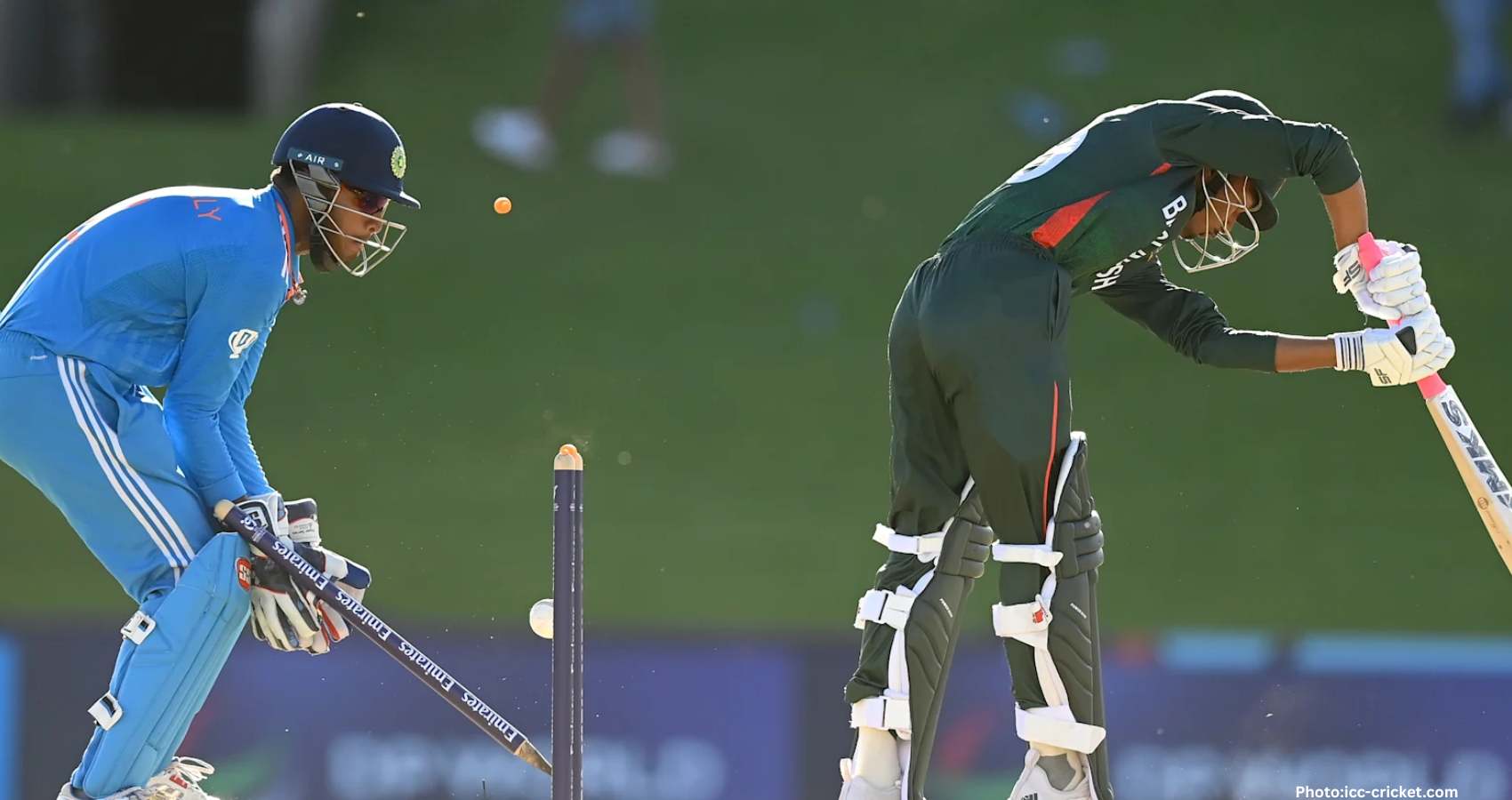
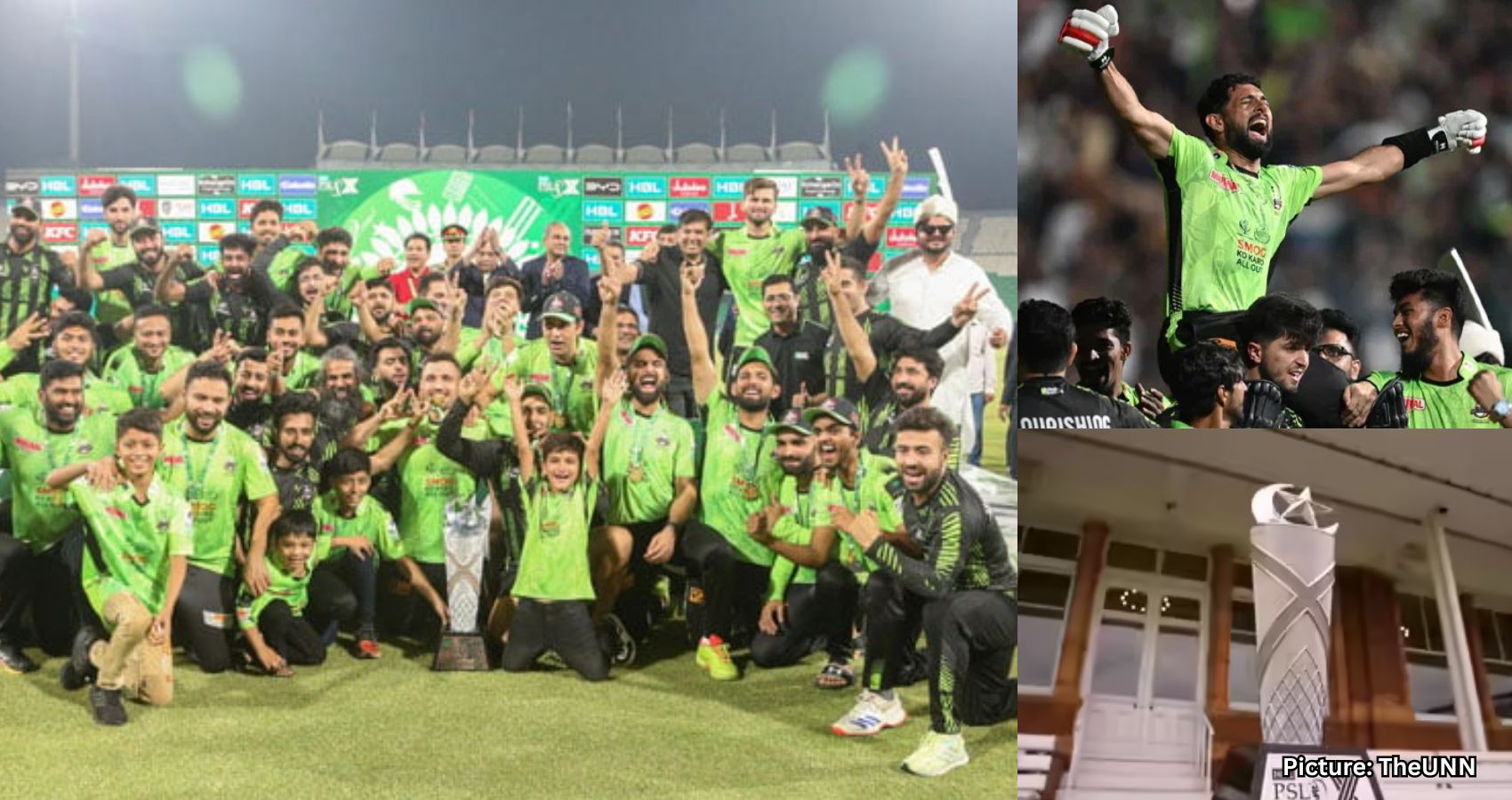
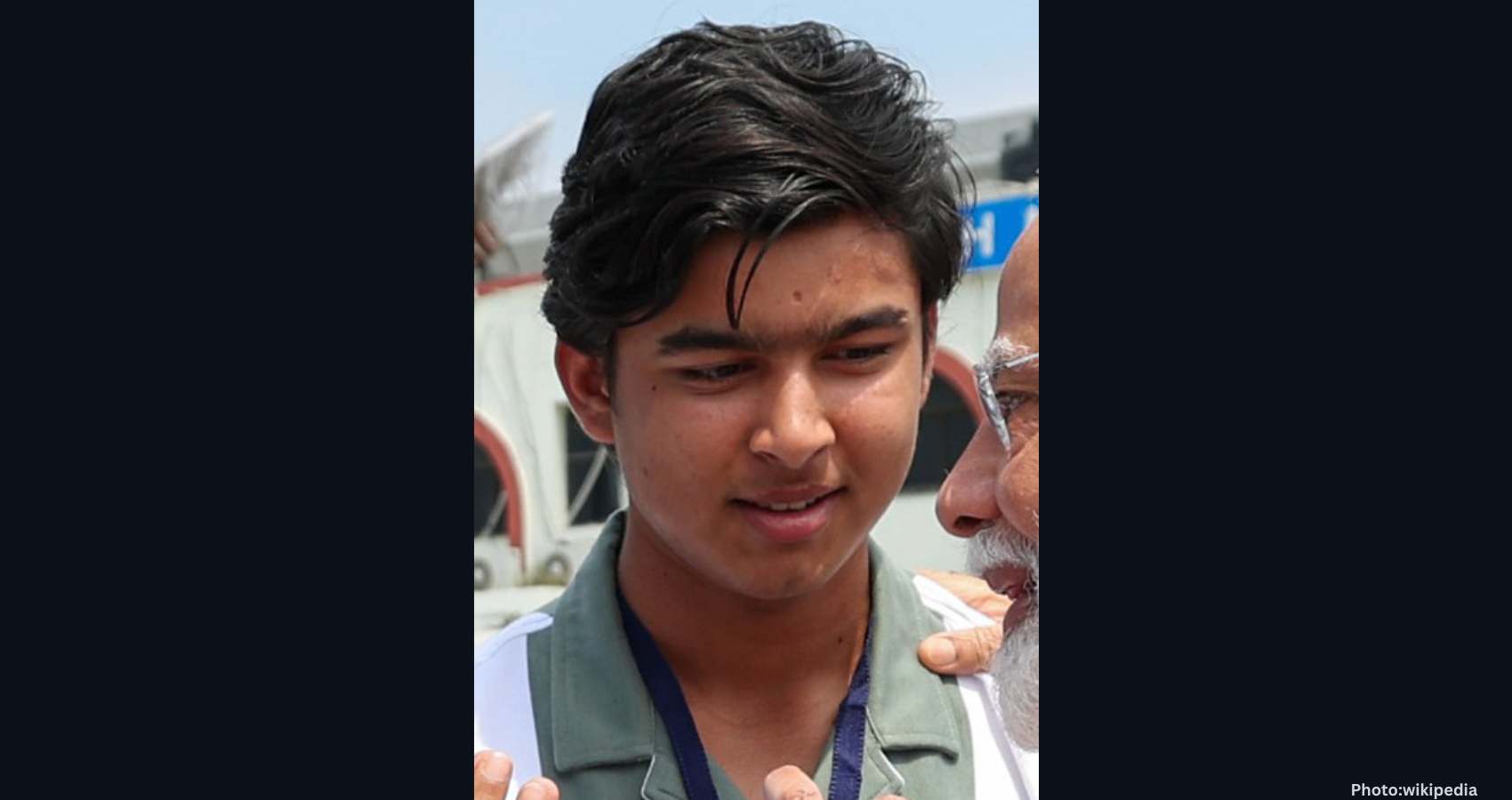
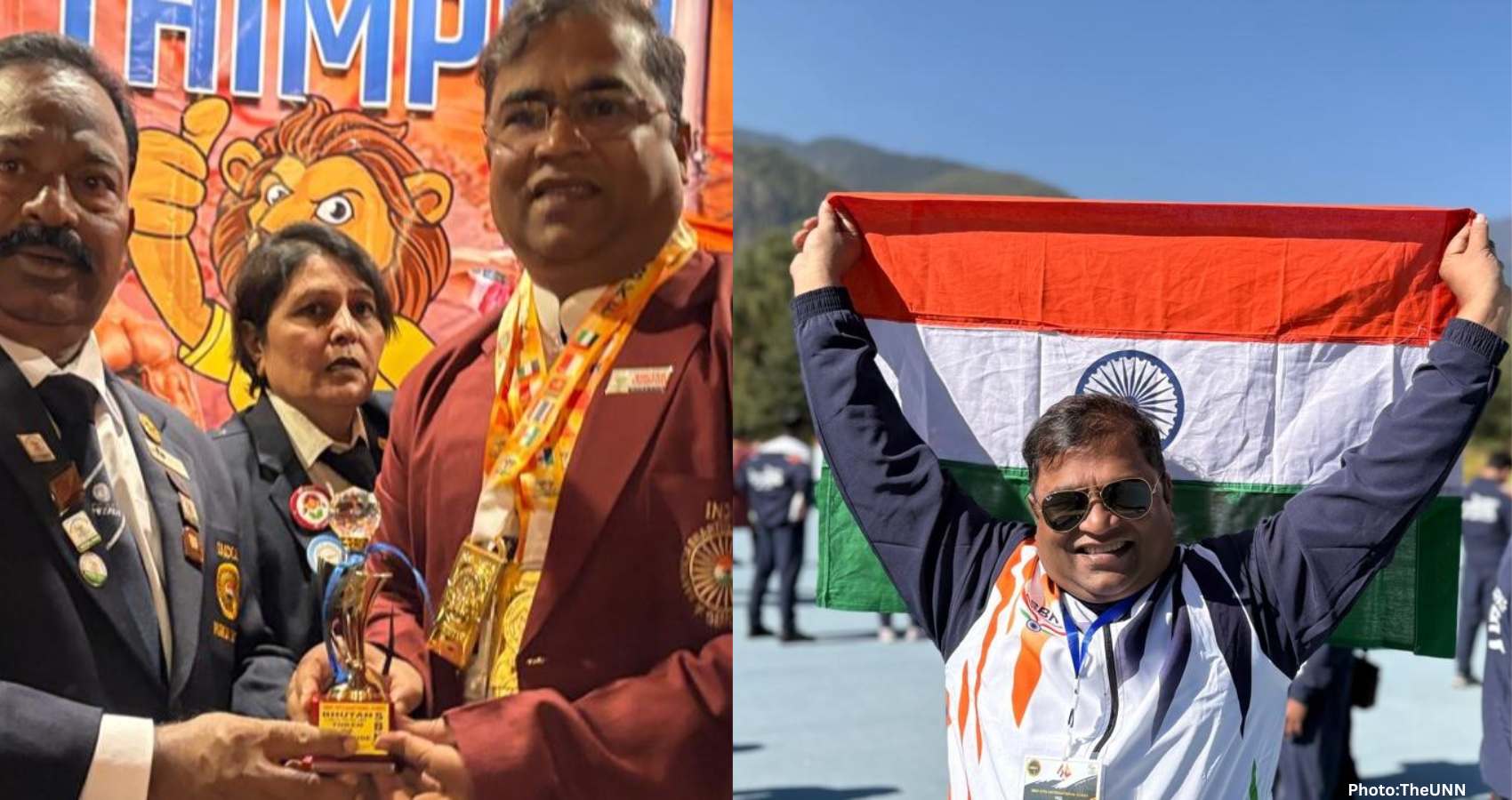

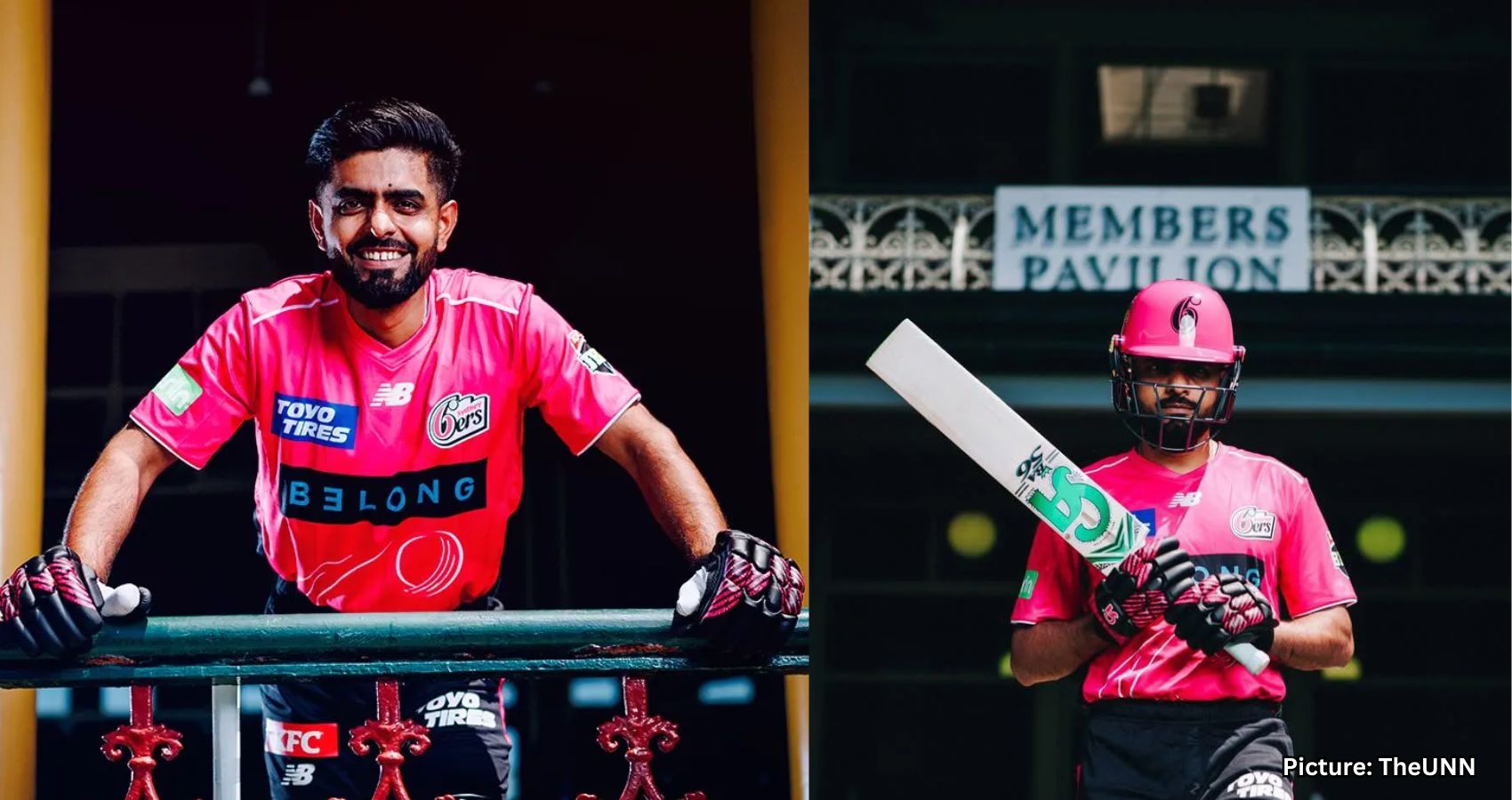
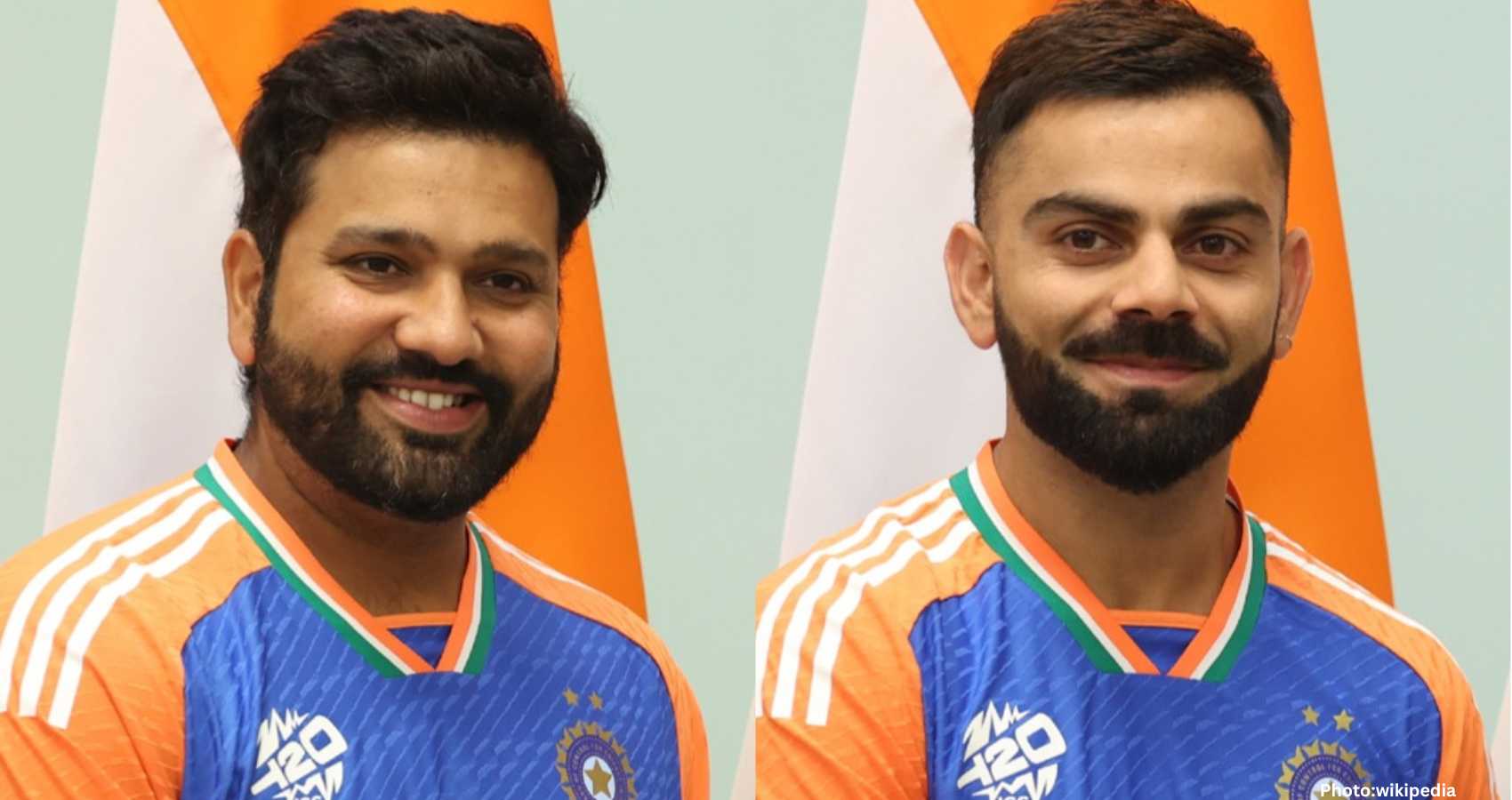
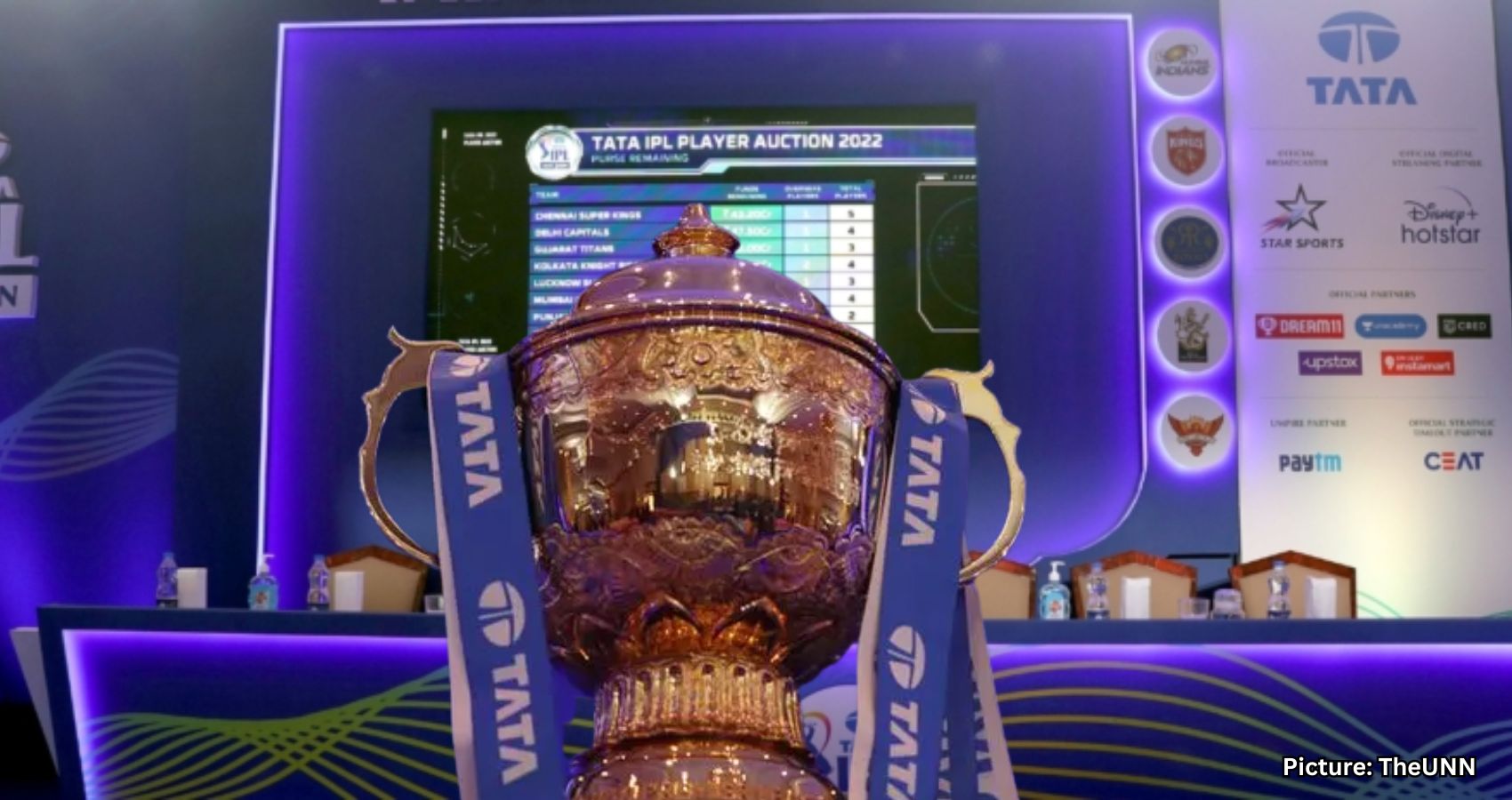
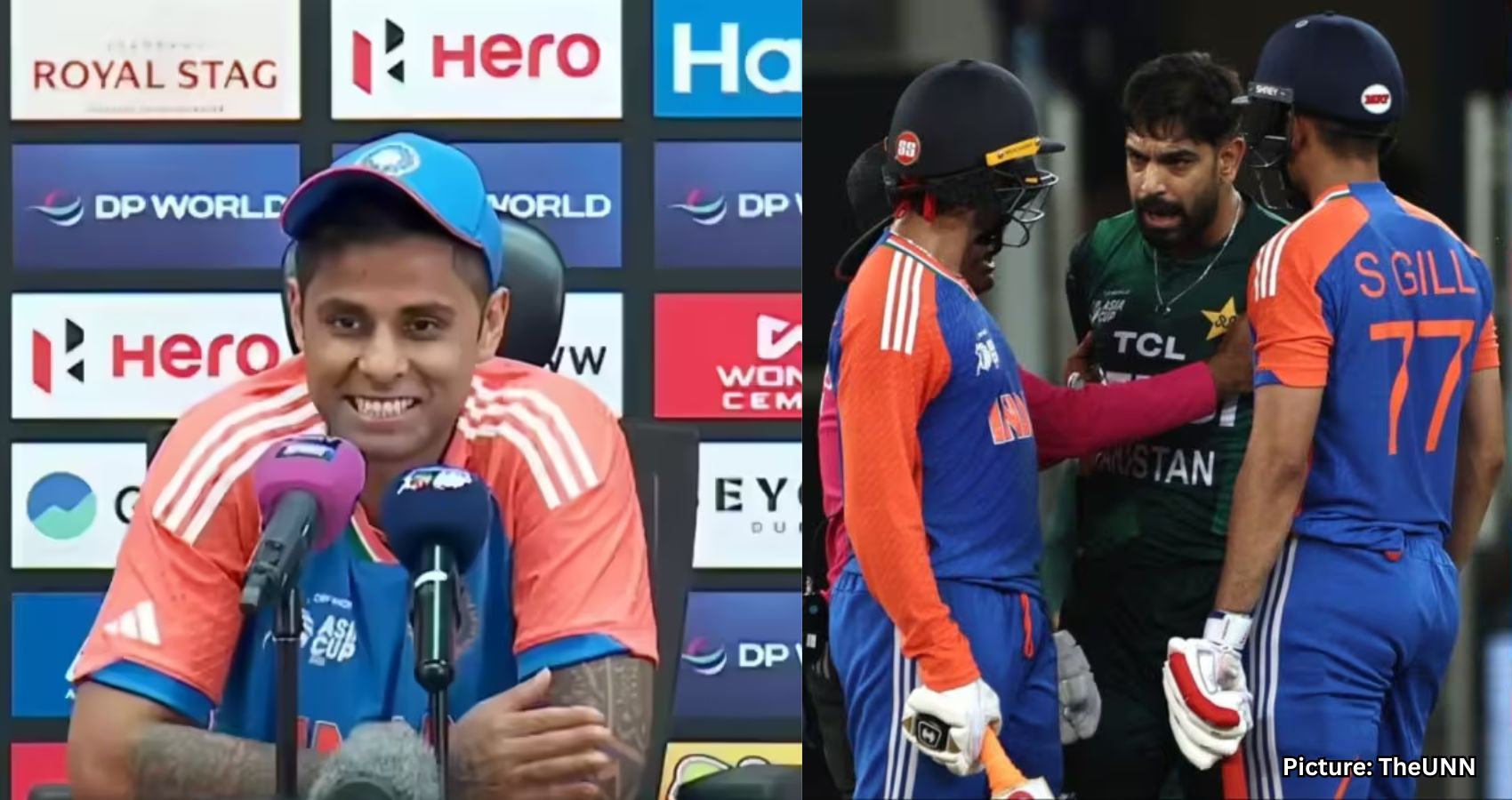
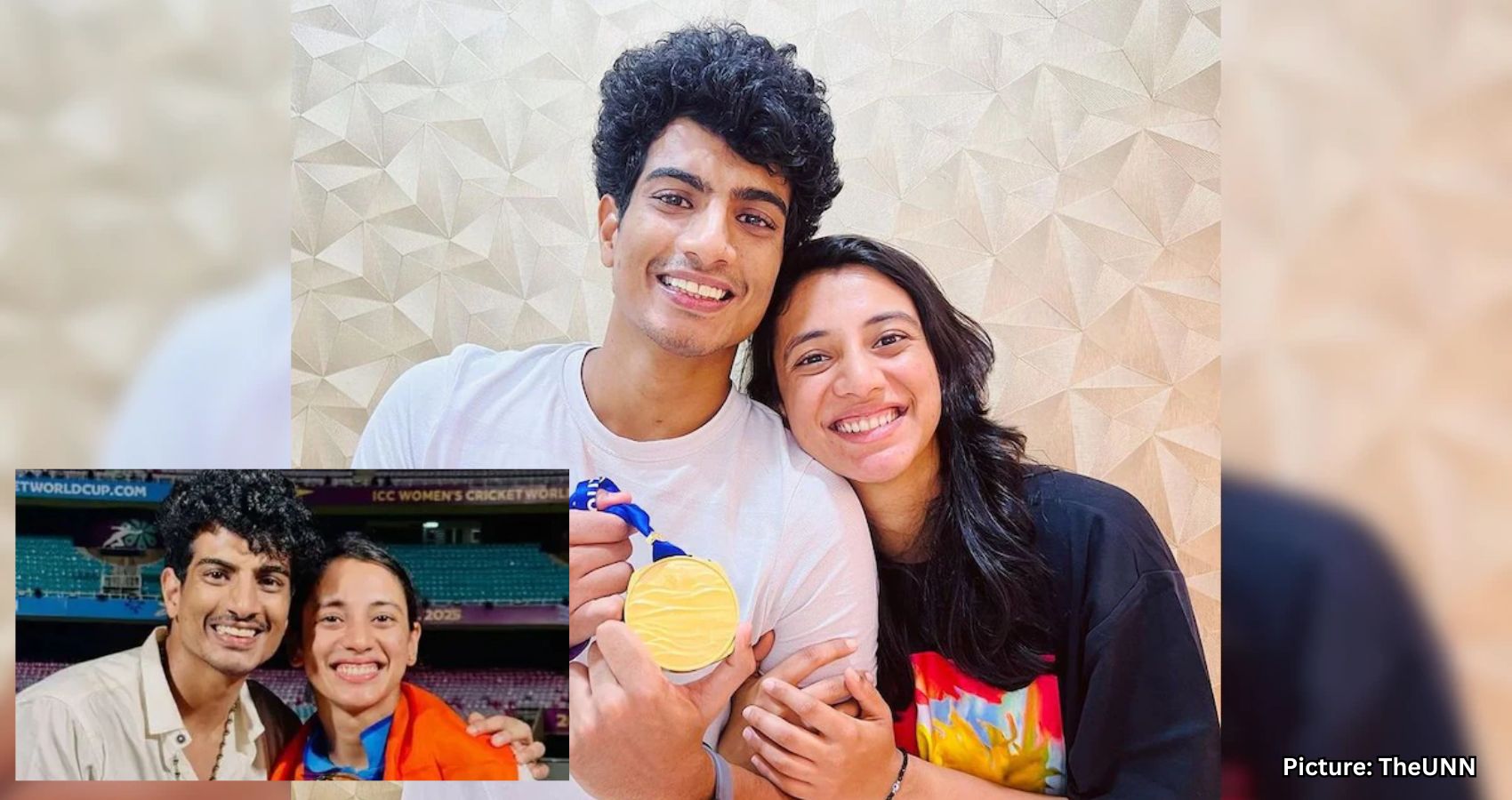
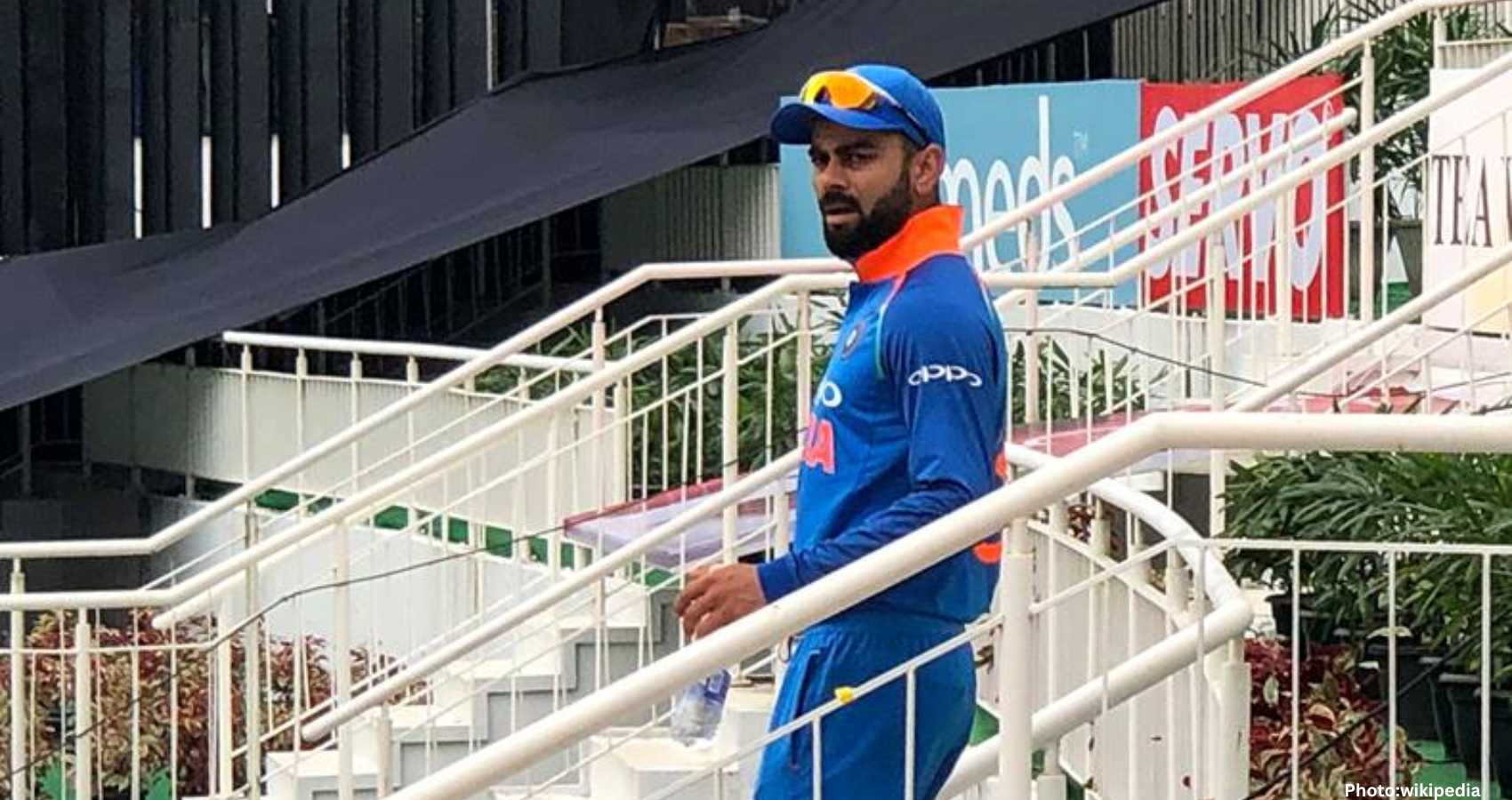


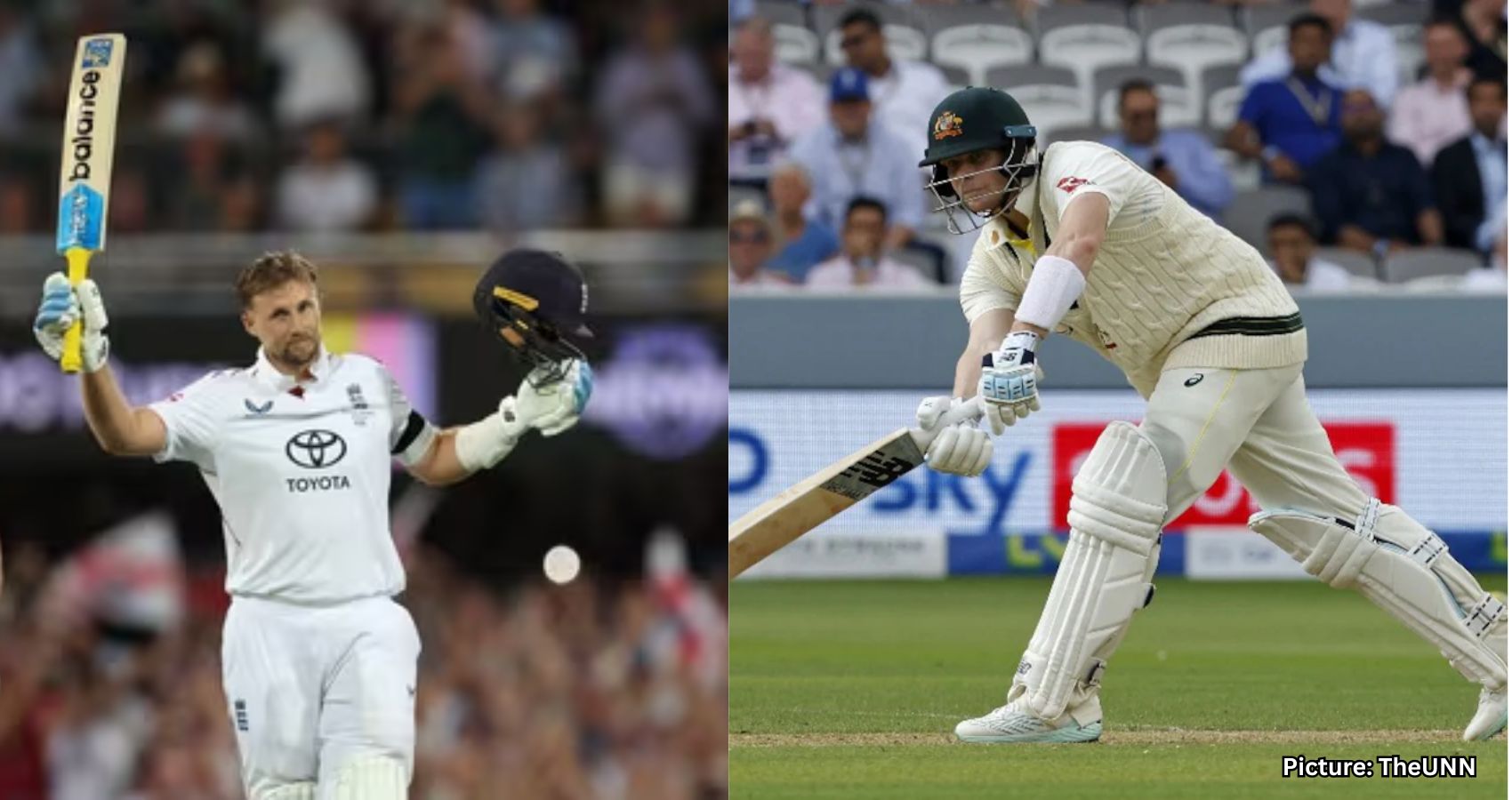

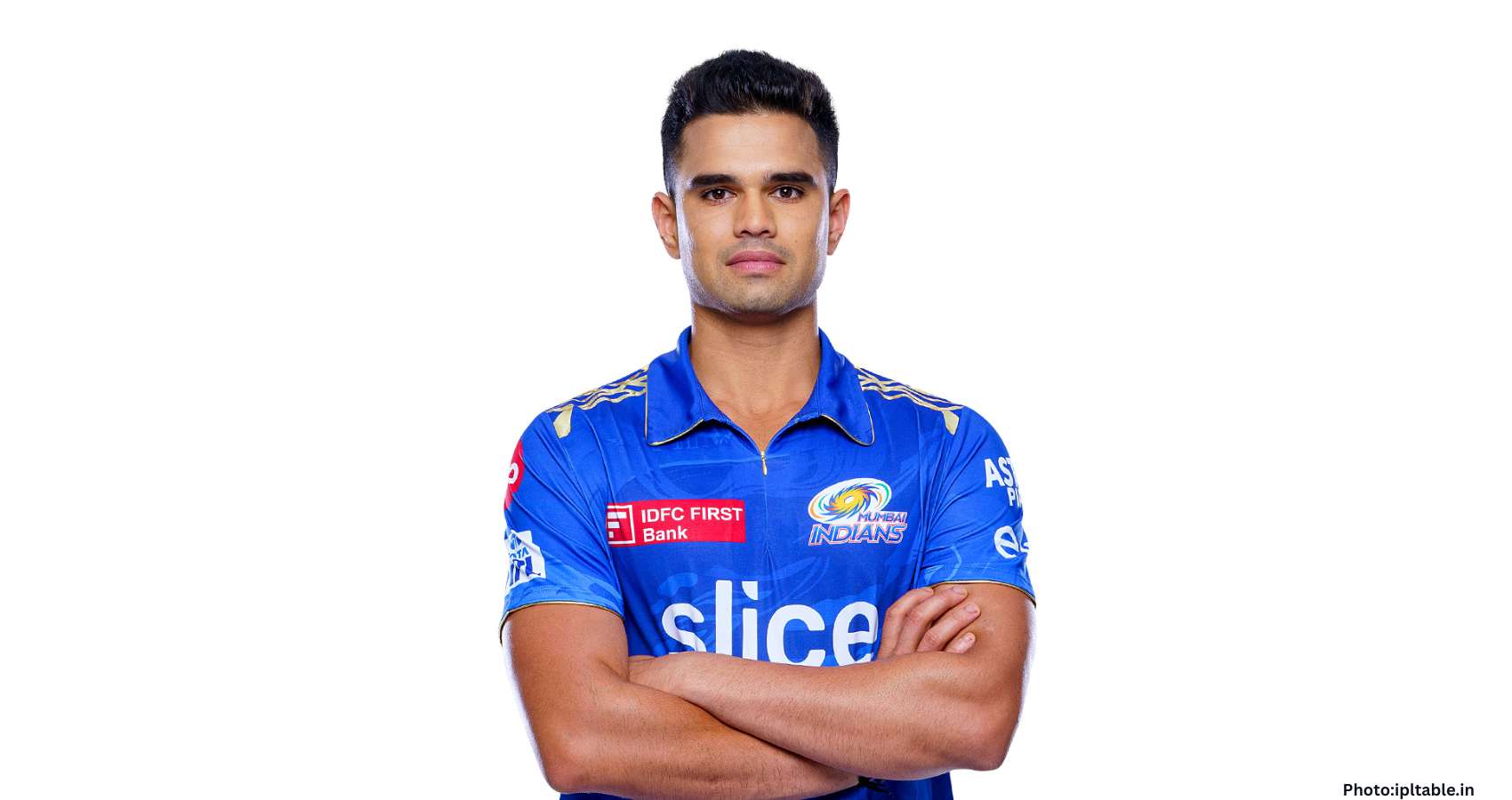

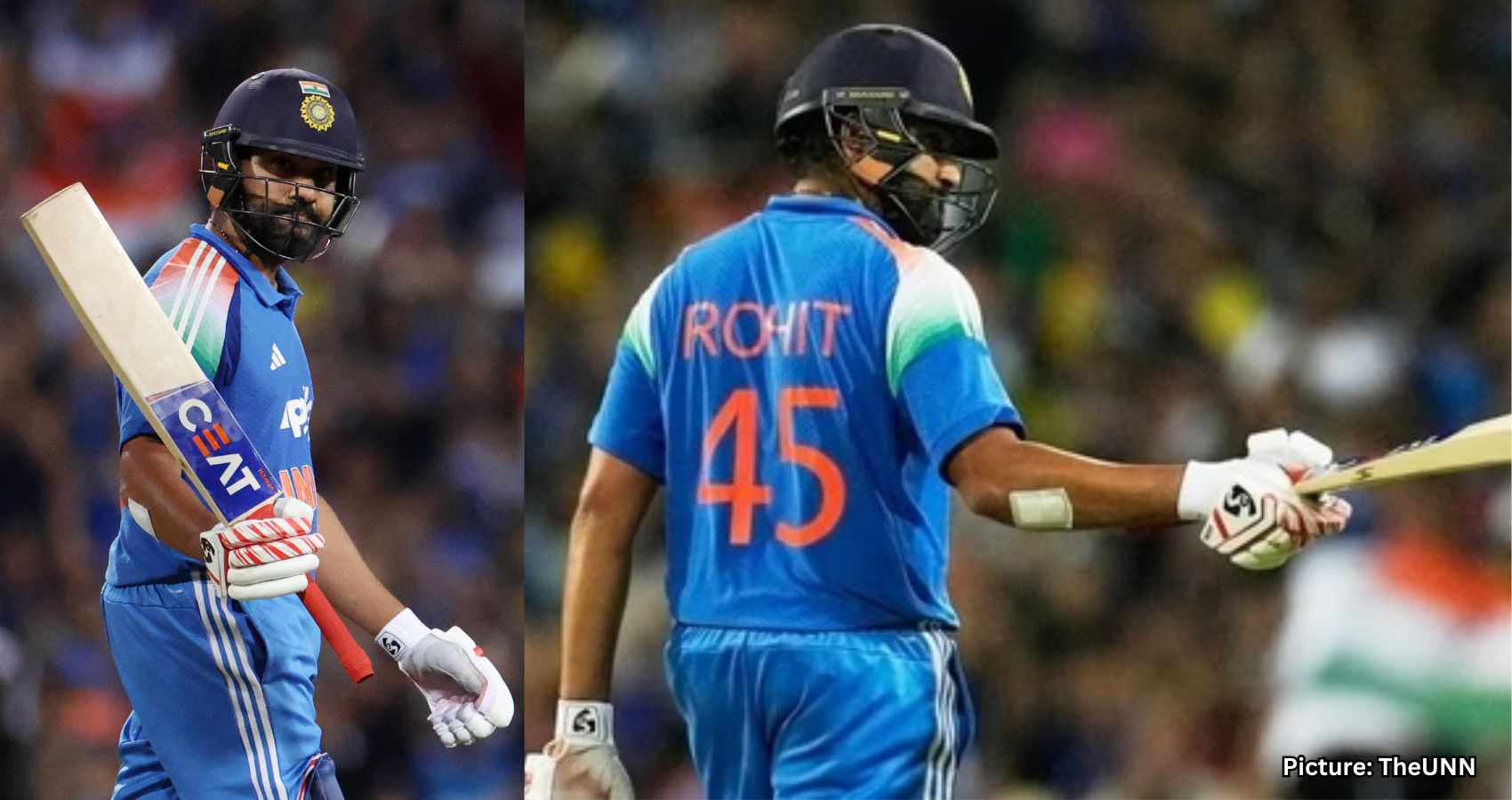
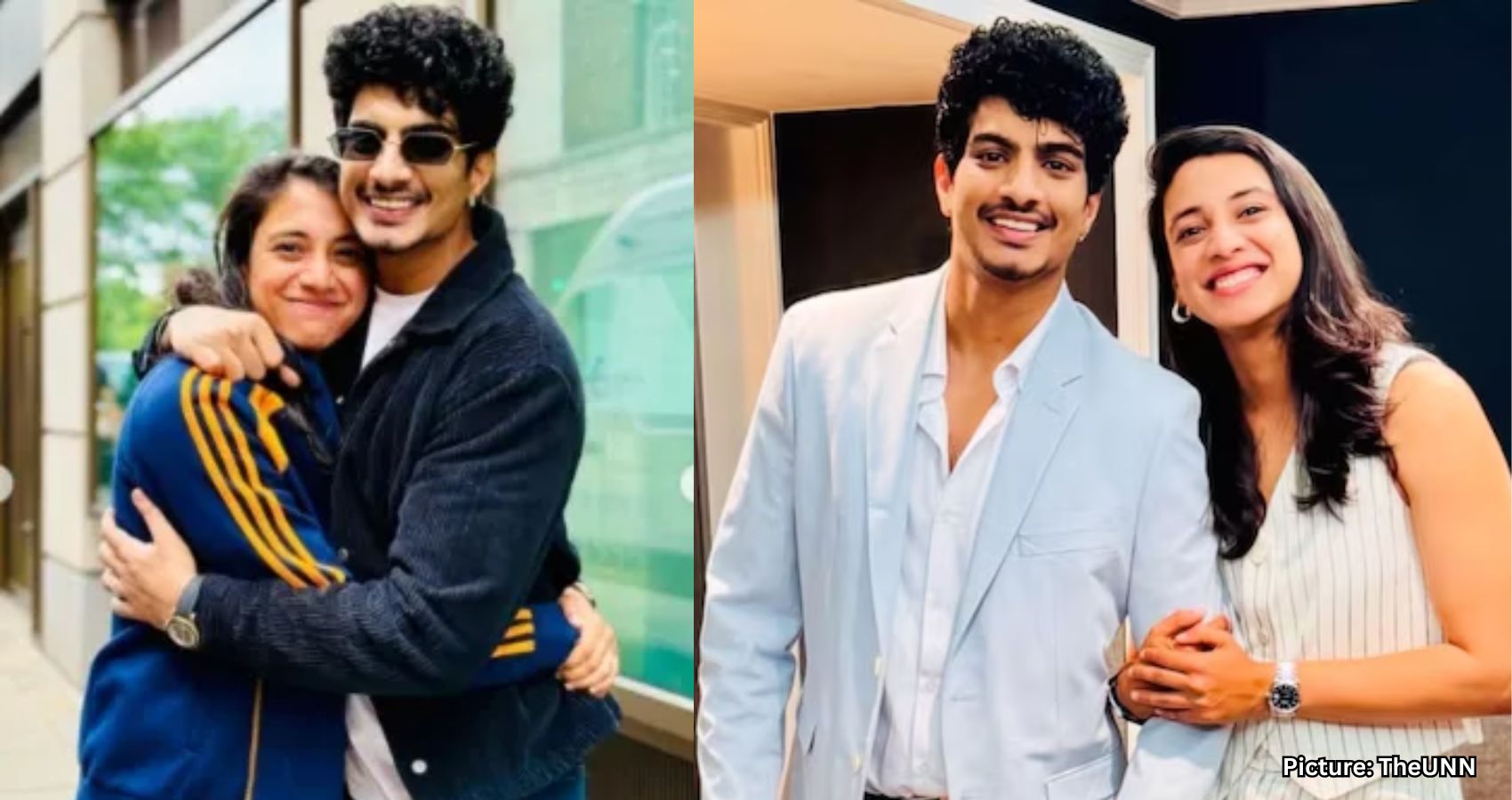
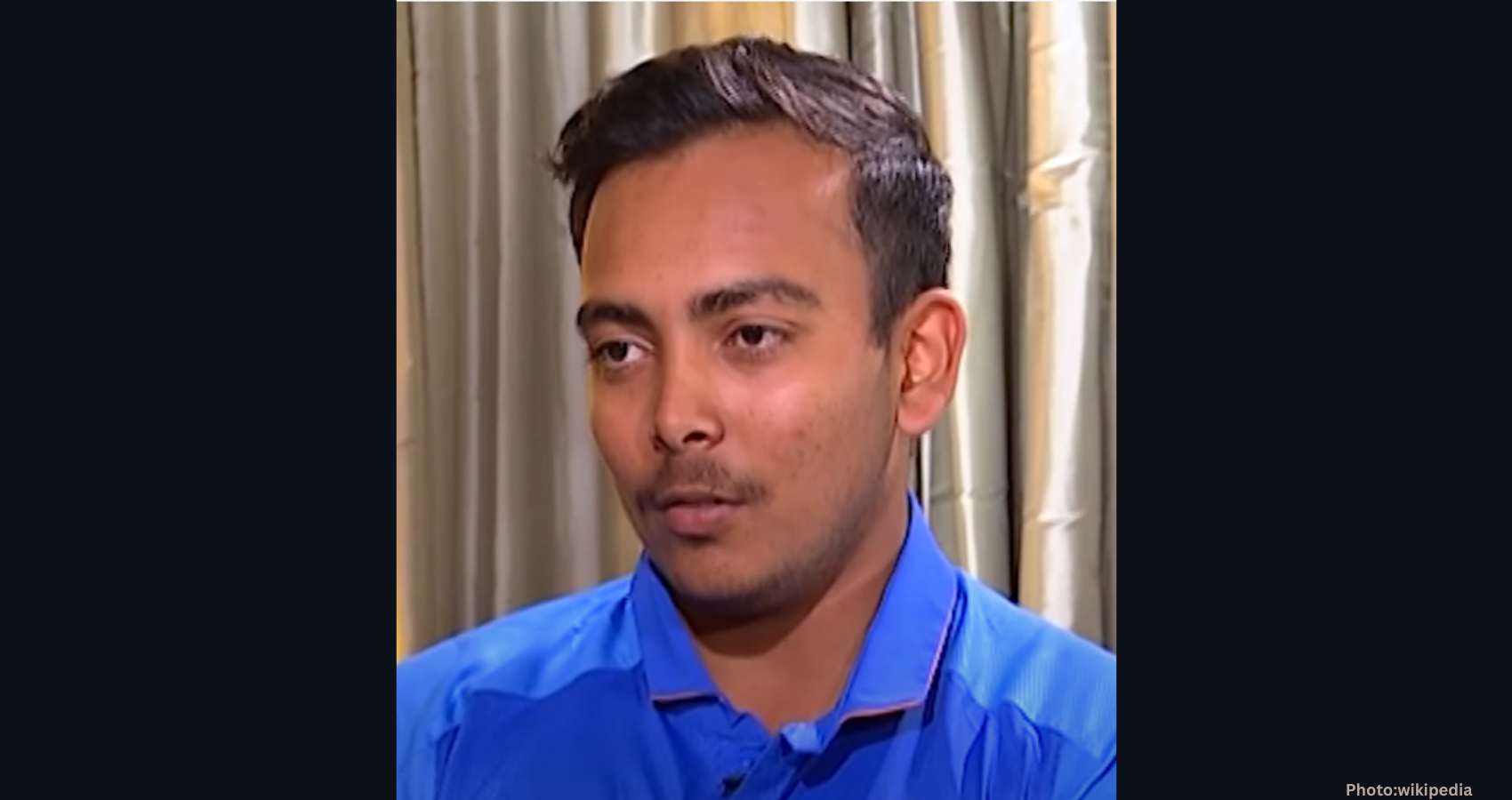

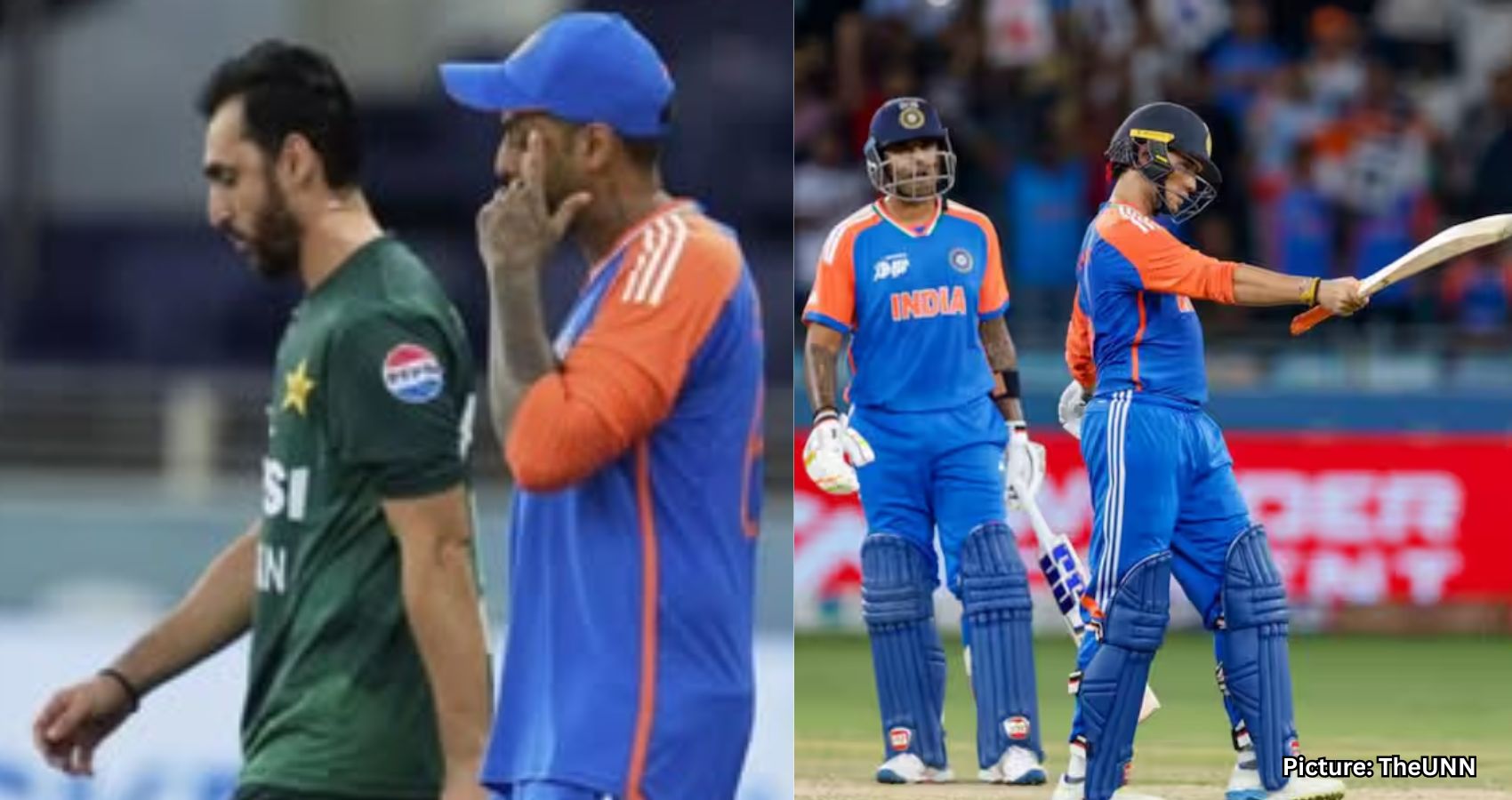
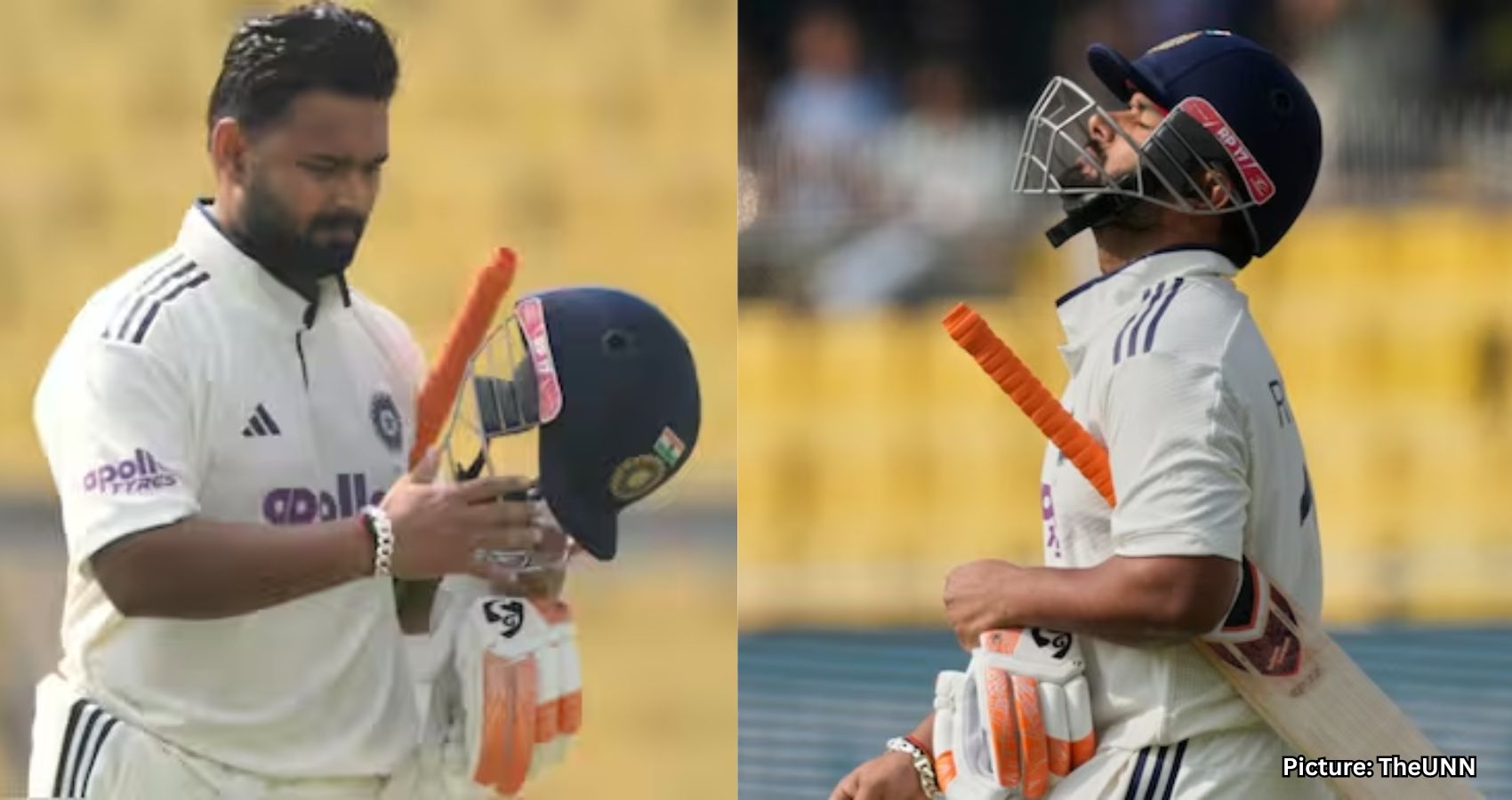





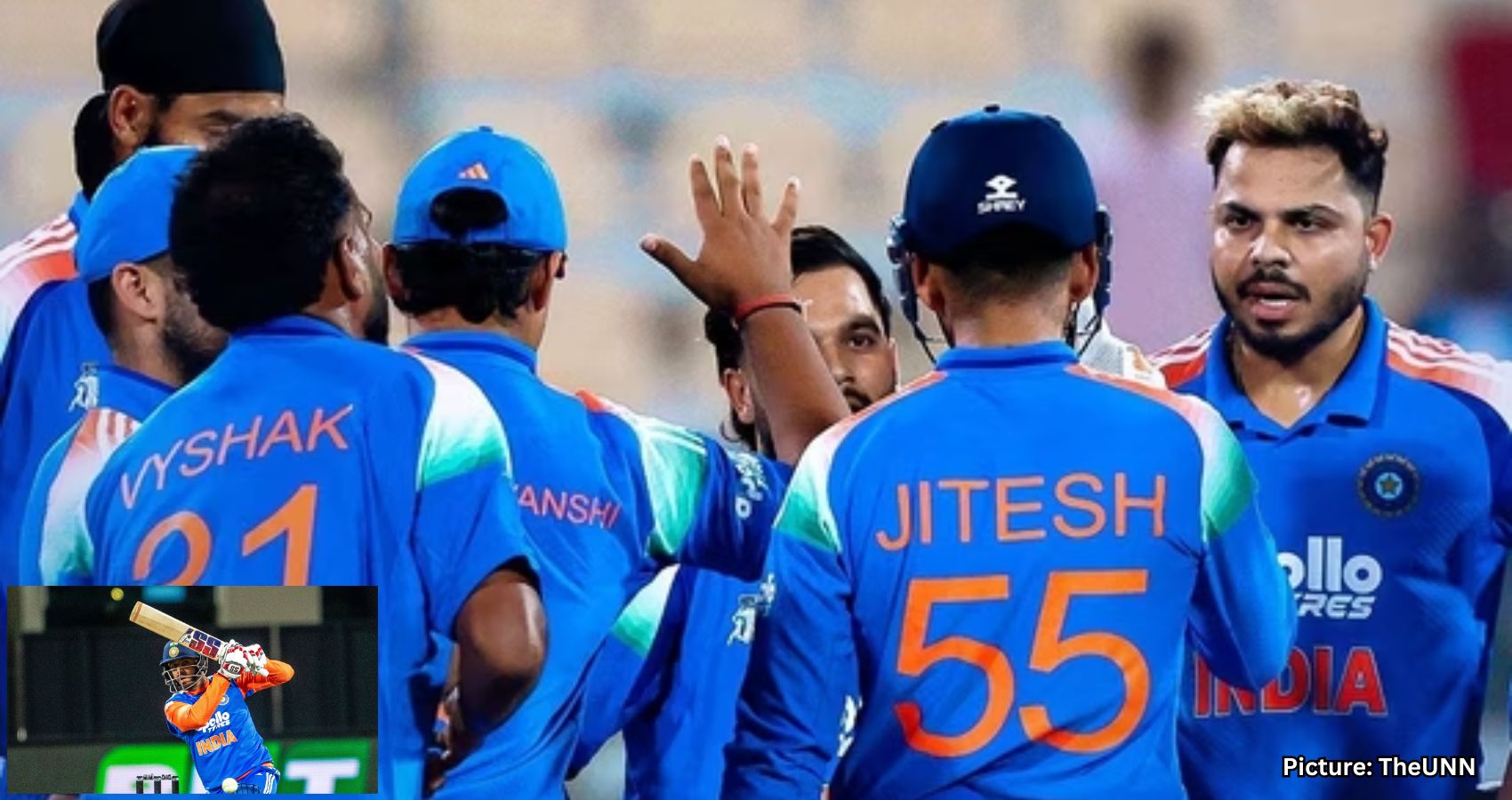


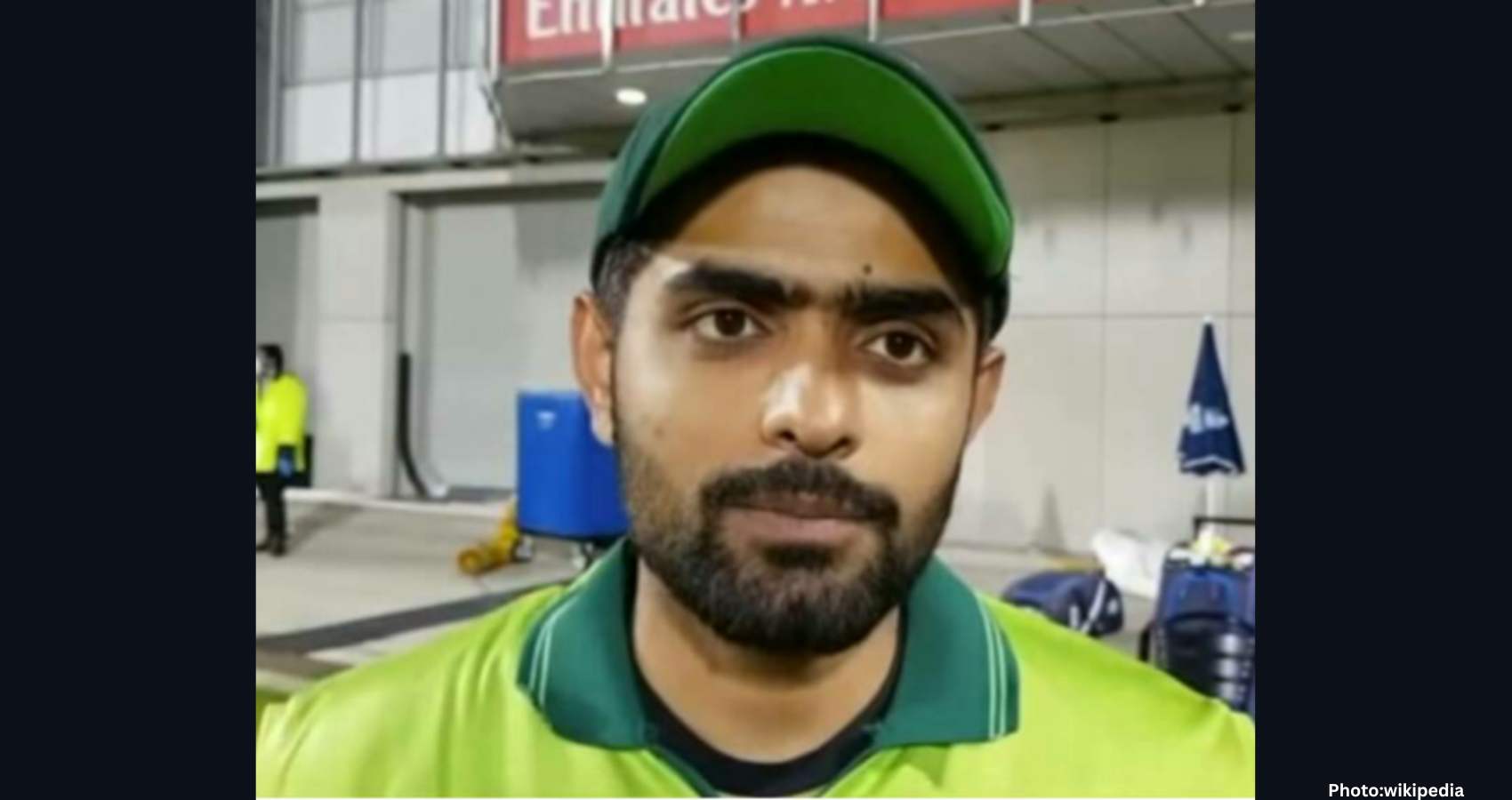

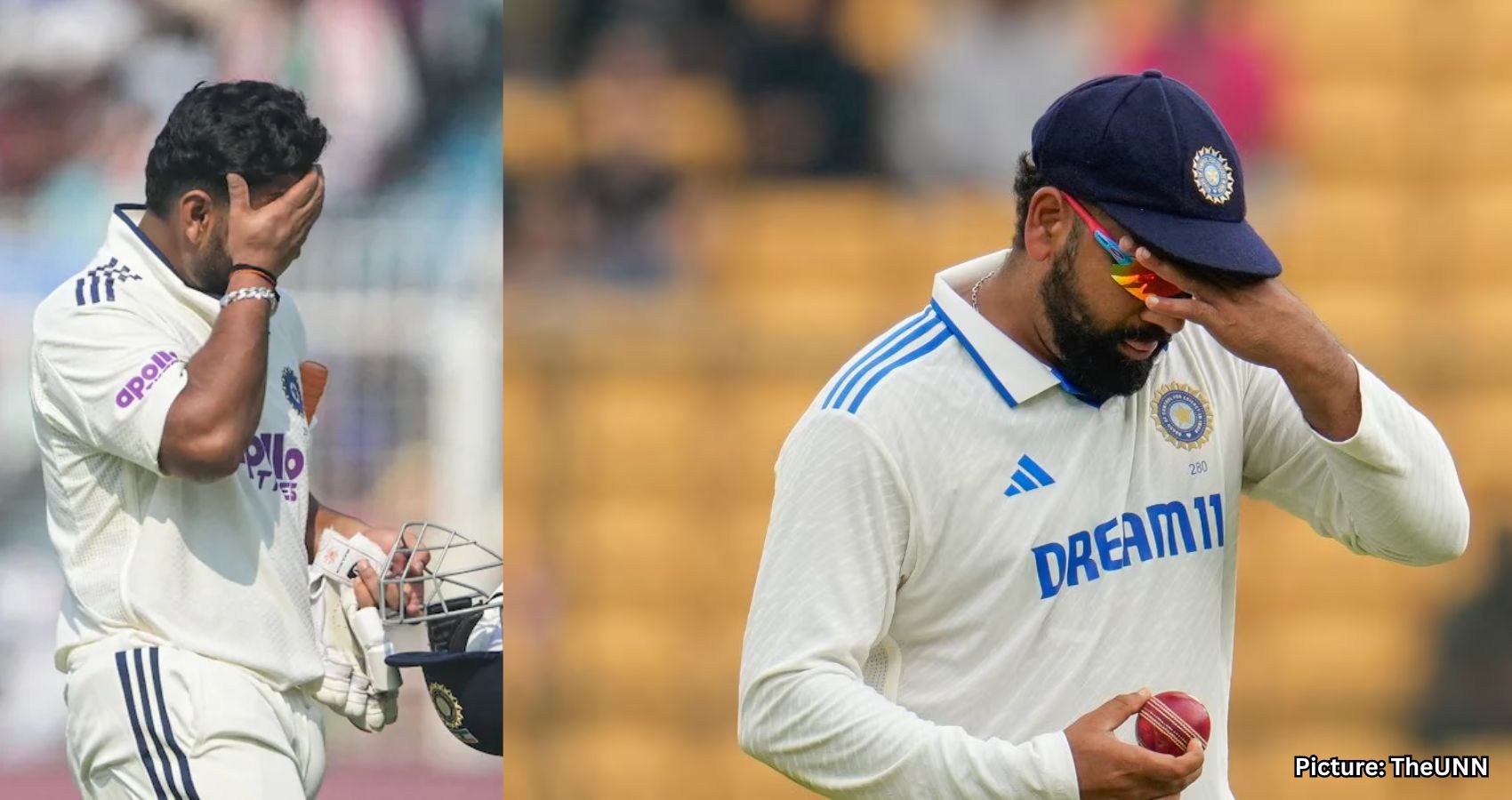
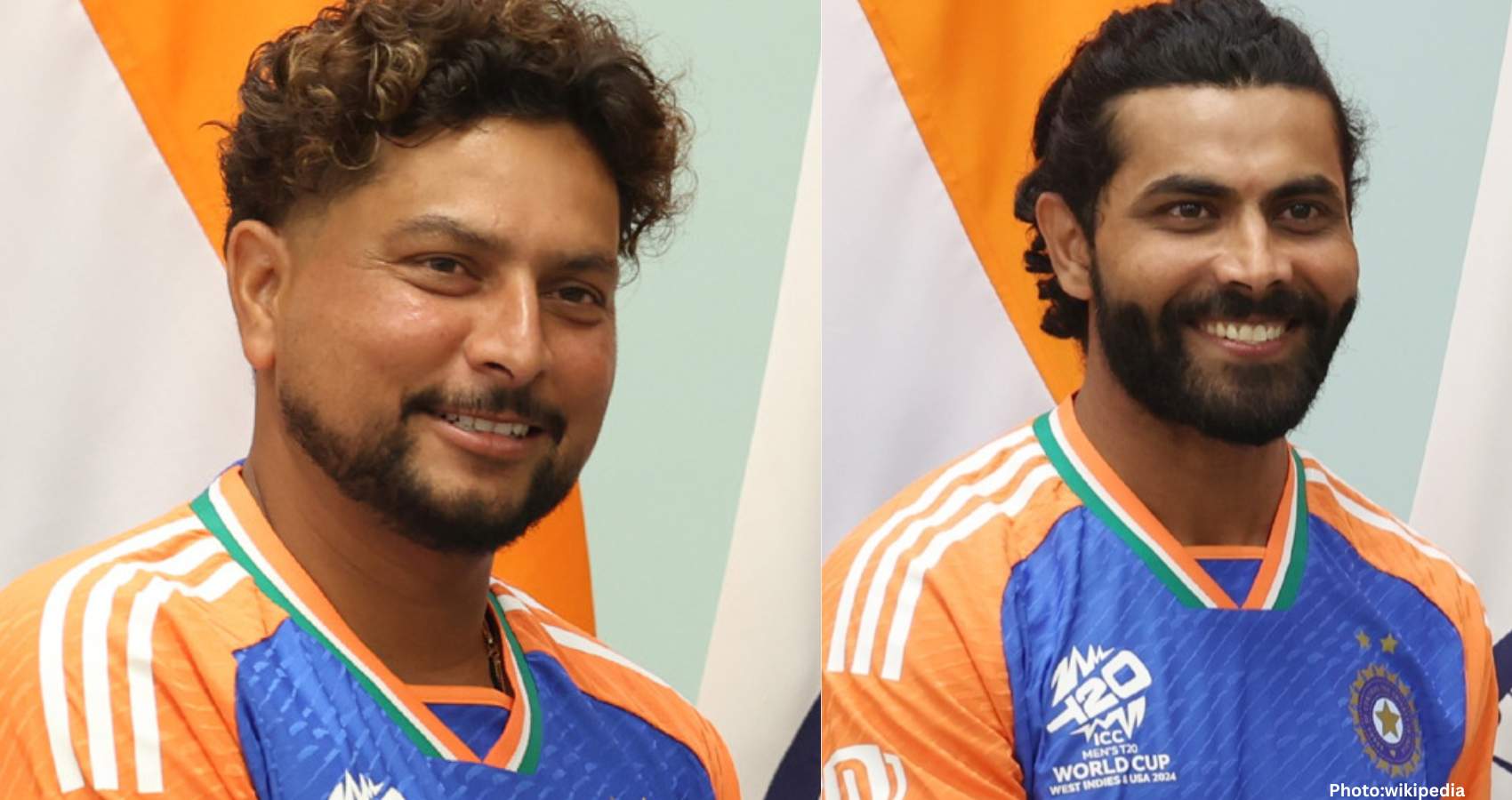
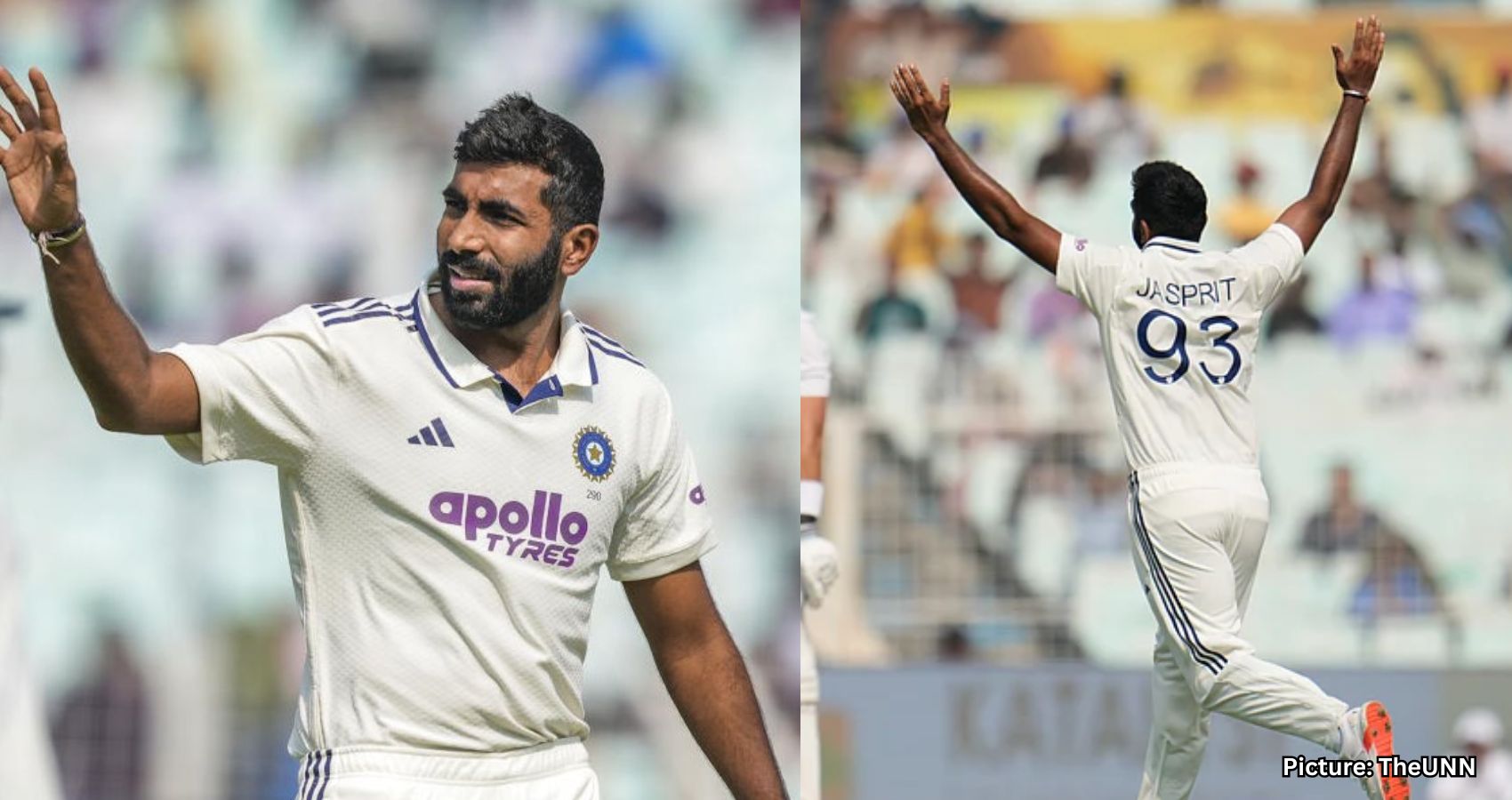
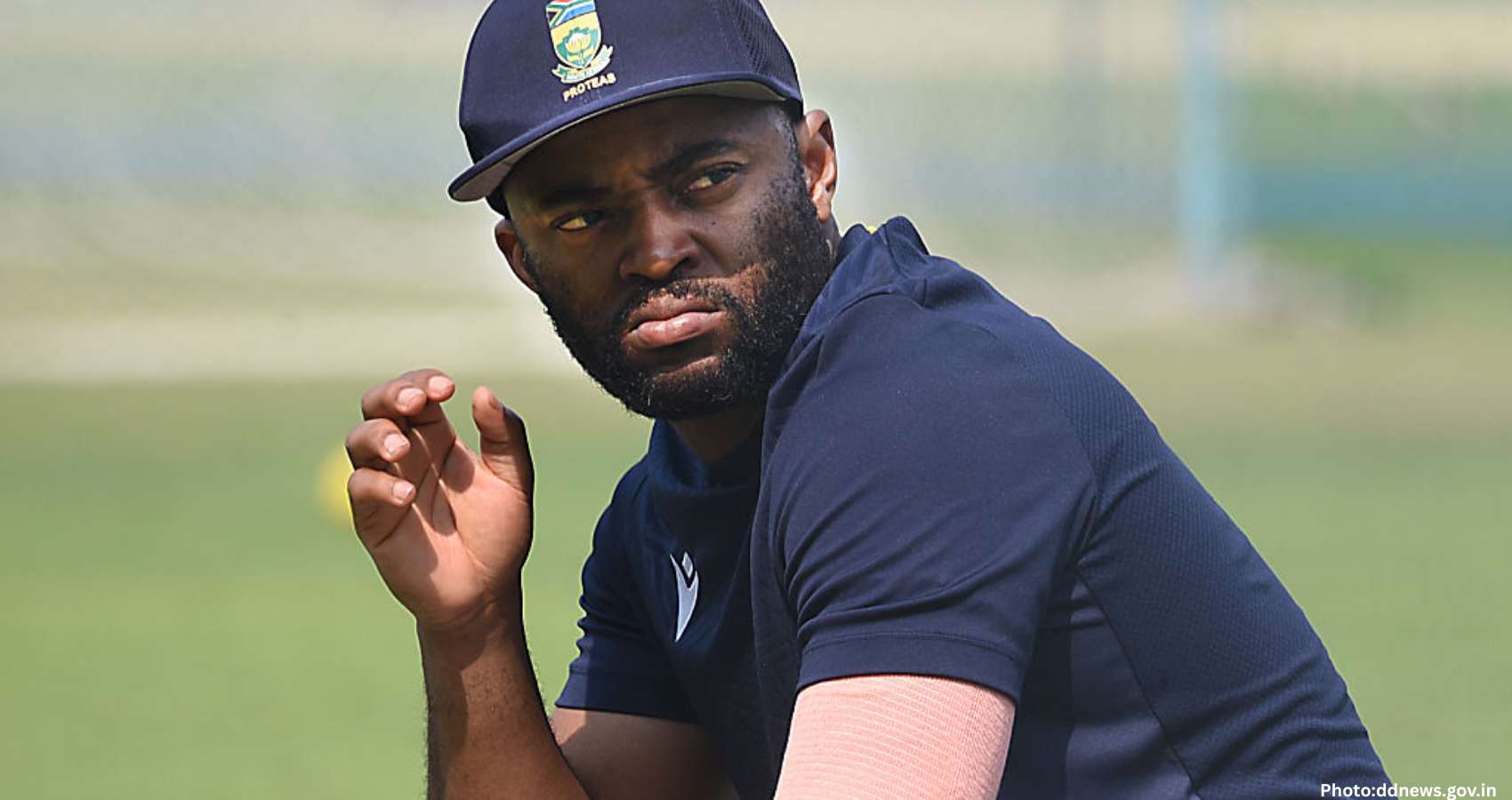
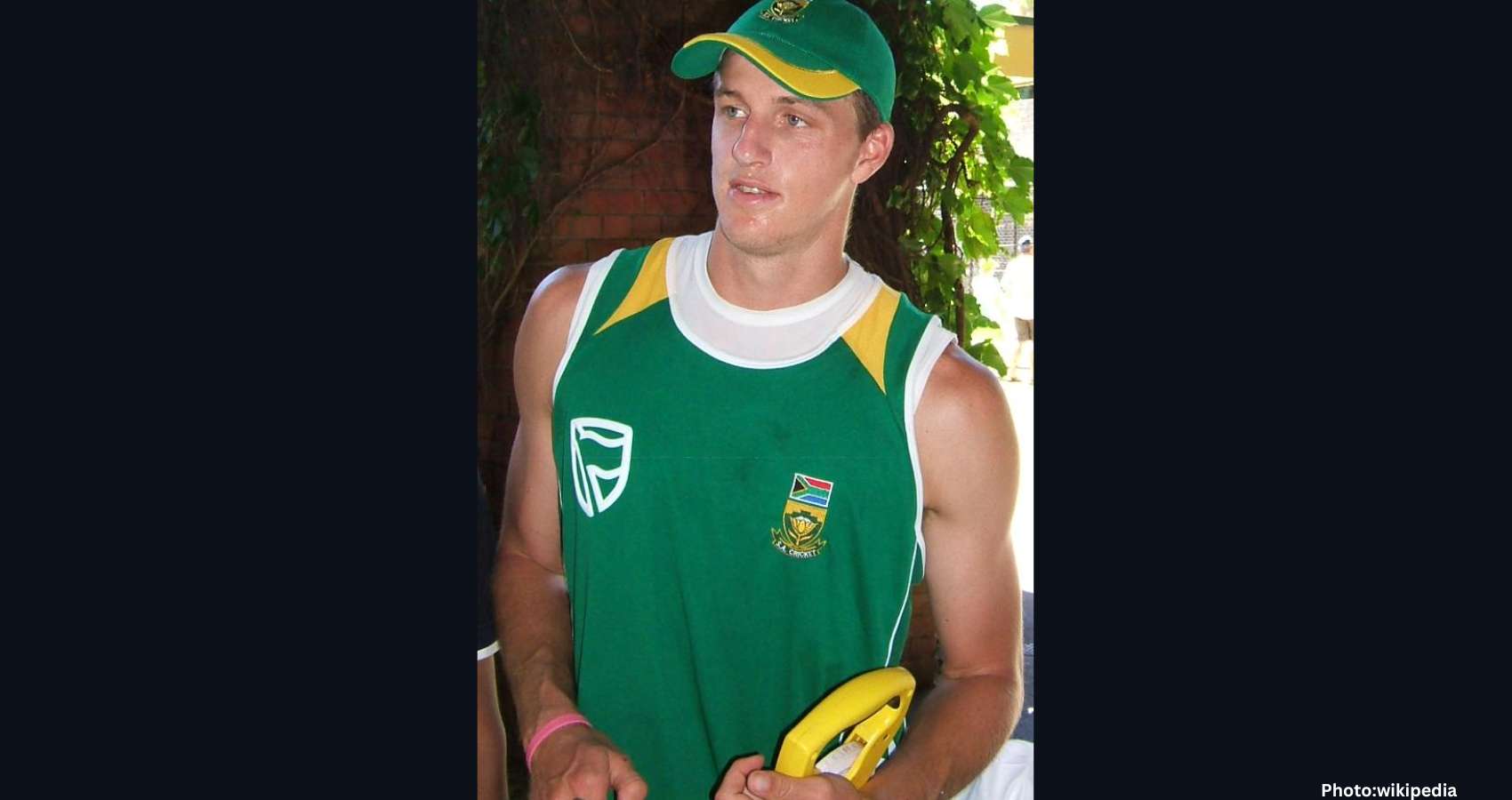
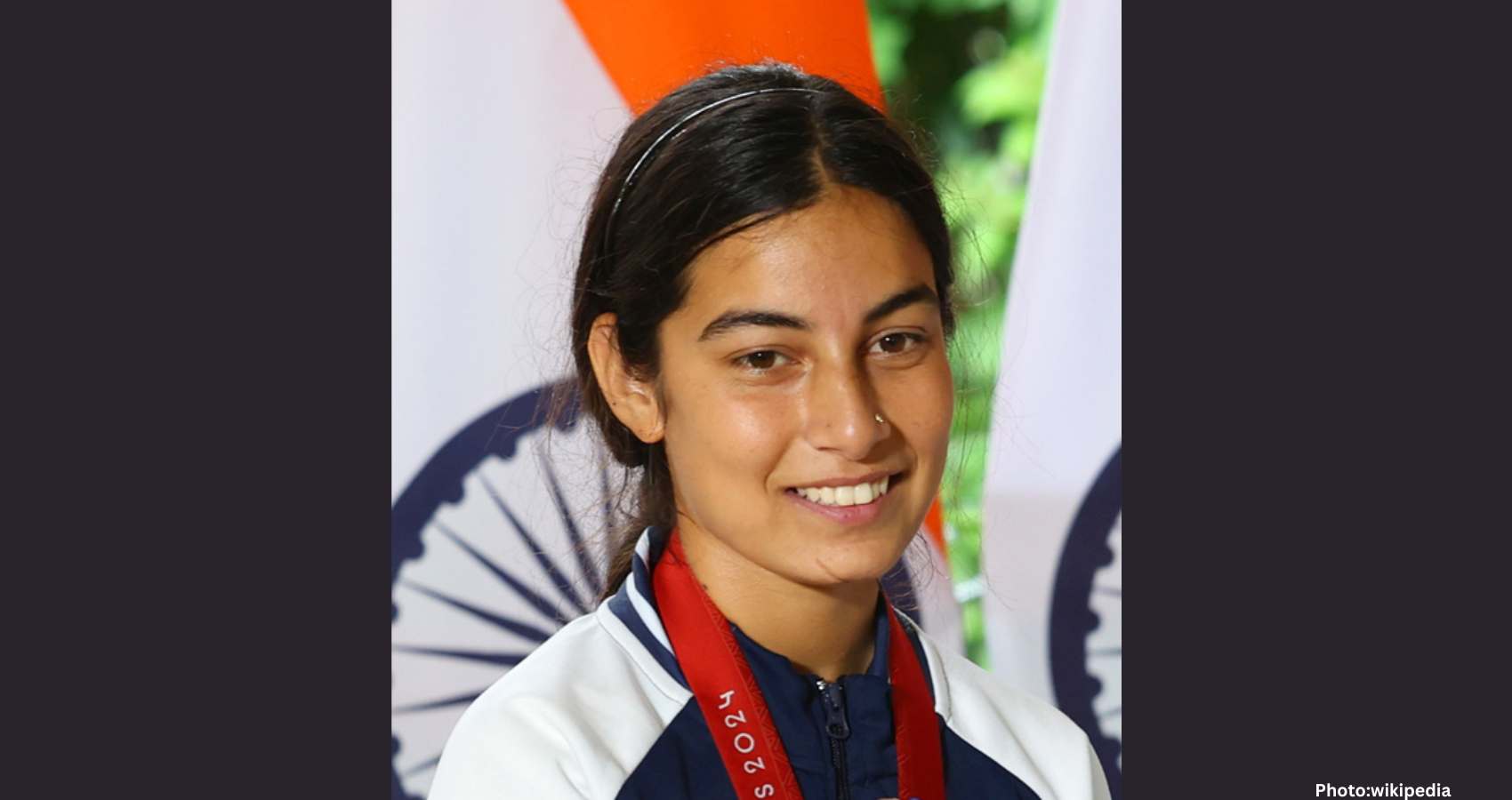
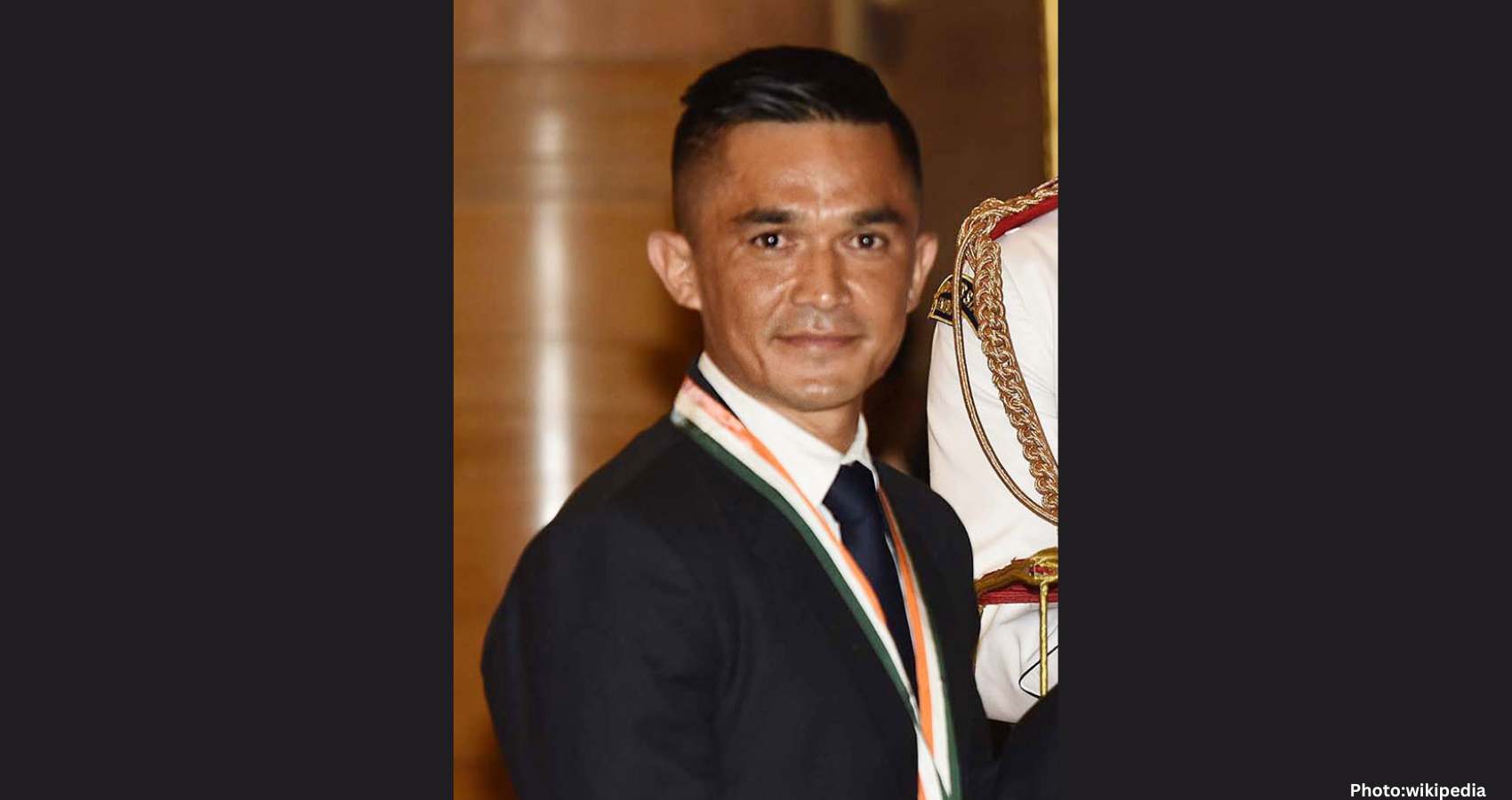
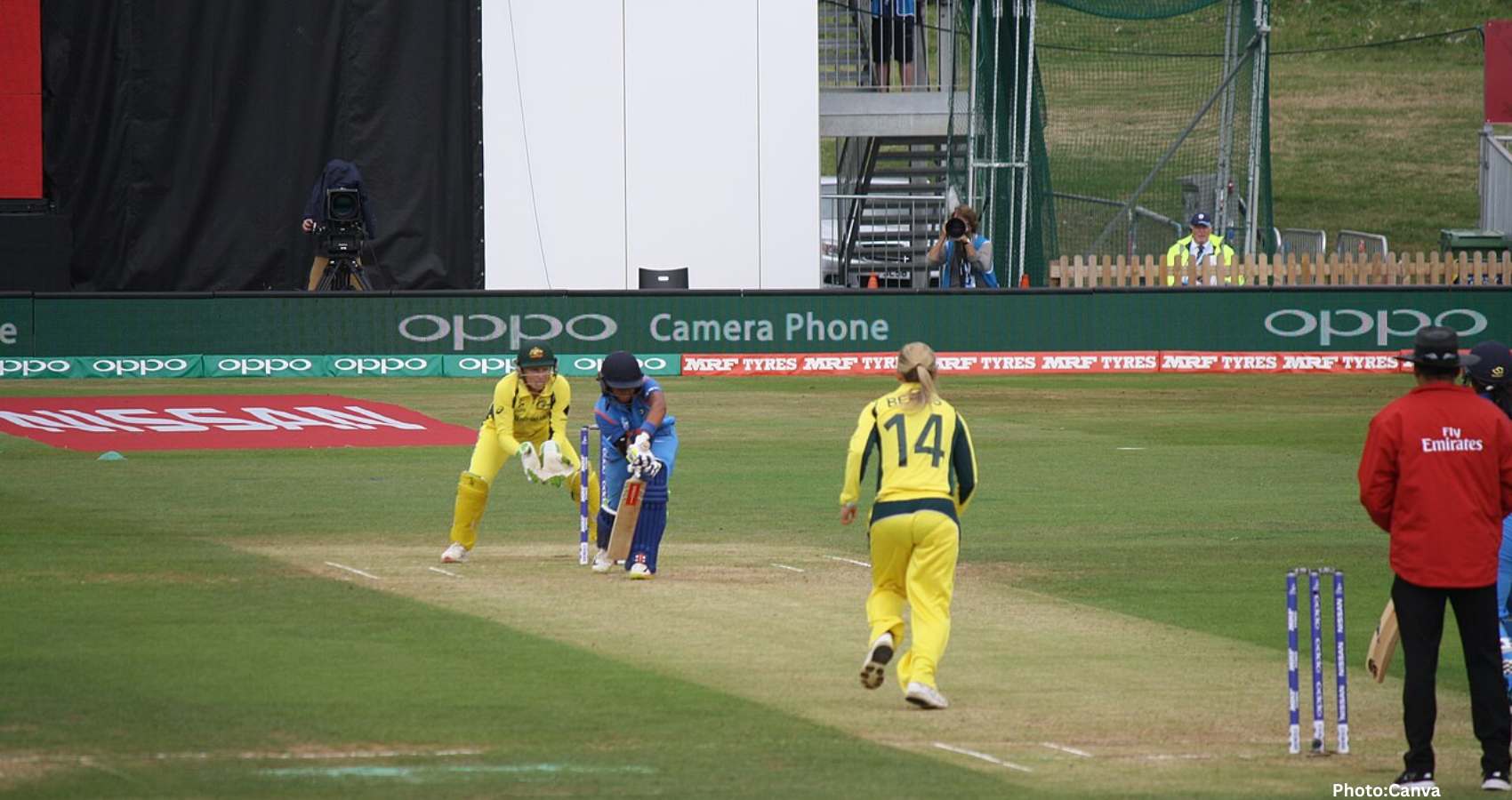
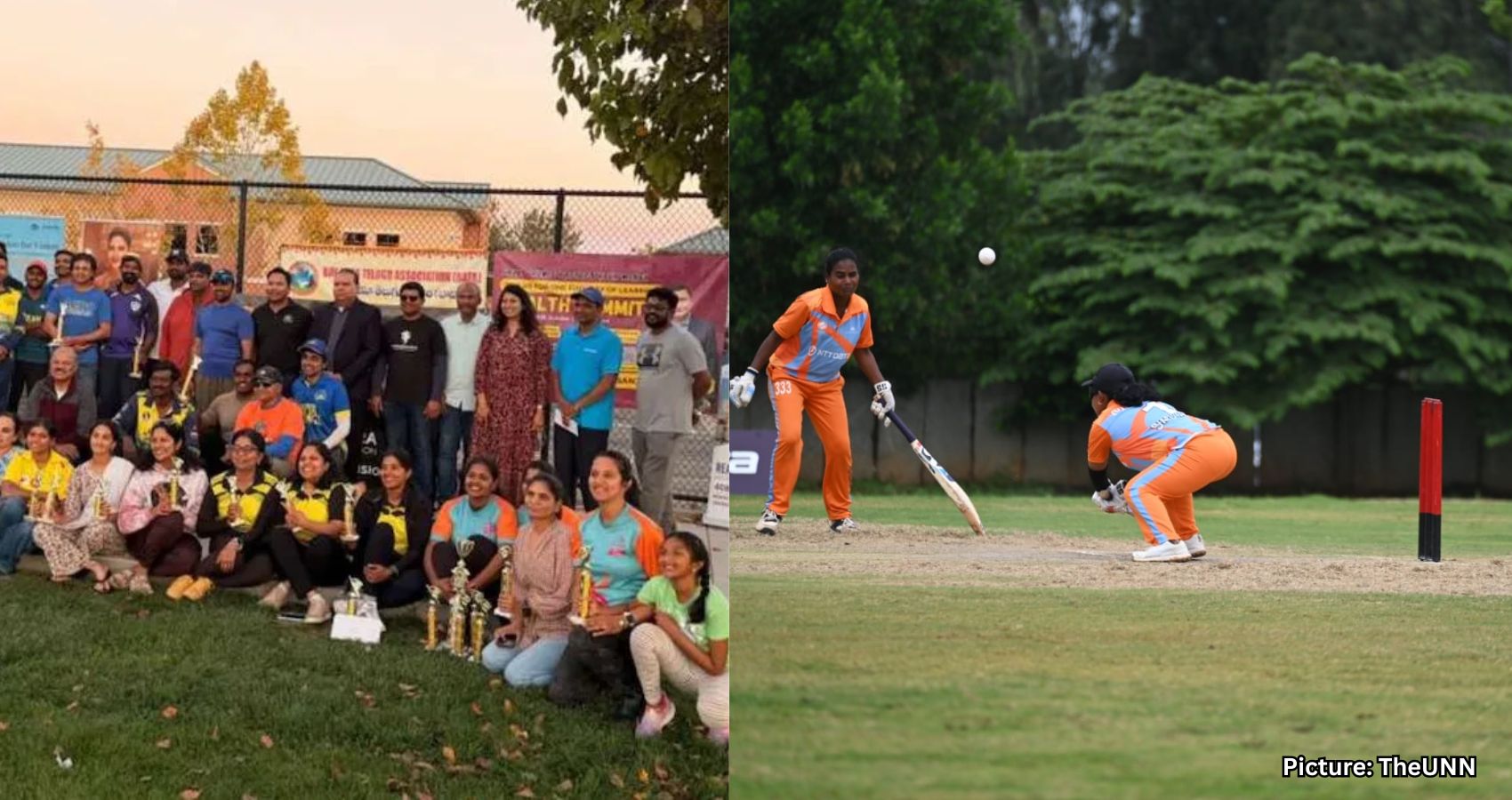
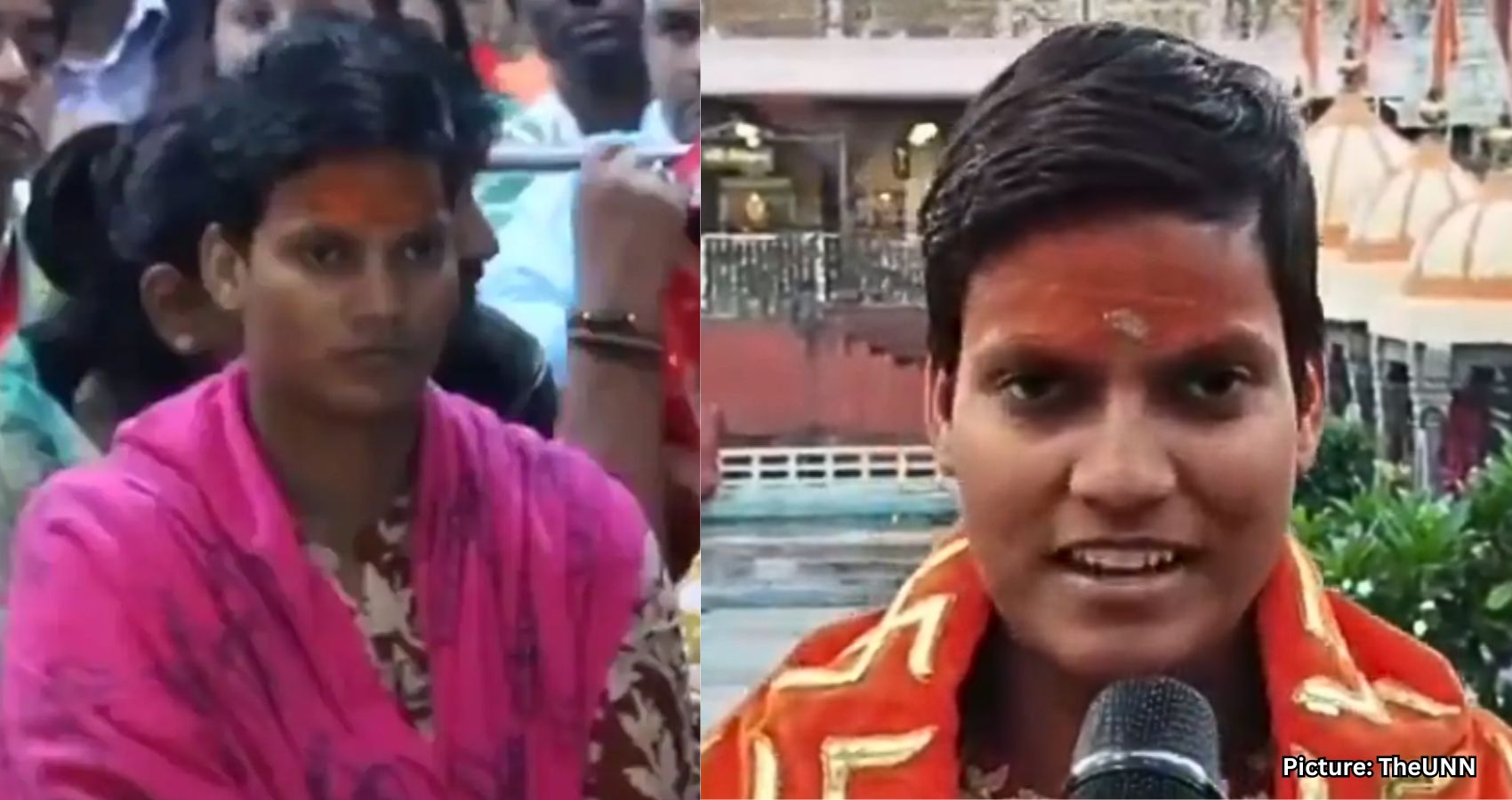
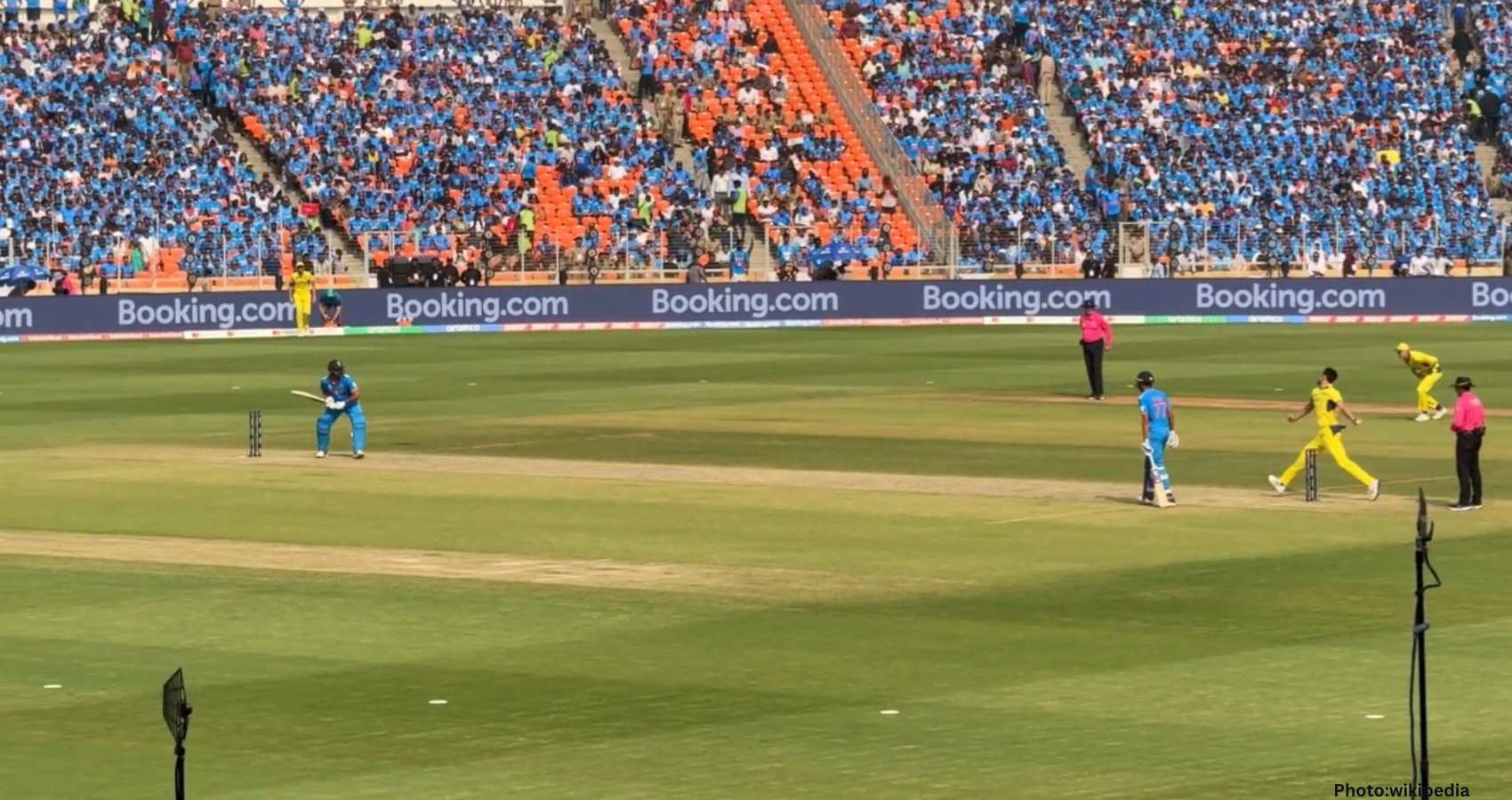
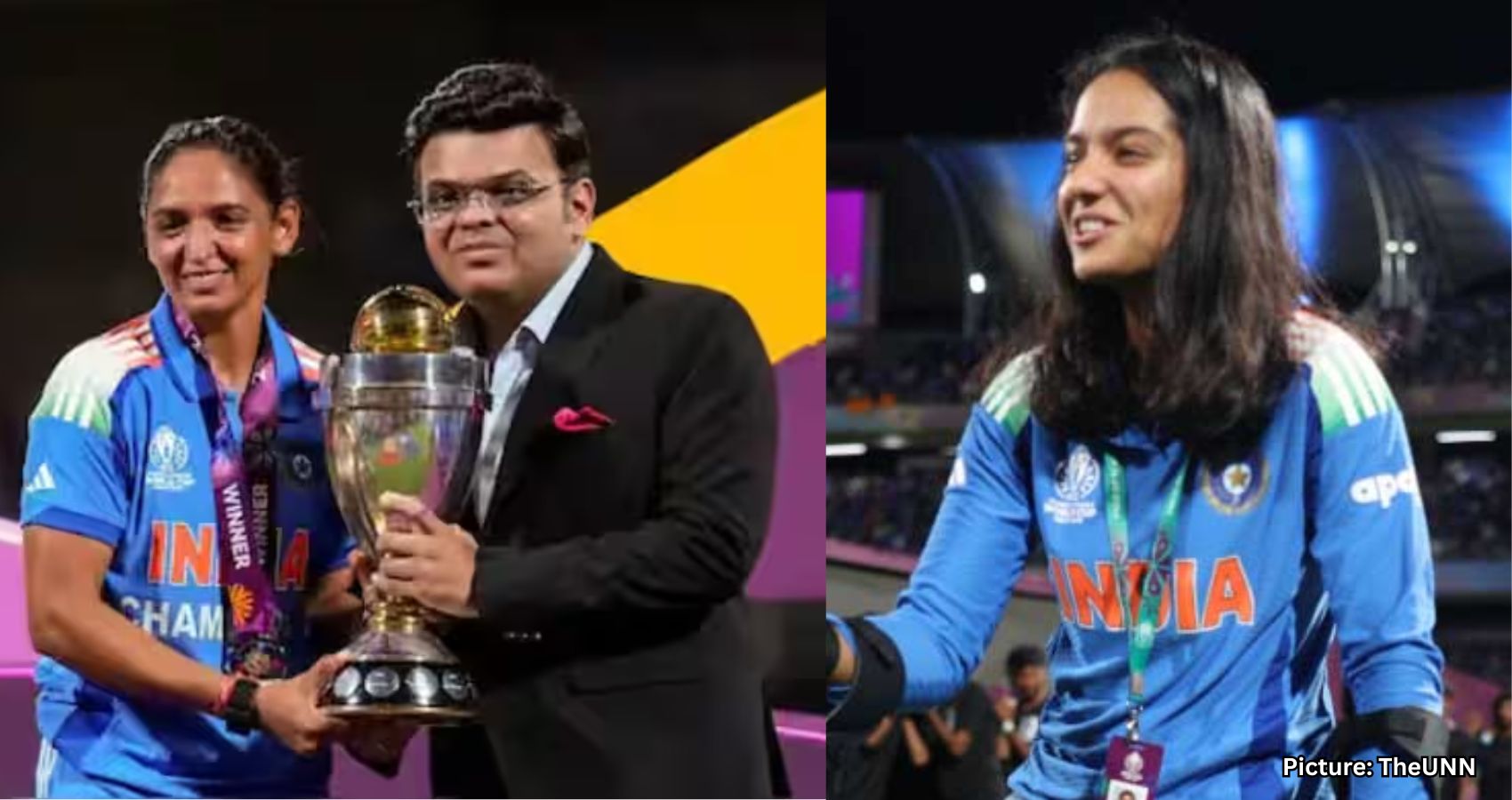


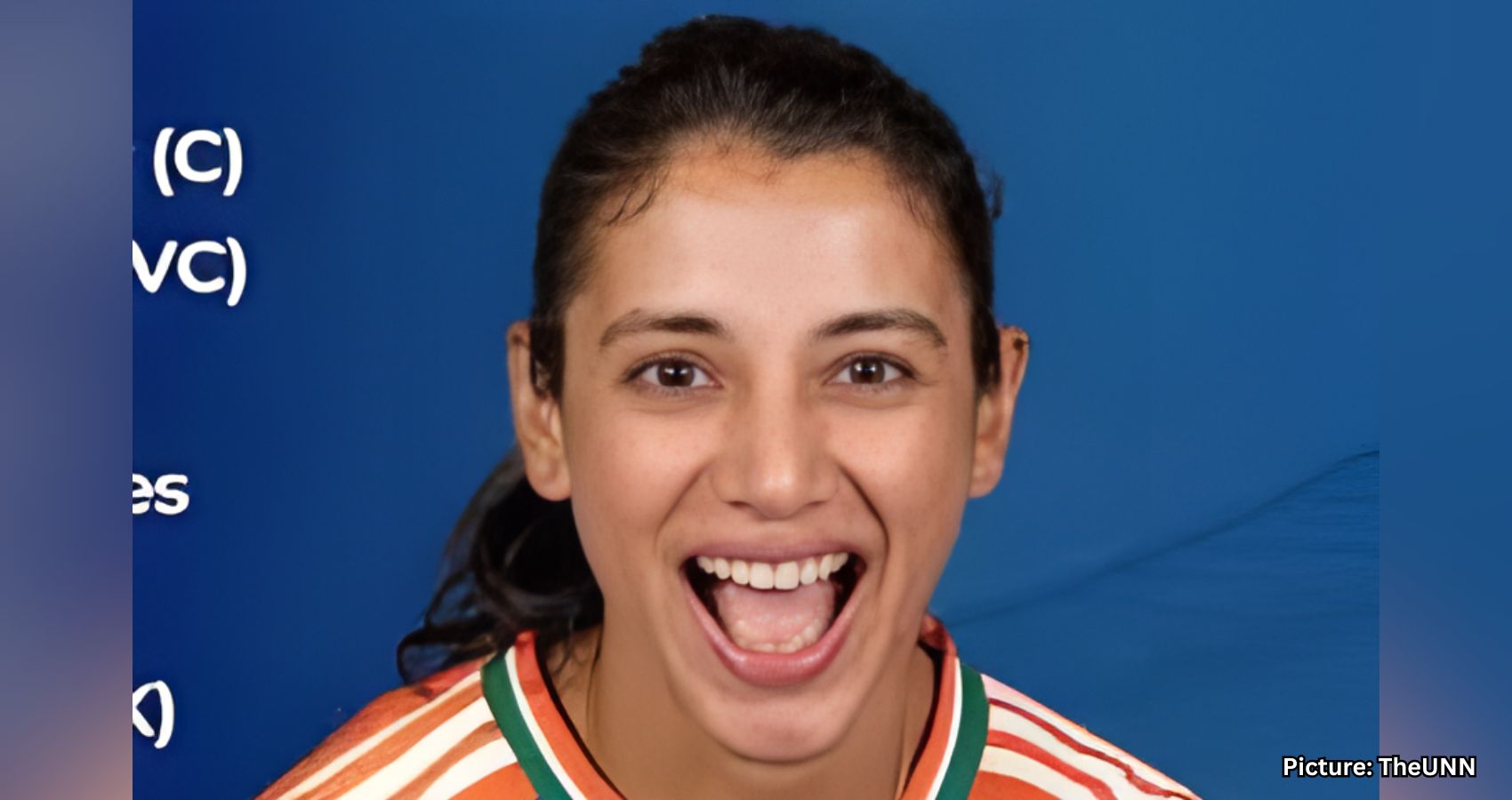
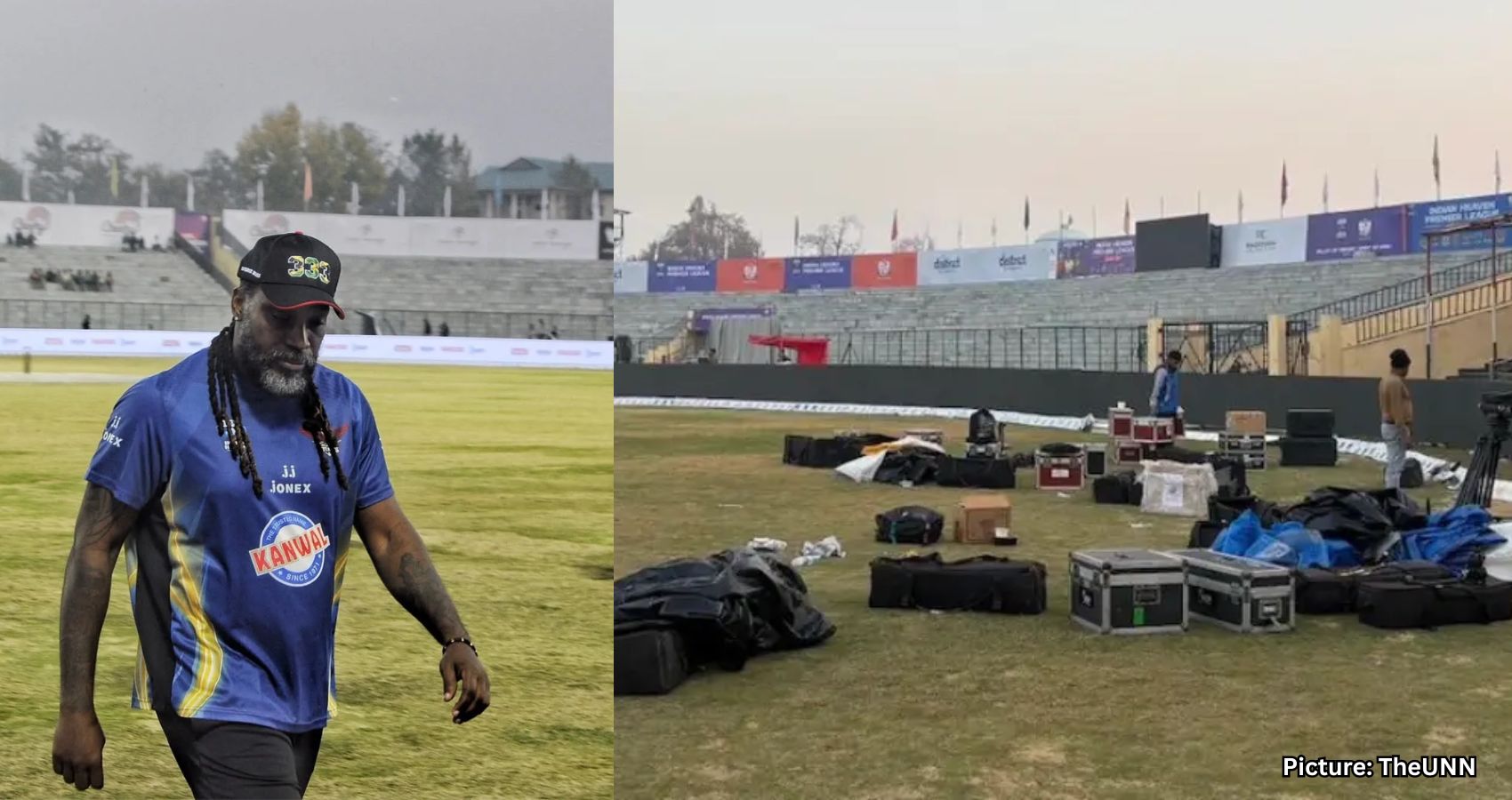
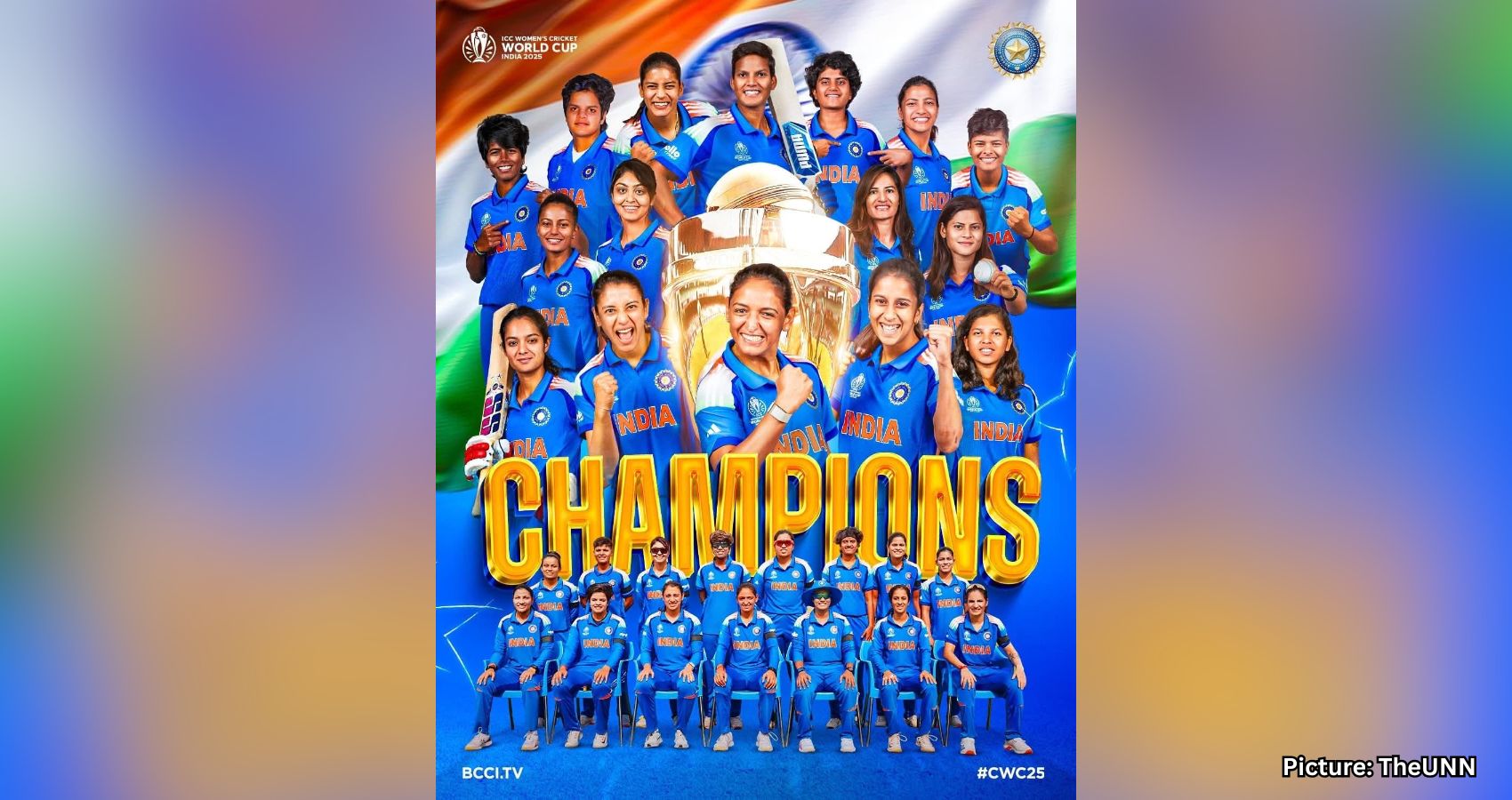
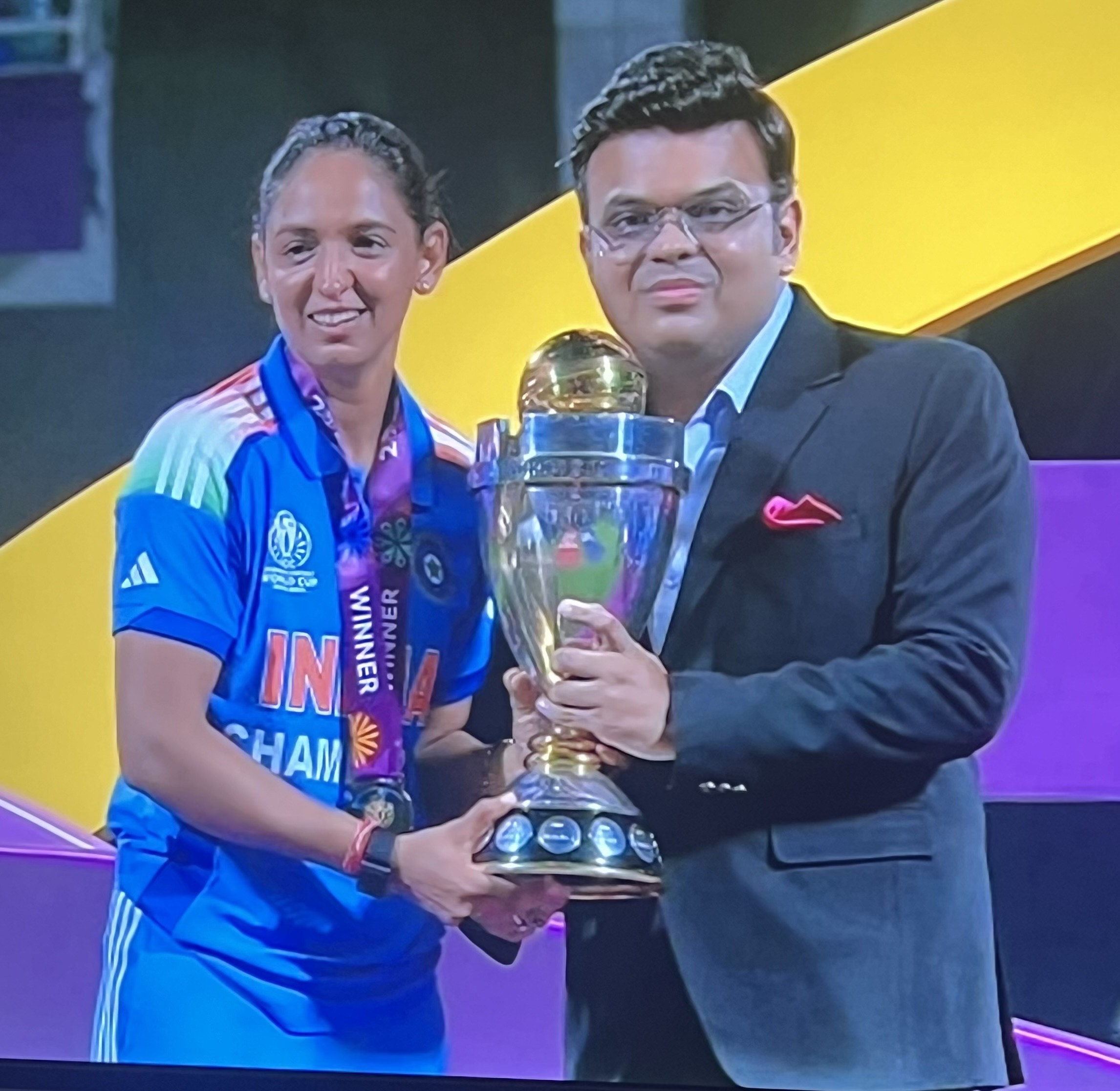 defeated South Africa’s women’s team by 52 runs in the final of the ICC Women’s World Cup 2025 to win their first world title. India, batting first, posted a score of 298/7, with notable contributions from Shafali Verma (87) and Deepti Sharma (58). In response, South Africa could only manage 246 runs.
defeated South Africa’s women’s team by 52 runs in the final of the ICC Women’s World Cup 2025 to win their first world title. India, batting first, posted a score of 298/7, with notable contributions from Shafali Verma (87) and Deepti Sharma (58). In response, South Africa could only manage 246 runs.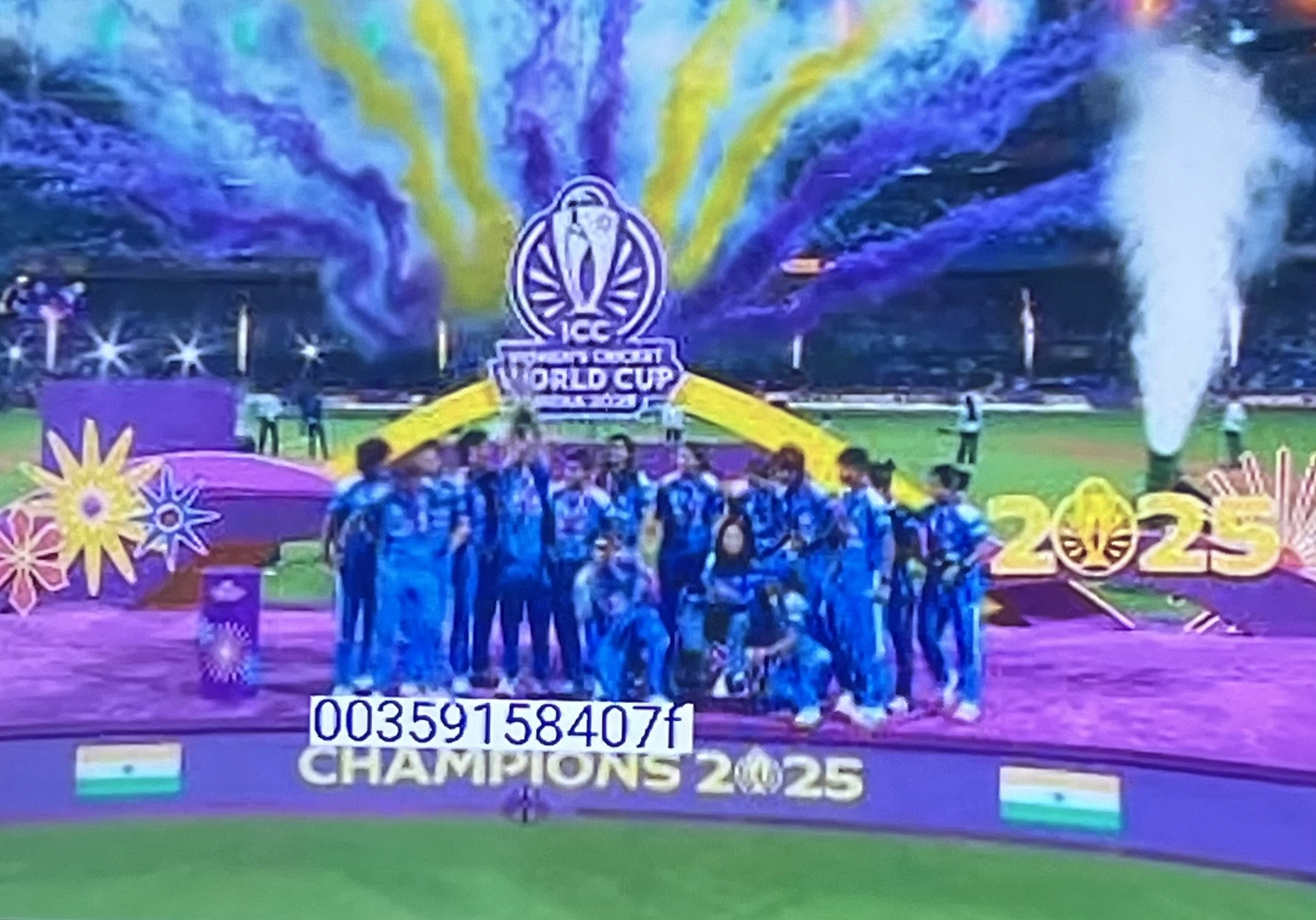 world title. India, batting first, posted a score of 298/7, with notable contributions from Shafali Verma (87) and Deepti Sharma (58). In response, South Africa could only manage 246 runs.
world title. India, batting first, posted a score of 298/7, with notable contributions from Shafali Verma (87) and Deepti Sharma (58). In response, South Africa could only manage 246 runs.
